THE COMMUNICATOR MAGAZINE
CHS students and staff reflect on ways they have healed, what they are healing from and where they are in that journey.
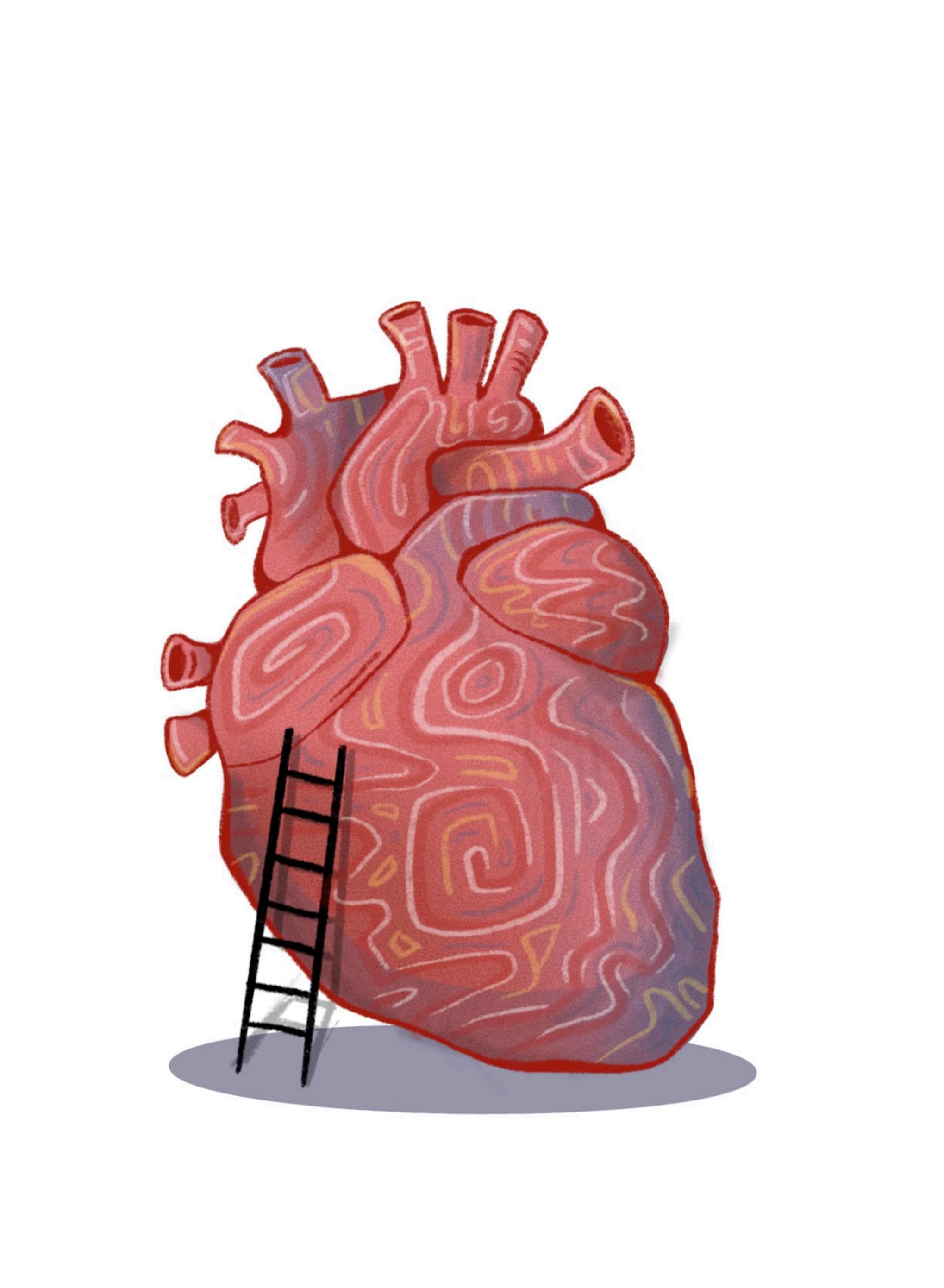
Page 18
VOL. 50, EDITION 1 | NOV. 2022

About The Cover
We have begun the year with something new: The Communicator’s very own art team. Our artistic directors were integral to this edition, which can be seen in the beautiful art throughout. The heart is also a central theme of this edition, both literally and figuratively. We have incorporated the heart throughout the magazine, but in each image, it looks a bit brighter. We believe this is a wonderful way to represent healing and the heart — growing bigger and brighter every day.
3
Dear Readers,


As journalists, we have realized that healing from the past three years has been a constant process. This got us thinking: what is healing? What are those around us healing from? And how can we truly understand it? This edition is interpersonal in that it covers different experiences and situations that surround CHS, and humans in general. We focus on coverage that means something to our peers and to ourselves. We tell the stories that call to be told, whether that is a journalist’s experience of intergenerational trauma or a profile on the newest art teacher at CHS. We recognize that those who surround us are going through their own unique experiences that deserve to be out in the world.
Our cover story chronicles the healing journeys of fourteen students and staff at CHS, from healing from the death of a parent to accepting a dairy allergy. These stories have informed our own process of healing and helped us to reconnect with our peers and our school — a connection we lost during the eighteen months of online learning.
We are all recovering from our own experiences and traumas. We are all coping with a multitude of situations, most of which cannot be seen from the outside. Above all, we are healing from what feels like the loss of our school’s spirit and soul. Over the past years, we have lost staff members and traditions, and sometimes what feels like the true CHS.
This edition, our first of the 2022-2023 school year, is dedicated to our refusal of losing the truth of our school. We refuse to let go without a fight, and we refuse to ignore the students and staff that form the heart of CHS. We are healing from a multitude of injuries, and we are on our way to a full recovery. Thank you for supporting us and for supporting CHS.
Your editors,
PRINT EDITORS-IN-CHIEF
ELLIOT BRAMSON
ISABELLA JACOB
RIA LOWENSCHUSS
SERENA O’BRIEN
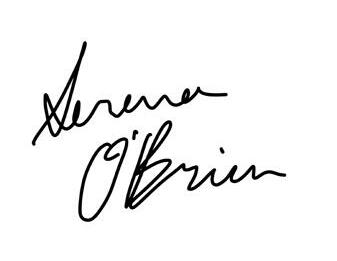
ELLA ROSEWARNE
WEB EDITORS-IN-CHIEF
ADDI HINESMAN
RITA IONIDES
ANJALI KAKARLA
SCARLETT LONDON
SOCIAL MEDIA EDITORS-IN-CHIEF
SAM CAO
ARISTA LUONG
MORGAN MCCLEASE
ART DIRECTORS
ROSIE MELLOR
IVY PROCHASKA
RYAN THOMAS-PALMER
BEE WHALEN
SECTION EDITORS
RAFFI AVEDISSIAN
ABBI BACHMAN
CHARLIE BEESON
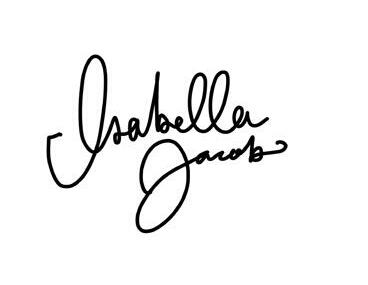
LUCY CASSELL-KELLEY
MATTHEW CASTILHO
HENRY CONNOR
KEVIN DUTTON
SAM GIBB-RANDALL
KURT HAUSMAN
AILISH KILBRIDE
EVAN OCHOA
LEWIS PERRY
SANA SCHADEN
RUTH SHIKANOV
CLAIRE STEIGELMAN
JADYN TAYLOR
STAFF
MARISA ANDONI-SAVAS
CODY BENJAMINS-CAREY

EMMY CHUNG
LYDIA COCCIOLONE
LYDIA DEBORD
LEILA DURRIE
LILY EGGLESTON
NAVI FIELDS
ELLIE FIFE
CLARA FREETH
ELLA GLASS
RYAN GRANT
AIDAN HSIA
VEDHA KAKARLA
BRIDGETTE KELLY
FINA KUTCHER
MAX LAWTON
SAM LEVIN
CLAIRE LEWIS
LAUREN MACNEIL
ISABELLA MALDONADO
SOFI MARANDA
REAGAN MASEK
EDDIE MOBILIO BRECK
LUCIA PAGE SANDER
PHOEBE PARMER
KAELA REDDING
HANNAH RUBENSTEIN
GRIFFIN SIERSMA
IZZY SLUYMERS-TUCCINARDI
MAHIR SOOFI
BELLA STEVENS
ARI TAYLOR
NINA TINNEY
MALIA WEBER
The Communicator Policy
The Communicator is a open forum for student expression created by Community High School students. The Communicator does not represent the views of Ann Arbor Public Schools. The Communicator staff seeks to recognize the individuals, events and ideas relevant to readers. The Communicator is committed to fair reporting, providing a platform for student voices and equitable coverage.
For our complete Guidelines & Policy, please go to www.chscommunicator.com
4
Elliot Bramson Isabella Jacob
Ria Lowenschuss
Serena O’Brien Ella Rosewarne
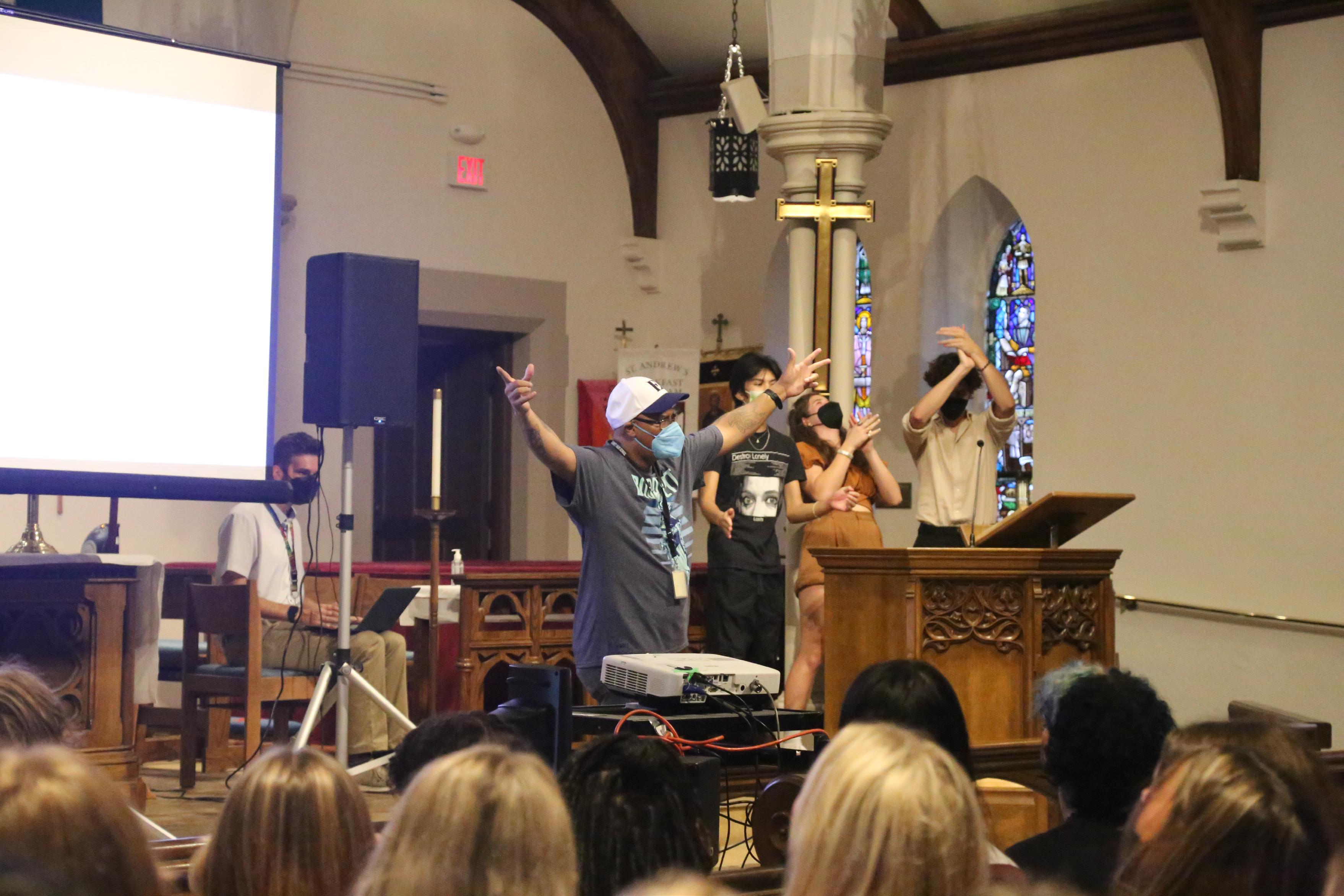
5 www.chscommunicator.com Constants Podcasts Opinions Features Breaking News THE COMMUNICATOR
The Ride to School
CHS has a unique transportation system that requires many students to take public transportation to school. How does this affect students?
By Cody Benjamins-Carey
Healing Features
Our entire edition is themed on healing, and centers around these fourteen features of people at CHS. We hope this reminds you that everyone has their own story.
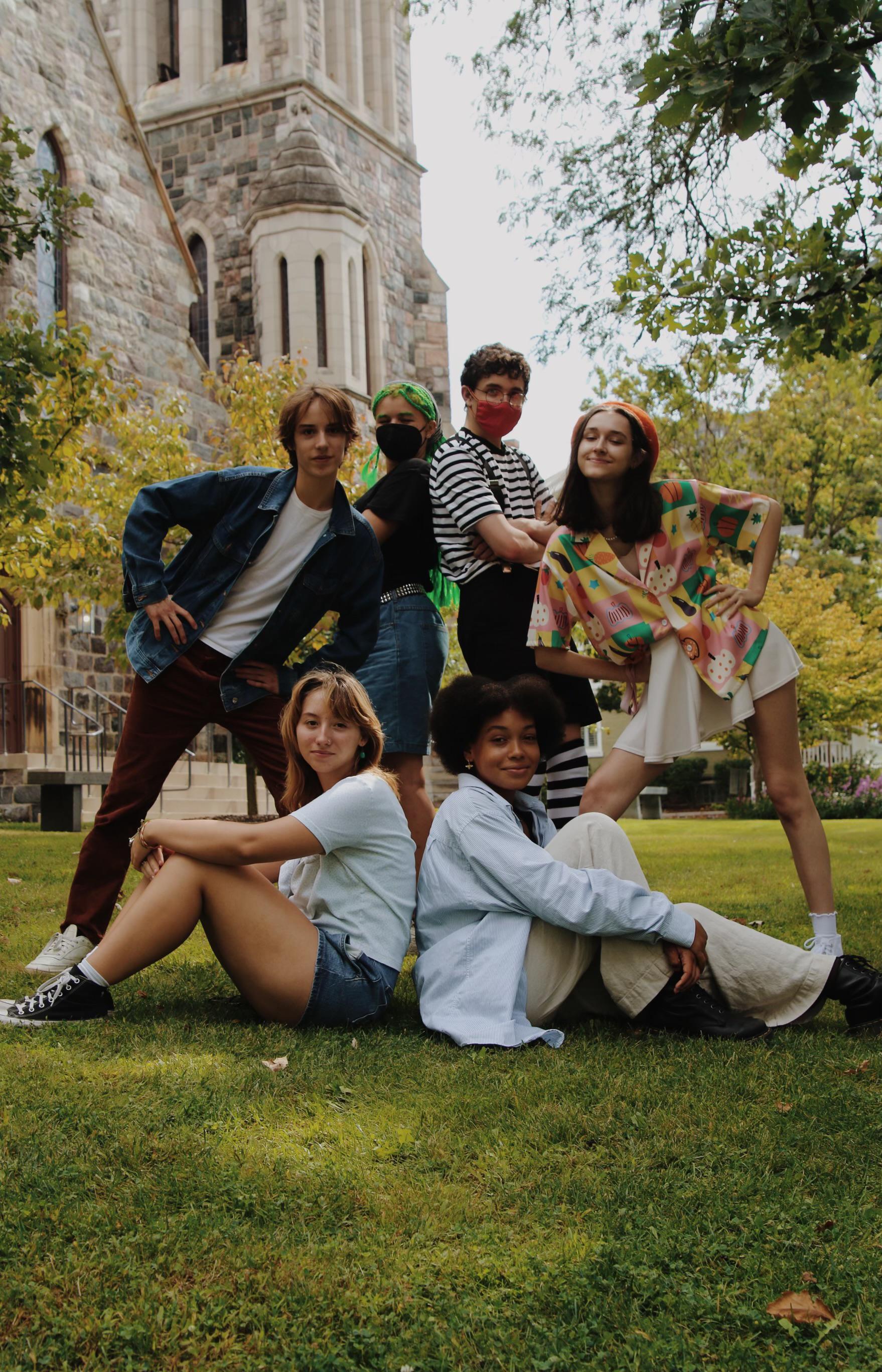
17
Focusing On The Journey
Pioneer Women’s field hockey season kicks off with setting goals for the team.
By Bridgette Kelley
6 VOLUME 50, EDITION 1 | NOVEMBER 2022
18
Story Package News
9
Photography by Morgan McClease and Addi Bachman Art by Bee Whalen
Resources in a Time of Desperation
The pandemic has caused a surge in mental health issues for teenagers. What resources are accessible?
By Clara Freeth, Claire Lewis and Lucia Page Sanders
Arts & Entertainment Opinion
60
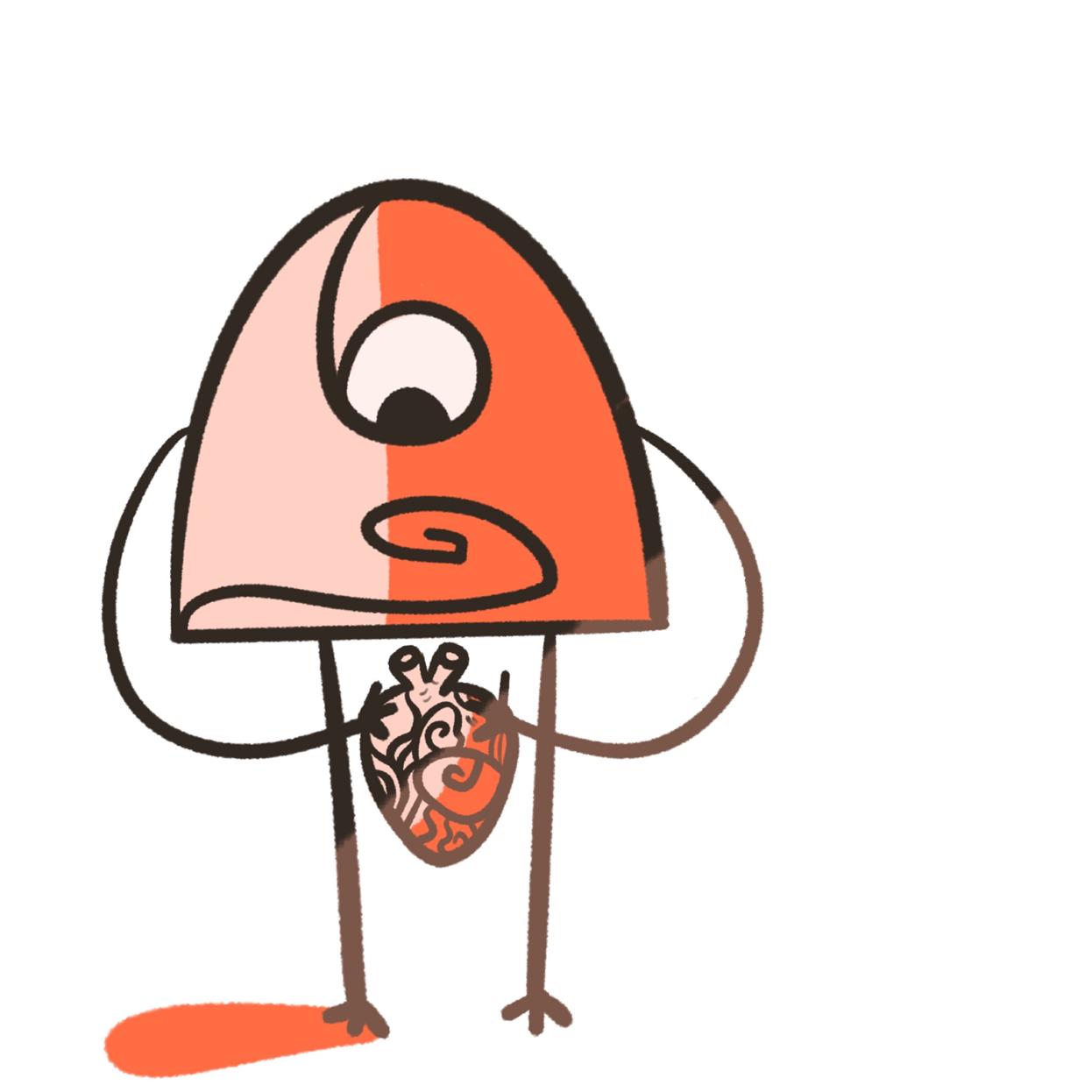 Horror on Four Wheels
Horror on Four Wheels
An avid biker, journalist Charlie Beeson explores our country’s dependency on cars and the fear they hold for bikers.
By Charlie Beeson
Italy and the Eternal City 50
In the first international trip since the pandemic, Steve Coron takes his class to Italy as a farewell.
By Serena O’Brien
Crabtree
CHS has a new art teacher who is thrilled to be settling into the school.
By Rita Ionides
Chronic Illness Isn’t (a) Uniform
Where does the healing journey fit in to the diagnosis of a chronic illness?
By Lucy Cassell-Kelley and Arista Luong
Intergenerational
Notebook: “The Rehearsal”
An episode-by-episode review of a hit new show.
By Henry Connor
64
Healing Through Art
Trauma
Two journalists explore how their pasts connect to themselves through the idea of intergenerational trauma.
By Raffi Avedissian and Ria Lowenschuss
How can art influence the healing process?
By Fina Kutcher and Sofi Maranda
7 THE COMMUNICATOR Features 32
48
38
Meet Hannah
40
34
TABLE OF CONTENTS
A New Beginning for Kelly Maveal
Kelly Maveal is excited to step into her new role at CHS and can’t wait to help guide students through high school.
By Kevin Dutton
As Kelly Maveal walked down the aisle of St. Andrew’s Church to the roaring claps and cheers of CHS students, she knew she had found the right school.
Maveal was astounded by the special atmosphere and student leadership on Aug. 29, 2022, during the CHS opening ceremony.
“I was just standing in the back and my jaw dropped under my mask,” Maveal said. “It’s hard to explain, but [CHS] just really felt like home on the first day.”
Maveal grew up in Chelsea, Michigan and was an elementary school teacher in Milwaukee, Wisconsin for the first three years of her career. As much as Maveal enjoyed
her time teaching, she quickly learned it wasn’t exactly what she wanted to do.
“Having 30 [students] in one room to teach seven different subjects to was overwhelming for me,” Maveal said. “[Teaching] was not the kind of support I truly wanted to give for families and students.”
Maveal’s own mental health journey as a teenager also guided her towards a career in counseling.
“I was an insecure adolescent girl growing up in the 90’s,” Maveal said. “That came with body insecurities, confidence insecurities and anxieties.”
After teaching, Maveal moved back to Michigan to pursue a masters degree in counseling. She worked as a
counselor at Ann Arbor Open for five years, then applied to work at CHS last summer.
As a counselor, Maveal aspires to support students who may not feel comfortable in their own skin. She wants students to know that the path to self-acceptance doesn’t have to be an isolating internal battle and should be embraced.
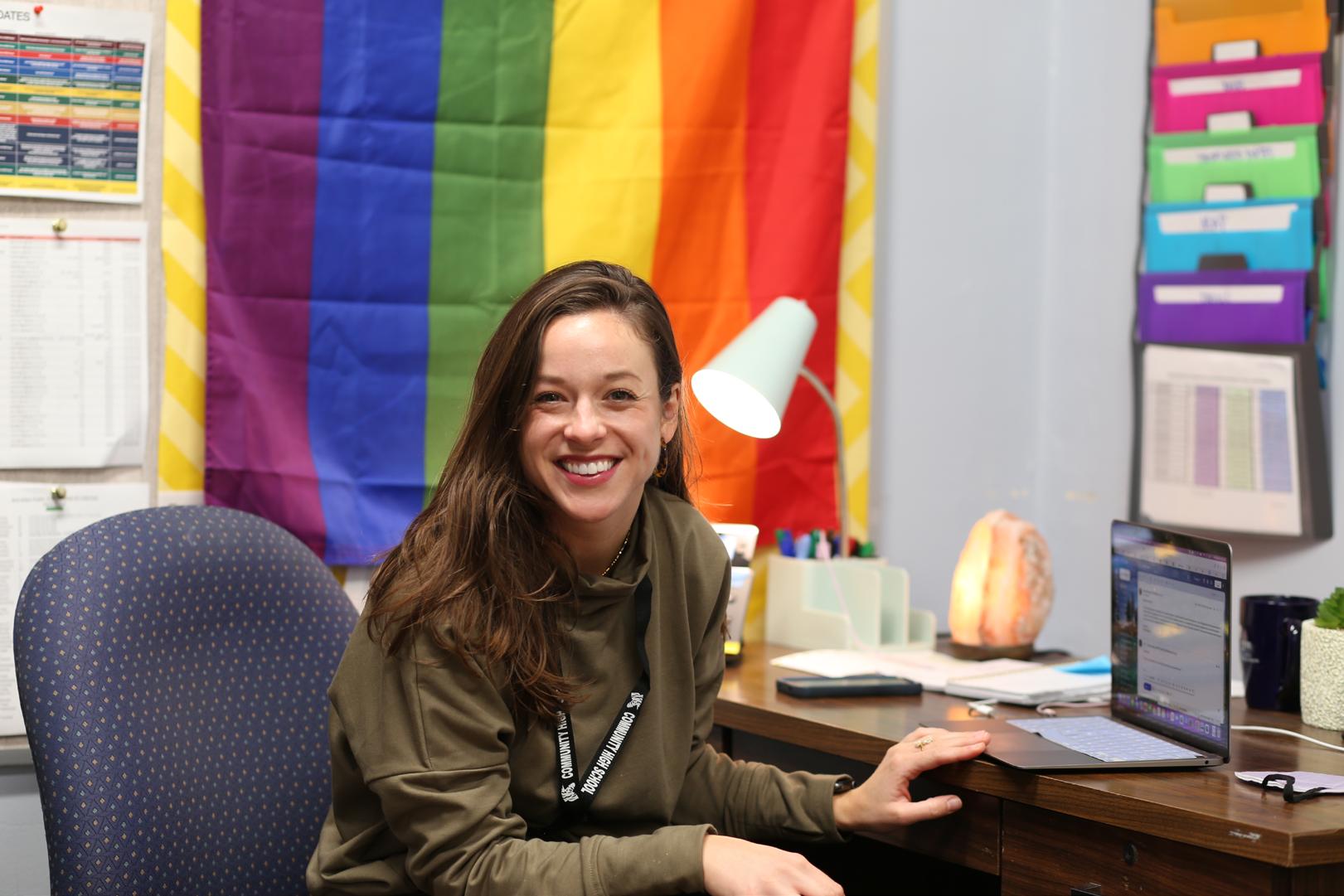
Maveal believes that utilizing mental health strategies for our youth is more important today than ever before. Communicating with supportive adults and friends was a pivotal step in her healing process, and she feels it is her duty to provide that same guidance.
“The premise of education is to empower students with knowledge, find purpose and create spaces for dialogue and critical thinking,” Maveal said. “None of this can happen without social and emotional stability.”
Maveal is excited to adjust to her new job position and lifestyle. When she is not working hard to support CHS students mentally and academically, she can be found training with Ryan Silvester and Courtney Kiley for their half marathon or playing kickball with her club team.
“I’m enamored by the philosophy of this school and the student led social justice,” Maveal said. “I’m so thrilled to be at Community; it is truly a dream in my career to be working here.”
8
NEWS
Photography by Ella Rosewarne Kelly Maveal sits at her desk in the counselors office. She is happy in her new space at CHS and is looking forward to her first year. “I’m so thrilled to be at Community,” Maveal said.
The Ride to School
Taking the bus can be time consuming, but that will be changing in 2024 after the recently passed bus millage is in effect.
By Cody Benjamins-Carey
Many students at Community rely on mass transit to get to and from school, whether that be in the form of Ann Arbor Area Transport Authority (AAATA)’s TheRide or through the school’s bus system. Buses can offer students an alternative from driving, which is the primary way most students commute.
Christopher Van Lent, a senior here at Community, takes TheRide to school and the school buses back home. One of the reasons he chooses to ride the bus is to avoid the headache of finding a parking space in the Community parking lot.
“I wouldn’t call it enjoyable, but I do think it can be relaxing to not have to drive,” Van Lent said. “It can be less stressful to not have to try to find parking.”
AAATA has two main hubs: Blake Transit Center in downtown Ann Arbor and the other centrally located in Ypsilanti. An extensive network of bus routes extend throughout the cities as well as between them.
Blake Transit Center sits just a short walk from Community, making getting to and from school simple.
To take TheRide students have to pay a fare of 75 cents. To help students, the school provides bus passes that allow them to ride for free. Joann Constantinides works in the main office at Community, and is one of the people in charge of distributing the
passes.
“It’s actually pretty straightforward [to get a pass]” Contantinides said, “you can come in and ask for one, and it’s really nice if you’re polite.”
Over 100 students have taken advantage of the free bus passes. There are limitations to the
passes though, they can only be used during the school week.
However, the AAATA network does not extend to all of Washtenaw County, meaning that students who live out of the reach of TheRide have to drive or take a school bus. To take one of the school buses to Community, students must first ride to their home high school before transferring to a second bus that takes them to Community. This procedure adds time to students’ commute and can be a hassle. Hopefully, in the future more students will be able to take TheRide. On Aug. 4, voters in Ann Arbor and Ypsilanti approved AAATA’s millage re-
quest by a wide margin, with 61 percent of citizens in favor. The millage will increase funding by 340 percent, allowing AAATA to improve its service. This will include an increase in frequency, extended service hours into the night for both weekdays and weekends and zero-emission buses.
“Only waiting 10 minutes [for a bus] would be much nicer,” Van Lent said. “I think [the changes] would be very helpful.” Unfortunately, none of these changes will be implemented until 2024. But the effects of an updated bus system will improve the lives all students who travel on the bus.
DEI Newsletter
Sept. 15 through Oct. 15 of each year is recognized nationally as Hispanic or Latino Heritage Month. In 1968, President Johnson first recognized Hispanic Heritage Week, and then, in 1988, this was expanded to become a full month intended to honor and recognize the important contributions of Americans who have heritage from Puerto Rico, Central and South
America, or other Spanish-influenced cultures.
This month starts during the middle of September to align more closely with the independence movements of Costa Rica, El Salvador, Guatemala, Honduras, and Nicaragua on Sept 15, 1821.
CHS recognizes and celebrates Latino Heritage Month as our first of many celebrations to come. We specifically use the term “Latino” as opposed to “Hispanic” because we find it to be more
inclusive of all people who connect their heritage to these groups. To some people “Hispanic” gives more significance to the Spanish colonizers than they would like and signals a requirement to speak Spanish. “Latinx” or “Latine” is becoming an increasing used term to recognize diversity of gender identities in the LGBT+ community who are also Latino.
One club that is especially important to highlight during Latino
Heritage Month is Latinos Unidos. This group is open to everyone and emphasizes sharing and learning about the great diversity of Latino cultures from around the world. They aim to educate members and others about Latino culture, spread awareness, and provide more representation in the community. Find Laurel (teacher) or Najeh (senior) to learn more about the club!
- Joslyn Hunscher-Young
9
Joslyn Hunscher-Young, CHS social studies teacher, writes a monthly Diversity, Equity and Inclusion (DEI) newsletter. Above is a bulletin board post about Hispanic or Latino Heritage Month with a brief history and explanation of it and a brief description of CHS’s Latinos Unidos club.
NEWS THE COMMUNICATOR
Counselor’s Corner
heard. They want students to feel like they can walk in these doors and not feel like they need to pretend and not feel judged for the struggles that they’re having.
Fo-Co Column
By Matthew Castilho
During Covid-19, CHS lost a major aspect of humanity: In-person interaction.
CHS counseling office professional Remi Harrington explained that during the pandemic, we experienced both solitude and isolation. While isolation has aspects of loneliness and rejection, which feel pervasive and painful, solitude brings aspects of introspection.
Brian Williams, CHS counselor, says that Covid-19 separated us from one another and took away a lot of the experiences and skills that we would normally build being in-person. These experiences and interactions define our traditions.
“Especially as we’re coming out of the pandemic, all of us are socially awkward or trying to figure out what [a community]means.” Brian William said.
Throughout the year, the counseling office has seen students struggling to interact with teachers and students.
“As a human species, we’re rusty on some skills — skills for tolerating discomfort, skills for feeling uncomfortable and [still] putting ourselves in [those] situations,” said Kelly Maveal, CHS counselor.
The counseling staff echoes the importance of self advocacy. They want the counseling office to be a place students can come to feel safe, seen and
Both Williams and Maveal have high expectations for changes this year. They hope students will become more active in their education by searching for and pursuing academic opportunities as well as cultivating relationships with teachers and professors. They also hope students will become more social members of our community, encouraging students to step out of their comfort zones in school.

“We need students to participate and [contribute] to what we want the culture to be and what we want our traditions to feel like,” Williams said. “Let your voice be heard, step up and be a leader here. Join the clubs, be active in the community, be active within the school and make this your experience.”
I, along with my co-president Matthew Castilho, entered this school year excited to continue the work we started this summer: this includes furthering the efforts to restore community culture, increasing access to the amazing Community Resource (CR) program and strengthening our middle school outreach efforts. We kicked off this school year’s forum council meeting with a series of elections for both familiar positions such as treasurer and secretary as well
as a new position, communications officer. After navigating the scheduling conflicts of our members, we ultimately decided on Thursdays after block six for our weekly meetings.
Our first priority as the year gets going is to identify our main initiatives moving forward and to split into smaller groups focused on said initiatives. These goals will be chosen from both the suggestions of Forum Council but also the input brought back from individual forums, so it is essential to communicate with your forum representatives if
something is important to you. While discussing our hopes for this year, Matthew and I both want to put an emphasis on consistency. In previous years forum council meetings have not always been a priority to members, but this year, in order to accomplish what we have set out, we are putting a strong emphasis on attendance this year. In the coming weeks, we will continue to expand our efforts to confront problems we face as a community. We look forward to hearing your input and sharing our plans!”
-Zoe Simmons
10
CHS counseling staff, Brian Williams, Kelly Maveal and Remi Harrington, share their hopes and expectations for this school year.
CHS
Photography by Patrick Lafferty
The Counseling office meets in front of CHS. The counseling department this year is counselors Brian Williams (right) and Kelly Maveal (left) and office professional Remi Harrington(center). “We need to put ourselves out there [and] we need to take risks with each other in a safe space because that is what makes our experiment called Community High School [work],” Williams said. “If we agree to this experiment and participate in these experiences, we as a school can heal.”
On Sept. 16, 2022, students gathered outside on the frown lawn during lunch to explore and sign up for a wide variety of CHS clubs. Thirty-one clubs set up tables to advertise their club, with one or two representatives at a table, helping prospective students learn about each club. While not
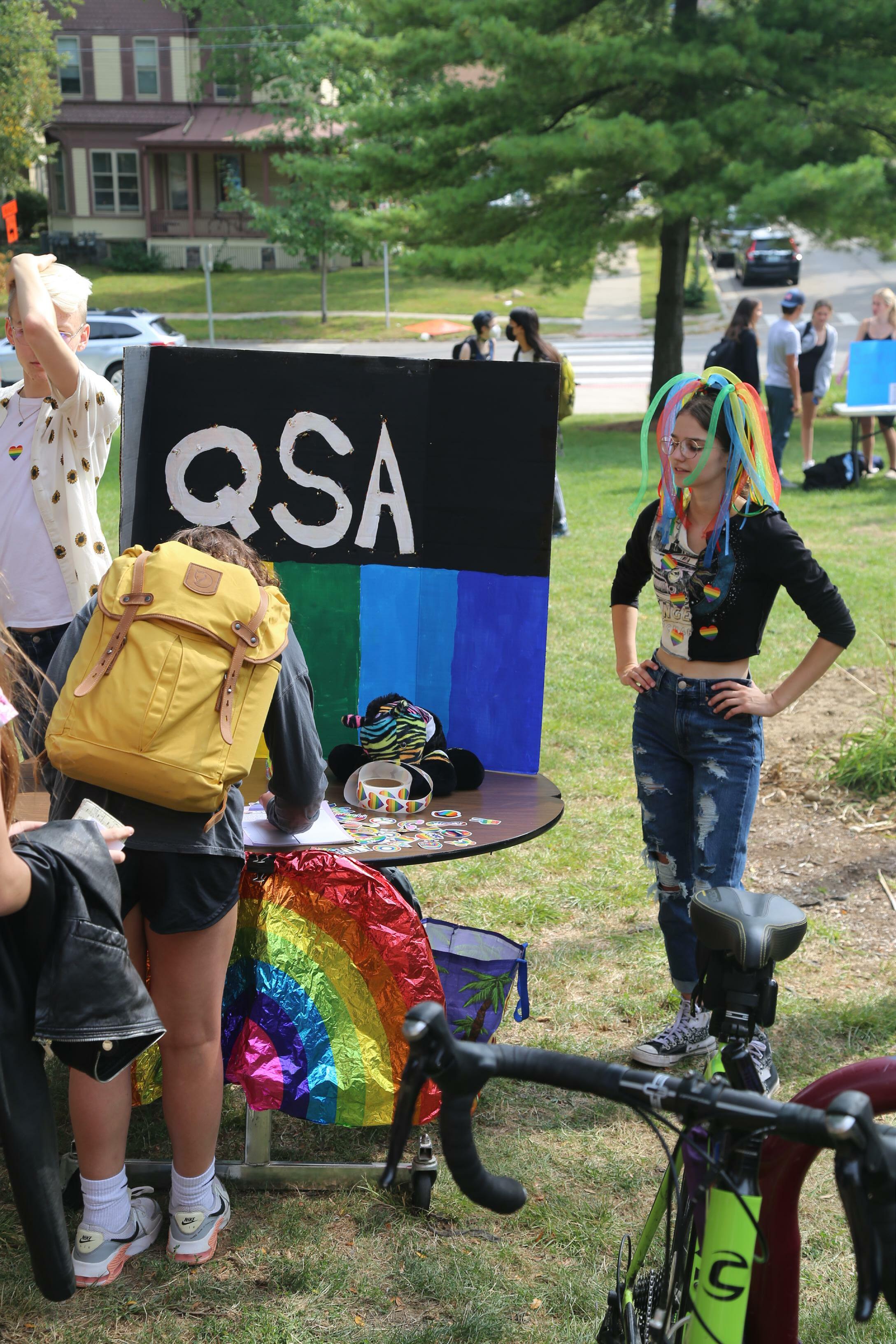
every club in CHS had set up a table, the fair allowed students to pursue their interests and look at a wide range of different extracurricular activities.
Evers Baskey, a CHS senior, was excited to see what new clubs would be presented this year.
“I like things about outer space and space exploration,” Baskey said. “I’ve always enjoyed rocket launches and hearing about different sci-fi stuff, so I think [Space Club] would be cool to go to.”
Michael Wei, a CHS senior, had been playing Chess since 1st grade and was glad to see that Chess club was available at the club fair.
“Chess is fun, but I’m not really into going to tournaments,” Michael Wei said. “Chess club is a chill place for me to play chess.”
At CHS, there are a multitude of clubs, ranging from personal interests to political activism. Some of these clubs are returning from previous years, while others have been created this year. Damian Richardson, a senior at CHS, created his own business club to connect with others who are interested in business.
“I wanted to start a business personally,” Richardson said. “The original intention [of my club] was to find people that want to talk about it, to better understand how to start a business. Now I think that would be an interesting opportunity for different people.”
While Club Fair is over, it isn’t too late for students to join clubs. Meeting times and locations can be found on the AAPS community website.
11 NEWS
THE COMMUNICATOR
Photography by Jonah Klein Nadya Matish, CHS senior, runs CHS’s Queer Straight Alliance (QSA) club and represents the club at club fair. She has been a part of the club since freshman year and was president last year. “I’m in QSA because I am bisexual and I want to help other queer students,” Matish said. “[The club] gives queer students a place to support each other [and] advocate in our school.”
Construction Impacts The Filling Station
By Scarlett London
The road construction that’s been going for nearly a month outside Community High School is driving customers away with its noisy and intrusive nature, and is submarining the sales of Phillis Engelbert’s Detroit Filling Station.
“You might be trading in a restaurant for a buffered bike lane,” typed Engelbert in an email to a city official.
Since it was announced on Aug. 22 that Miller Avenue/ Catherine Street would be closed between First and Division street to put in a bike lane and repair water pipes, Engelbert has met with the city administrator, the mayor, various city council members, and three different Downtown Development Authority Board members to voice her concerns. On the days when the construction is active, the restaurant averages about $2,000 less in sales revenue than what they expect for this time of year. If this trend continues, Engelbert worries the restaurant might not last long enough to benefit from the added bike lane. The drop in revenue brings up discussion about reducing Detroit Street’s expenses, which might include lowering prices.
When Engelbert was first notified of the project, only days before it began, she had to read the message a few times until she realized its significance.
Engelbert opened the Detroit Street Filling Station in 2017, after outgrowing and eventually closing her first restaurant, The Lunchroom, in Kerrytown. The Filling Station features an extensively decorated outdoor patio, and a “jungle” of hanging plants. Engelbert spends hours everyday maintaining this decor in the hopes of creating an attractive and welcoming environment. When the construction was announced, she wondered how it would stand in the way of her vision.
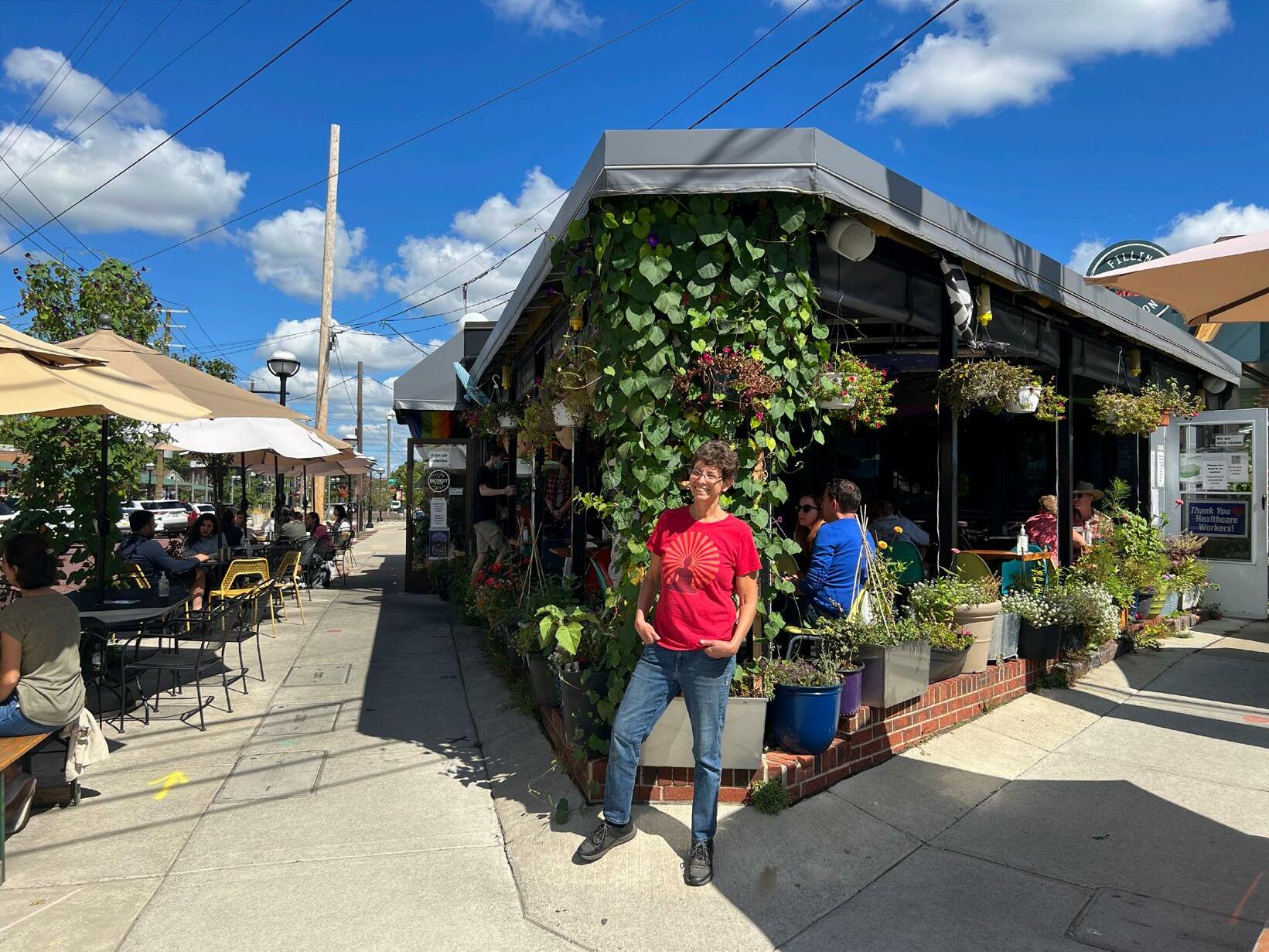
“I was concerned about the hours of construction, and [if] it would affect our dinner, whether [with] clouds of dust billowing [or] ear splitting noise,” Engelbert said. “I was assured ‘no.’ But it’s all hap-
pening.”
Since construction began to pick up in September, Engelbert has received countless calls from frustrated patrons, confused about how to navigate the construction site. She watched her entire patio clear of customers one night, as a loud jackhammer dug into the street directly across from her restaurant. She has had to ask for signs wrongfully stating that “Detroit Street is closed” to be removed, and tapes “open” signs over the “closed signs.”
Engelbert recalls a night that she even called the cops on the construction workers that were disturbing her customers during dinner hours. The police told Engelbert there was nothing they could do, as the workers were within their legal limit.
“I didn’t have a leg to stand on [but] I called them anyway,” Engelbert said. “I said ‘I real-
ly want you to convince them to stop because if you don’t, you’re gonna have a much bigger problem.’ Because myself and some of my staff were prepared to sit down in front of the equipment.”
While the construction is set to last for another few months, Engelbert has ideas that could make the project less disturbing. She is advocating for the bulk of the work be done in the morning hours, when many of the businesses are not open yet. She also wonders if closing one block at a time would lessen the impact.
“When so much blood [and] sweat and tears and love go into your business, to be blindsided by something that will blow you up is really hard to take,” Engelbert said. “[But] with enough knowledge and organizing and planning and communication, there’s ways you can speak up for your interests.”
12
The ongoing construction on Catherine Street might be putting one business’s future in jeopardy.
LOCAL
Photography by Scarlett London Phillis Engelbert stands in front of her restaurant, the Detroit Street Filling Station. The recent construction outside the restaurant has greatly impacted its sales and Engelbert worries for its future. “When so much blood, sweat, tears and love go into your business, to be blindsided by something that will blow you up is really hard to take,” Engelbert said.
A New Housing Plan in Kerrytown
goals to push density in the downtown area. The planning commission is not concerned about the number of apartment buildings being built in the downtown area. Buildings in the center of the city are the most efficient: all the utility and safety services already exist and the density supports more transit infrastructure.
crease housing costs by focusing on density downtown.
carbon emissions.
By Ella Rosewarne and Elliot Bramson
In May 2022, the develop ment plans for a new five sto ry apartment building at 303 Detroit Street, on the island between Detroit Street, Fifth Avenue and Catherine Road, was approved by Ann Arbor’s city planning department. The plan was first submitted for review by MAV Development Company to the department in November 2021, after a cou ple months of back and forth communication between the city and the developers.
The building will be about 32,000 square feet and include 14 residential units with an ad ditional 2,000 square feet for retail and office space, which far exceeds the size of Teriyaki Time, the now-closed restau rant that currently stands on the lot. The development will stretch from the space in front of Teriyaki Time, right up to the Detroit Street Filling Sta tion and Jazz Club. The area around Kerrytown and Com munity High School is a strict ly controlled historic district, but this site falls outside of the historic district and will be the first of its kind in the neighborhood.
The project fits into the city’s
“It’s by design,” said Matt Kowalski, the city planner for the project. “There’s a housing crisis, as well as a climate crisis. These buildings get more people in the city. More people support more businesses, support more transit.”
The city also hopes to reduce urban sprawl and gradually de-
There are currently no requirements in city code for sustainability features in developments, though the planning commission is working to change this. What they do instead, is offer additional floor area to developments that include sustainability features in their plans. The new development at 303 Detroit Street has plans for a 3,550 square foot vegetated roof, as well as electric vehicle parking infrastructure. This will land the development LEED Gold Certification, a rating that means the building will save money, improve efficiency and lower
At this point, physical construction has not started and there is no predicted date of completion, though the project does seem to be moving forward and is currently in the process of obtaining demolition permits.
Kowalski thinks the project will help support the business in the area by increasing retail options as well as using the space more efficiently.
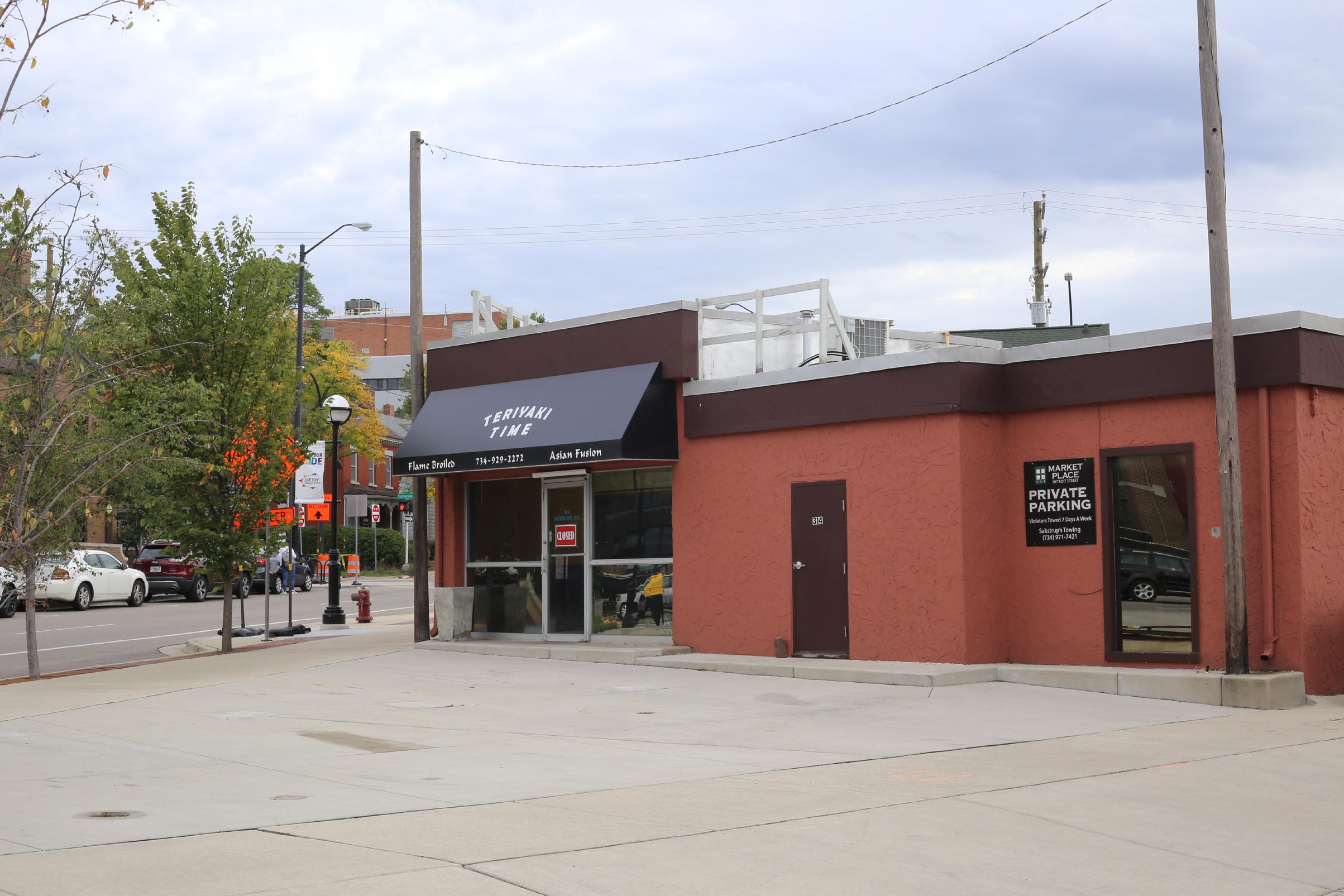
“Personally, I’m sad about losing Teriyaki Time,” Kowalski said. “It’s a bummer, losing a business, but I think overall it is an improvement to the area.”
A local Kerrytown business, Teriyaki Time, recently closed. A development plan for the area was approved in May. 2022, and it will extend to 14 residential units, office space and retail space. “Personally, I’m sad about losing Teriyaki Time,” said Matt Kowalski, the city planner for the project. “I love that place, but I think overall it is an improvement to the area.”
13 NEWS
A new development in Kerrytown is planned to bring high-density to the neighborhood with a 32,000 square feet building.
THE COMMUNICATOR
Photography by Ella Rosewarne
Room For Growth
CHS teachers
By Claire Steigelman
The sun beat down upon the wooden deck. A group of CHS teachers chatted about their summers as they helped themselves to a variety of snacks and settled underneath the umbrellas blocking the hot summer sun.
The book group was originally formed before the pandemic by multiple CHS teachers concerned about equity. At the first meeting they read “White Fragility” by Robin DiAngelo, a book that gives insight into the minds of how white people see race.
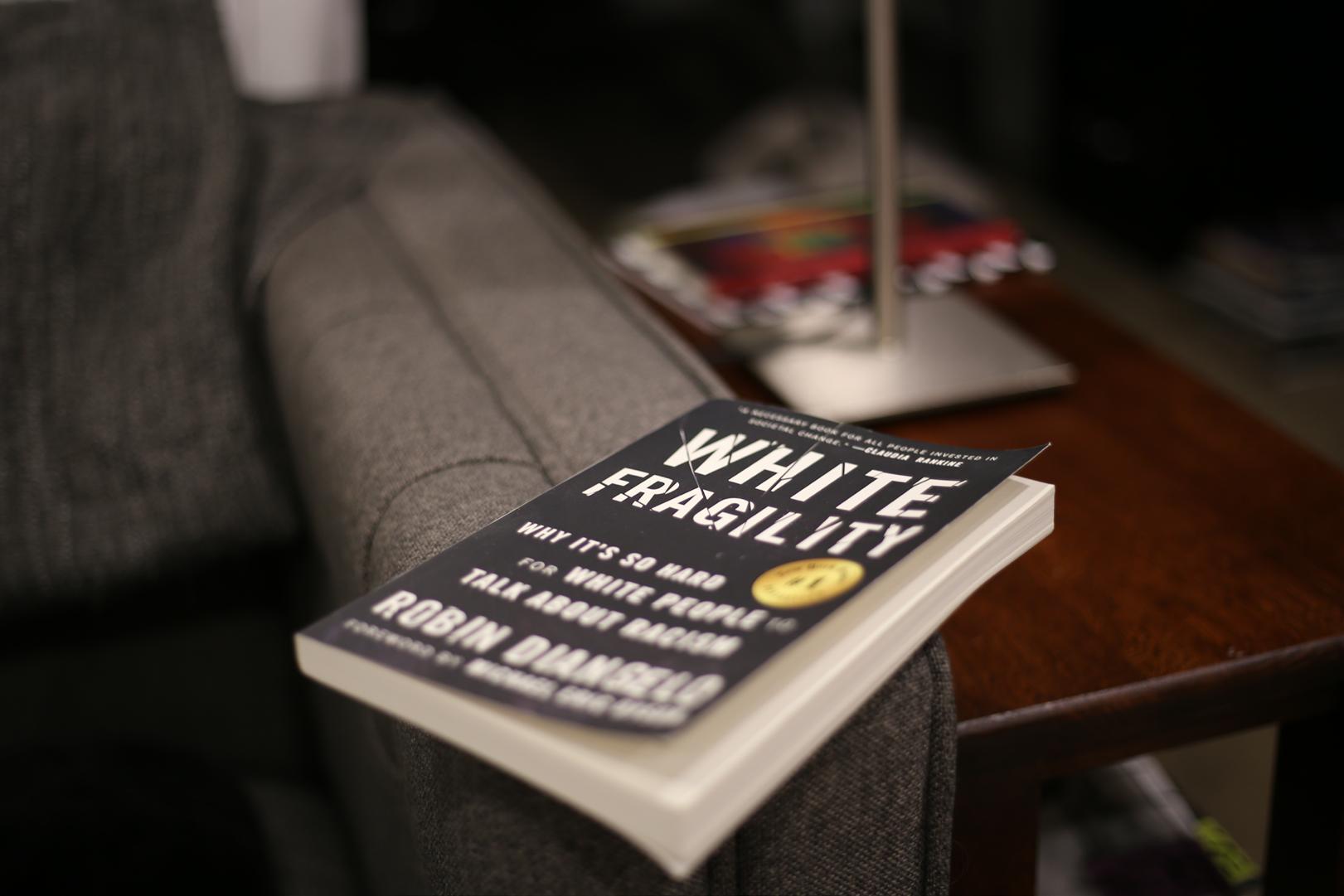
“[The book, ‘White Fragility’] brought me clarity into what my experience had been like and why,” said Maneesha Mankad, a CHS math teacher.
“When I first came to Ann Arbor, people would say to me, ‘We don’t see color. We’re colorblind,’ and I thought that to be very interesting, because if you’re looking at me, the first thing you see is color,” Mankad said. “I was fascinated by the idea that people felt like they didn’t see color.”
This fascination grew into perplexity as Mankad continued to live in Ann Arbor.
“Someone commented to my daughter about her brown skin and how they didn’t play with brown skin people in their family,” Mankad said. “I took it to her teacher and I said, ‘I don’t understand how to address this because [my daughter] was feeling left out.”
The teacher was aston-
ished because to her, children couldn’t see color.
“Once again, I was perplexed because I was like, ‘Okay, the first thing you see about me [and] , my daughter is [color],” Mankad said. “But I understood that what the person was trying to say to me was essentially the fact that color doesn’t influence their actions, or their thoughts or their behaviors, and they don’t discriminate based on color. So what that meant to me was that the intention is to not see color so that the discrimination doesn’t happen.”
Mankad was reminded of this when she attended the book group discussions, and she thought about whether or not claiming that you are “colorblind” was an adequate method to handle discrimination.
“It’s important to identify the differences, because that tells you that you are actually seeing the person,” Mankad said. “Saying that they don’t see that particular trait or difference, that just makes you then wonder, are they seeing you at all?”
Reading and discussing “White Fragility” led Mankad to think about how discrimination forms and occurs in everyday society.
“I started to get a better perspective of how because of dif-
ferent experiences, perspectives or different lenses that people come from, they don’t have a sense of the experience I had because they can’t possibly have that,” Mankad said. “I think that book highlighted the fact that discrimination is not necessarily someone trying to be mean to other people because they’re different. Discrimination could be completely unintentional with the best of intentions, and it could still be happening.”
Mankad believes that because miscommunication will always happen, people from all backgrounds should open their minds to the possibility of making mistakes.
“It’s important to open your mind to other ideas or possibilities of how you could be thinking and what biases you might internally already be having, and examining that through a different lens so that you can understand when certain things happen despite your best intentions,” Mankad said. “I think my main takeaway was to understand where other people came from, and to be more thoughtful about how another person could be perceiving the same situation and trying to find a way to bridge.”
This past summer, the group also read “My Grandmother’s Hands” by Resmaa Menakem,
a black therapist. The book explores three communities: black, white and police, and how each community deals with trauma of some sort and how they can come to understand each other more.
“I think there’s always more that we can learn and examine, and so having a chance both to motivate myself to read and [to] grow as a person,” said Joslyn Hunscher-Young, a CHS social studies teacher.
“My Grandmother’s Hands” investigates the trauma that police have to deal with for their jobs, and how it impacts how they handle situations. He specifically explores the culture of the police community and the mantra of shoot before you get shot. In one example, a situation arose between a police officer, who had just come from a tense event, and a white civilian.
“We’re all dealing with trauma in our cultures and in our lives, so we as individuals, and as communities need to be able to identify that and deal with that, even though it’s going to be painful,” Hunscher-Young said. “ If we don’t recognize that in ourselves and then eventually begin to also recognize and see that and other people then like we’re stuck and we’re not going to improve.”
14
use books to deepen their understanding of identity.
Photography by Ella Rosewarne
A New Standard in Testing
By Anjali Kakarla and Ailish Kilbride
The big picture: More than just a small bubble sheet; more than just a singular grade below an A; more than just being a club member instead of the president; and more than just playing one sport instead of five. These are all things that Brian Williams, CHS counselor, believes are out of balance when it comes to the college admissions process. He believes that students often get bogged down in one part of their application instead of looking at their resume as a whole.
Similarly, Williams believes that college isn’t for every student. He thinks that it is hard for CHS students to not feel the pressure of the ‘big block M
staring down on them’ daily, and that other options should be explored.
“I would say, take your time and think it through,” Williams said. “Make sure that [college] is the right thing for you and your family. I think that’s really important to sit back and look at the global picture right now and where we are. Make sure that you approach it in a way that you feel really good about it.”
Similarly, Kelly Maveal, CHS counselor believes that when it comes to the college admissions process, there are discrepancies between the schools that are calling themselves, “test optional,” “test flexible,” and
“With this ‘test flexible’ language, it claims that [admissions officers] are not going to penalize you against your test scores, but it’s hard to imagine that at an academic institution like U of M, they aren’t going to weigh that data point,” Maveal said. “Especially when they are looking for a highly competitive student body.”
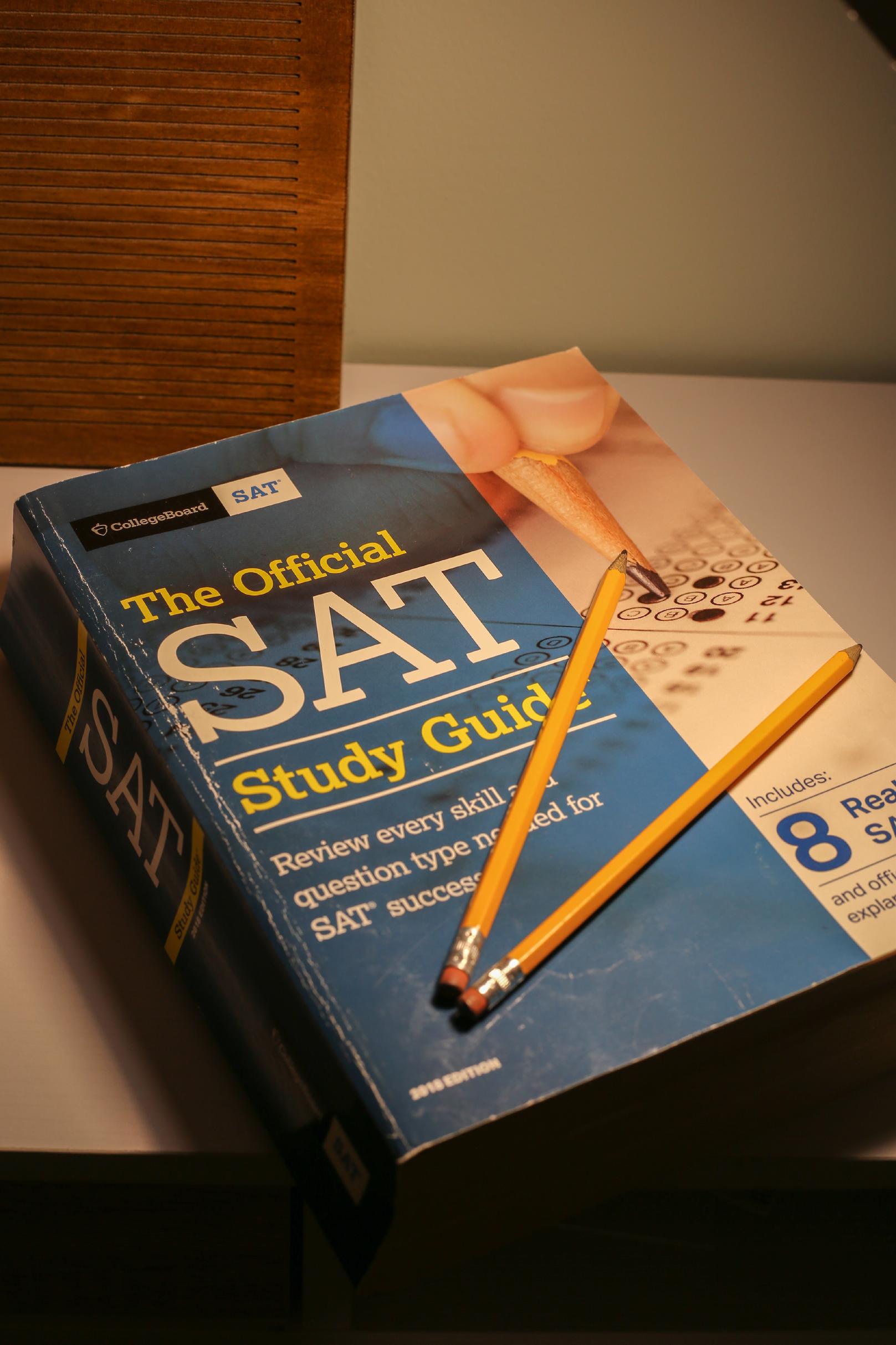
Lucy Cassell-Kelley, senior at CHS, is trying not to let this pressure get to her while in the midst of completing her Common Application. She is trying to take all the stressed-out energy she feels and turn it into excitement for the next step in her journey.
Cassell-Kelley recognizes that college is just another opportunity in her life and that she will be happy wherever she goes.
On this quest to find the best fit for her, Cassell-Kelley has toured around 15 school’s since last spring.
“When I take a tour I try to look at [the college] holistically,” Cassell-Kelley said. “I don’t look at the school’s statistics until after the tour is completed. And I ask myself questions such as ‘Would I be happy here?’ and ‘Is this the right fit for me?’ instead of questions such as ‘How would others perceive me if I went to this school?’”
15
Standardized testing requirements and are changing, but what does this mean?
Photography by Ella Rosewarne
NEWS THE COMMUNICATOR
Leaving It All On The Water
Ann Arbor’s three crew teams prepared for competition and are now ready for the fall season.
By Sam Levin
Noah Fulkerson knows what it’s like to observe from the sidelines. He broke his collarbone and was absent for the entire 2021 winter season. After a brief return in the spring season for Pioneer High School (PHS), he re-injured that same
collarbone. Now he is facing his final year of rowing.
“The team [motivates me],” Fulkerson said. “Especially because I think with everything else that happened in the middle of that season last year, we can use some wins this year.”
The PHS men’s varsity team was in disarray after their coach quit midway through the season last year. The head varsity women’s coach stepped up and tried to mend what was left of the men’s program. However, the jumping between programs proved difficult for the improvement of the rowers.
The fall season is the first step into the competitiveness spring season brings. Many teams use it as a trial season to boost chemistry within the team. Going into this fall, PHS lost rowers, Huron gained and Skyline is looking to pick up
right where they left off after a national run.
PHS’s graduating class was large last year, and the rowing team is still recovering from the loss of many seniors.
“It’s definitely an adjustment. We lost a lot of speed,” Fulkerson said. “A lot of our seniors last year were some of the top guys on the team and now we have big shoes to fill.”
Even though the team lost experienced athletes, the program is facing a major coaching revamp with three new men’s coaches.
The new coaches are Patrick Klaassen, Joe Geisz and Jason Schneeman. Klaassen and Geisz both rowed for the University of Colorado Boulder; Schneeman rowed for Michigan State. After college, Klaassen became one of the head coaches at the Ann Arbor Row-
ing Club. The coaches have proved their dedication to the craft leaving the PHS rowers to feel strong and prepared entering the 2022 fall season; as do their cross-town competition, the Huron River Rats.
“Last season we had eight guys on the varsity team in the fall,” said Senior Coxswain Simon Shavit. “This season we have 24, [which means] a ton of fresh guys and only room for improvement.”
Having more rowers on the team is beneficial to everyone. There is the ability to switch lineups to determine what is the fastest combination of rowers. If some athletes are absent, there are others to temporarily replace them.

The issue that PHS is facing is that they lost many seniors, however Huron is the opposite. More varsity rowers for the River Rats means it’s easier to share the load leading to more refreshed rowers for races.
Skyline is coming off of a spring season where they sent six boats to nationals. PHS and Huron each sent one.
“I get to kind of see firsthand the level that the competition is on.” said Skyline junior Luke Jordan. “Seeing kind of how they go about racing and how they do their training and things like that. It’s definitely been useful going forward.”
As each team forms their goals for the season, the top priority is to have fun. Winning doesn’t always have to be the end goal. At the end of the day, out of hundreds of crews, there can only be a singular top boat.
Many memories of results for races get washed away throughout the years. What doesn’t get washed away is the teamwork and training that it took to get there.
16
SPORTS
Photo Courtesy Rob Raux
the Journey
For the Pioneer field hockey team, this season is not about winning and losing. It is about the power of connection and the desire for growth.
By Bridgette Kelly
This fall, Pioneer field hockey carries on their tradition of hard work and passion with a team of driven and united athletes. Dedication for the sport, and for each other, is one of their anchoring principles that brings the girls from being a team to being a family.
“We all know that we got each other’s backs,” Jane Nixon, the head varsity field hockey coach said. “We’re there for each other no matter what that
looks like. We may not all be best friends, but we’re family.”
Last year, the Pioneers had a great season. Led by a strong group of seniors, they held an impressive record of 15-0. At states, the team fell just short of the title, losing to Skyline in the championship game—their only loss of the season, but Nixon and the team didn’t let this bring them down.
“[The losses are] not what defines you,” Nixon said. “It’s
the journey. It’s all the relationships and friendships you make along the way, learning how to manage adversity and waking up the next day, believing and having hope.”
The team’s record so far this season is 4-1, winning against two teams in Washtenaw County; Huron and Saline High School. According to Nixon, most of the dominant teams in the state—and their biggest competition—are in Washtenaw County, especially Ann Arbor.
Right now, their focus isn’t on states. The team is taking it one game at a time, making sure they give their best every time they step onto the field.
“We don’t want to get ahead of ourselves,” Nixon said. “We just want to make sure we’re doing our best. We’re enjoying this journey. We’re taking care of every day, and really appreciating and loving what we’re doing each day. That’s really our focus.”
Sofi Maranda, a senior at Community, is on Pioneer’s varsity team for the first time this year. She plays for enjoyment and for the positive team environment. Although field hockey isn’t her main sport, she never fails to give it her all in practices and in games.
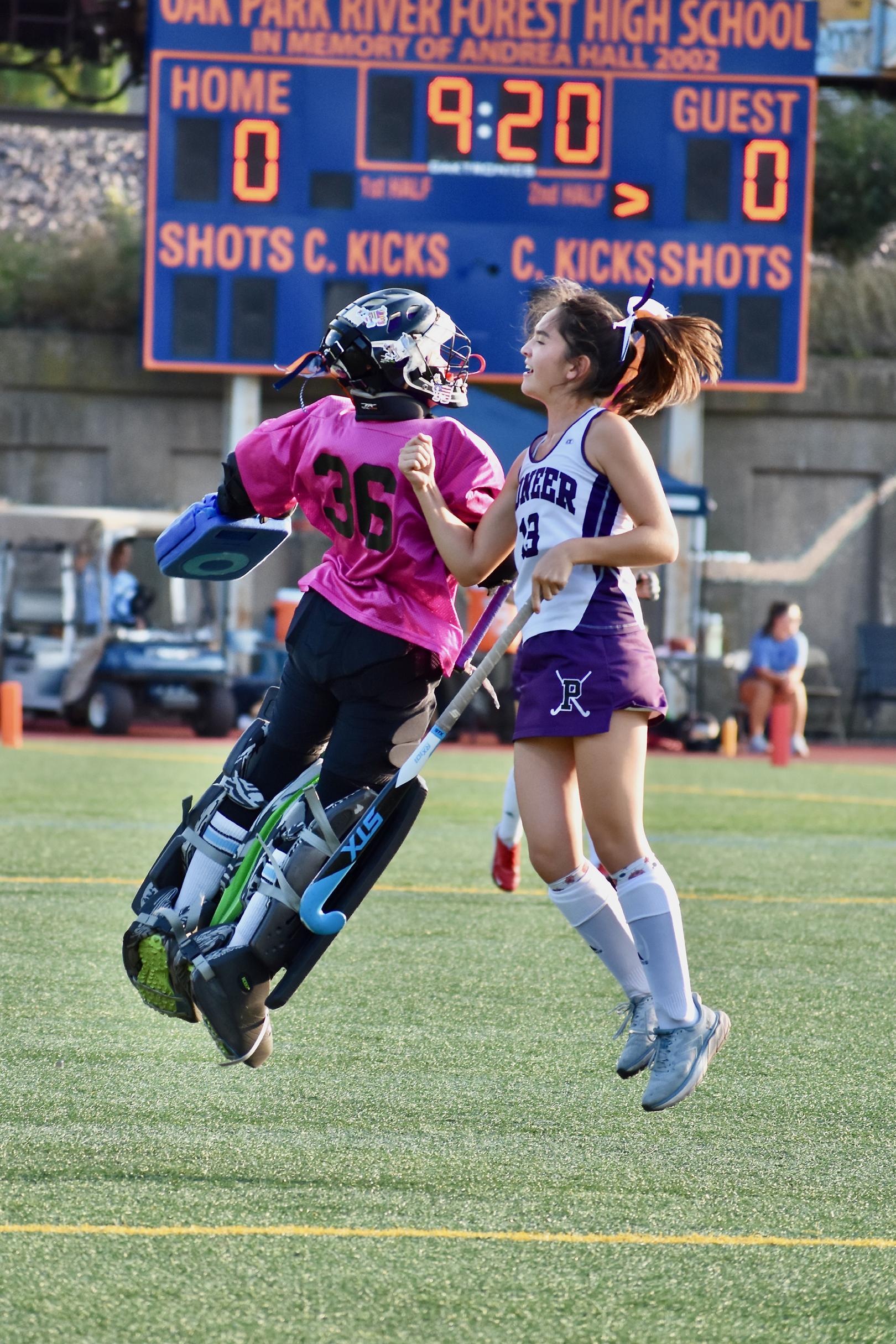
“I like the space to not have to think about anything that much,” Maranda said. “I have two hour practices, and during that time I focus on working out, practicing or being with my teammates, and not thinking about the stress of school, and stuff like that.”
Pioneer is still in the early weeks of their young season, but they feel confident and prepared for the challenges they will face ahead
“We’ve done a really good job of staying strong and learning from each game. So far, so good,” Nixon said.
17
NEWS
THE COMMUNICATOR
Photo Courtesy Kathy Brady
THE HEALING EDITION
Healing is happening all around us. With this story package, we hope to capture the stories of our community with twelve CHS students and staff feature stories.
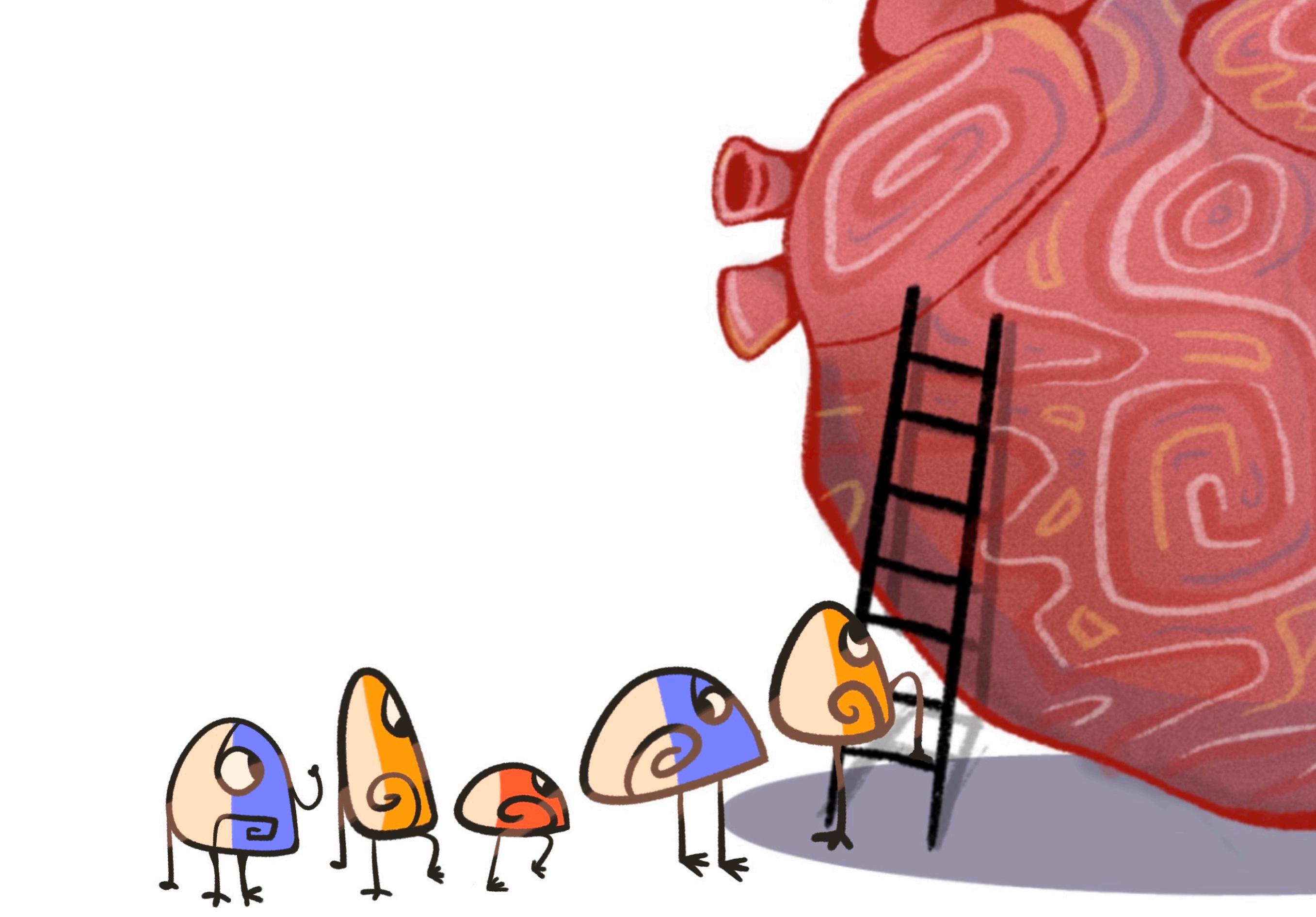
18
Feature

As soon as she dives into the water, she is at peace. The same water that got her through the most depressing moments in her life now sustains her during her last year of high school.
Rachel Pashturro, a senior at CHS, has done synchronized swimming since she was eight years old. Throughout her career, she has been on three synchronized swimming club teams, and is now on Pioneer’s team. Her favorite part of being on a team is how much it feels like a family as well as the connections she has made with her teammates through the sport. She believes that all the teams she has been on have been unique and tight-knit families.
While swimming, Pashturro’s mind is only focused on what she is doing in that moment. Synchronized swimming is similar to dance in the sense that while swimming, Pashturro is constantly counting the beats of music in her head, which helps her to stay on pace with her body and her mind.

“[Practice is] the one place I can go and I know that once I get there all I’m doing is [synchronized swimming],” Pashturro said. “I’m not thinking about what happened at school; I’m not thinking about who texted me; I’m just thinking about what I’m doing in the water and how I’m going to do better than I did last time.”
Synchronized swimming has helped fuel Pashturro’s journey towards self-discovery, but this did not come easily.
“I’ve struggled a lot in my years as a synchronized swimmer with coaching and peers on my team, but I learned to individualize myself and my needs as a swimmer and that helps me get through a lot of practices,” Pashturro said.
During practices, Pashturro has learned, through trial and error, that she improves the most by taking videos of herself swimming, watching every step and misstep and being self-aware while swimming.
As she has improved, though, her goals have changed. When Pashturro was younger, she watched girls
on her team continue onto college teams, such as Ohio State University, and wanted to be like them, but now she does not plan on swimming in college. This is for many reasons, but it ultimately comes down to her mental health.
“Growing up in a sport where the perfect image of a swimmer was skinnier and leaner, it was harder for me to accomplish what they were accomplishing,” Pashturro said.
“I have grown into the idea that I don’t want to do it in college and it’s something that I can do on my own and know that it’s an escape.”
There are many ways society promotes unrealistic, skinny body types; this toxic body image expectation started affecting Pashturro at age 11.
“When I grew up and started realizing I don’t look like the other girls, it was eye opening,” Pashturro said. “When I moved here I started realizing, ‘Oh, I’m never really going to look like these girls; everybody looks different and that’s not my fault.’ But it wasn’t something that was very easily learned. It was definitely harder to achieve the things that they were achieving, and it was very hard as a young child to comprehend that there might be a way that I will never be as good as them or even better.”
Now, Pashturro feels she has final ly earned her confidence, but this came with time, effort and strug gle. Coming from competitive club teams, she is able to feel confident on Pioneer’s team and enjoy her time on the team without all the stress of club. During this journey, Pashturro realized that what really mattered about synchronized swim ming, and life, was how she herself felt about it.
“It’s okay to not be better than other people because at the end of day you have to be better for your self,” Pashturro said.
Pashturro is better for herself now, and she continues to become better. She has improved as a swimmer, but also as a person with a little help from synchronized swimming and time.
RACHAEL PASHTURRO
BY ELLA ROSEWARNE
20
SYNCHRONIZED SWIMMING PROVIDES AN OPPORTUNITY FOR GROWTH FOR RACHEL PASHTURRO.
HEALING ART BY BEE WHALEN
Violet Knyal felt a pain that other kids her age didn’t understand: going through childhood with one parent unable to witness it. Being only two years old when her father, Jarrett, passed away, Knyal felt like she never truly got to know him. With the lack of understanding from her peers, she often felt her pain and struggles weren’t valid.
“I feel like I can’t grieve, or I can’t feel bad about the fact that he’s not here,” Knyal said. “But I’ve been trying to feel like I can heal from that… I’m allowed to feel sad.”
Knyal heard her father’s voice for the first time recently, and that moment in particular stood out to her in the grieving process.
“I heard his voice for the first time in a video, which was kind of a lot,” she said. “I think I started crying.”
Knyal’s healing process typically contains a lot of humor. She finds that joking about her situation helps her manage it. She also enjoys baking, listening to music and finding various ways to distract herself.
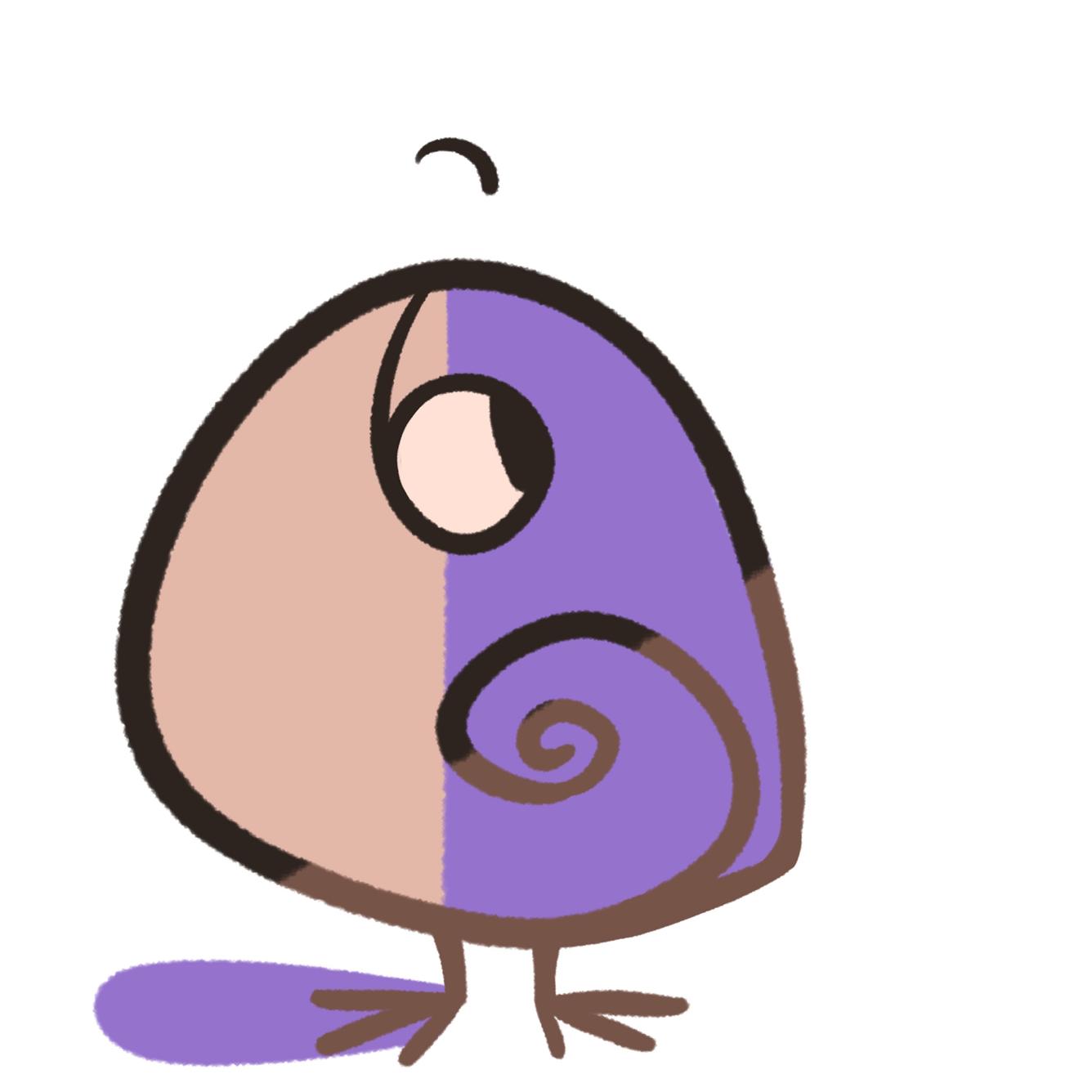
VIOLET KNYAL
Despite these distractions, Knyal occasionally finds herself faced with the thought of what could’ve been.
“I could have felt like I had a biological father at some point,” Knyal said. “But I also think about the fact that a lot of things in my life would’ve been different. Would it be better if he was here? Where would I be now?”
In addition to feeling a certain disconnect from her father, Knyal also worries for her family. She thinks of her mother in particular, and how emotionally taxing it was for her to lose her husband.
“I think that sometimes I heard her crying in her room, and I felt like it was about him,” Knyal said. “It must have been really difficult because she had just given birth to me, like, not that long ago. And she had to think about the fact that she had to raise two kids.”
But on her healing journey, Knyal learned that memories don’t end when a life does.
Knyal’s family has done every-
thing in their power to make sure that Jarrett Knyal wouldn’t be forgotten.
“My mom was really good about telling me about him,” Knyal said. “I’ve learned a lot of things [about him]. I’ve seen pictures… [My mom] doesn’t hide him from me.”
Her family helped keep the memories of her dad alive, but Knyal wishes those memories were her own.
“I feel jealous of my family,” Knyal said. “Because they knew him and got to live with him.”
Although Knyal doesn’t have those memories herself, she still keeps thoughts of her father with her everyday. Jarrett Knyal’s memory has continued to carry on through those that cared about him. Through his twin brother, who would travel to Ann Arbor to celebrate his birthday with Knyal’s family, and Knyal’s mother, who shows her photographs and tells her stories. No matter what, small pieces of her father will always remain with her.
BY ARI TAYLOR AND LILY EGGLESTON
21
“I feel like I can’t grieve, or I can’t feel bad about the fact that he’s not here.”
A CHS SOPHOMORE LEARNS HOW TO GRIEVE OVER SOMEONE SHE NEVER TRULY KNEW.
THE COMMUNICATOR FEATURE
EBIE LAMB
A CHS JUNIOR FINDS A COMMUNITY WITHIN
CET.
BY HANNAH RUBENSTEIN
If Ebie Lamb wasn’t in Community Ensemble Theatre (CET), she doesn’t know where she would be.
Lamb started theater in sixth grade at Tappan Middle School, starting to perform in seventh grade. That’s when she fell in love with the art.
Lamb decided to do a show again during her eighth grade year. On the day of her cast party, the production abruptly stopped due to Covid-19.
“We did our cast party, and then we were sent home,” Lamb said. “We never saw each other after that.”
CET helped heal her open wounds and find a sense of community once again.
Lamb started CET her freshman year on Zoom with “Working” the musical. Though her passion for theater was reignited, the virtual conditions were not ideal. Lamb sat in her kitchen every rehearsal in front of a green screen: creating relationships was not in the picture.
When sophomore year started in person, Lamb decided to audition for CET’s fall show, “She Kills Monsters.”
Lamb landed the lead, Agnes Evans.
“I was nervous because I felt that
I had to make a good show. For some people, this would have been the first form of live action theater since Covid-19,” Lamb said. “However, the nerves helped to push me through. It helped me memorize my lines, remember cues, and gain friends in which I could rely on.”
For Lamb, landing the lead was not the goal, but to develop friendships with people who shared her passion for theater.
“I’ve always loved theater, watching it, seeing it, being in it,” Lamb said. “So being able to come back to that after a three-year hiatus was amazing to me. It sparked my love all over again.” ‘She Kills Monsters’ was a whirlwind of emotions because I was meeting new people. I was getting the theater experience that I loved and cherished. It made me feel at home.”
The many hours of rehearsals, last minute memorization of lines and lack of sleep during tech week was challenging for Lamb, but it was all worth it when teachers congratulated her in class, crew members walked down the hallway in matching black outfits and actors rehearsed lines under their breath as she passed by.
“You remember what it is all for and you stay with it.” Lamb said.
While Lamb has played and continues to play sports for Pioneer High School (PHS), it’s not the same as being a part of CET and CHS.
“I only know [PHS teammates], I don’t know anything about the school. So, [if I weren’t doing CET], I would only be doing sports and feel disconnected [from] Community,” Lamb said.

Balancing sports and theater is also challenging for Lamb.
“In the spring, it’s a lot of rushing. The second theater ends, I’m in the car changing right before practice starts,” Lamb said. “Thankfully, both of the adults that run these events are incredibly supportive and support my decision when conflicts arise.”
CET has given Lamb a community within Community. She has automatically gained 50 other friends in addition to classmates and forum members.
Over the next couple years, Lamb hopes to continue meeting more CET people through the new and incoming members of each show.
22
HEALING ART BY BEE WHALEN
“I’ve always loved theater, watching it, seeing it, being in it.”
It fractured relationships. It stole time from loved ones. Above all, it forced him to reconsider what mattered most.
As he departed the throes of quarantine, Brett Kilgore, CHS economics and geometry teacher, reflected on the lasting effects of the Covid-19 pandemic. He’s learned the power of refusal and repairing relationships.
“I think as a father one thing that the pandemic did was make my paternal instinct to make sure I was taking care of my wife and kids [more] significant,” said Kilgore.
For Kilgore, the pandemic caused him to focus on his devotion to his wife and three kids. He agonized over the socialization and education of his kids. He hopes to re-strengthen his relationships with his own siblings coming out of the pandemic.
Kilgore is also working on himself and loved ones at home. He has begun to create a ‘margin’ for priori-

for error, like needing to pick someone up at the last minute or needing to be home early for his kids while his wife is working.
Not having a full schedule has helped Kilgore create space for things not to crumble. He believes that it is okay to say no to good things: opportunities that enrich Kilgore’s life but aren’t essential to his day-to-day schedule. He has found that in creating a safety net he’s been enjoying his life more than before. It has allowed him to be fulfilled by the things that he has time to do, and not worry about the things he doesn’t have time for.
“It is easier to say ‘no’ right off of the bat,” Kilgore said. “It is much easier and more respectful than having to tell someone later that you can no longer do it.”
Kilgore also believes that CHS is in the healing and reconstruction process. Through the pandemic the school went through major staff changes: teachers retired, switched schools and went into other professions. CHS was also not able to continue its traditions while online
learning or social distancing was implemented.
“I think seeing the finish line with construction is going to be a beautiful thing in terms of logistics,” Kilgore said. “Also forums being able to really settle into their rooms and establish routines will help bring back old traditions.”
Coming out of the throes of Covid-19, Kilgore anticipates that re-establishing routines, trying to bring old ones back to life and creating new ones will help naturally bring people together through the healing process.
In the first week of school, Kilgore was able to meet with the entire staff and connect through their very first meeting. He believes that the new group of individuals has a lot to offer and will each bring a lot to the table.
“If we can share this load [of teaching], get across some of those finish lines and be the best versions of ourselves for our students, I think that we can provide the best educational experiences,” Kilgore said.
BRETT KILGORE
BY AILISH KILBRIDE
23
“It is easier to say ‘no’ right off
SOCIAL STUDIES TEACHER STRENGTHENS
FAMILY RELATIONSHIPS POST-PANDEMIC.
A CHS
HIS
THE COMMUNICATOR FEATURE
As the city’s sky grows dark and people get ready to sleep, Leila Bank is in her bed articulating her thoughts into words which then become poems. Bank found refuge words amidst the pandemic, which significantly impacted her mental health.
“I didn’t really realize how bad it was until last year,” Bank said. “And how bad it affected me, but now I’m working on healing.”
Bank uses poetry as a way to write down everything that crosses her mind: her feelings, experiences she has gone through, emotions attached to people and memories. Poetry offers an array of healing capabilities, and Bank finds that writing can help her understand her feelings and share them with the world.
“When they’re in your head, it’s hard to distinguish why you’re feeling the way you are,” Bank said.
Initially Bank hated poetry, disliking the confinement of schools’ poetry curricula. The ‘correct’ or ‘incorrect’ way to interpret poetry and the feeling of teachers constantly looking for the right answer is something that made Bank feel
invalidated. But during her sophomore year, she stumbled upon the poetry world in a more positive way through CHS’s poetry club.
“[My friends] both went to poetry club, so I just went with them and that was when I started actually writing poetry,” Bank said.

While the poetry Bank creates remains mostly personal, she finds comfort and enjoyment being in that space with others who create poetry as well.
“Even though poetry is really for yourself, I think whatever you write doesn’t have to make sense to anyone except for you,” Bank said.
“There is something so nice about sharing [your poetry] with a group of people. It might not make sense to them, but they acknowledge that it’s not supposed to make sense to them.”
Writing for Bank typically begins with a single line stuck in her head— which she immediately writes down. Undoubtedly, the rest of the poem comes along after it. Metaphors, repetition and thinking visually are all a part of Bank’s process.
“Whenever I think of a feeling it has a different physical feeling attached to it,” Bank said. “It’s sort of like how people think that math is red and science is green.”
In addition to trying to decipher her thoughts, Bank expresses her love for the feeling wheel discovering how helpful it is. Six core emotions (sad, mad, scared, joyful, powerful and peaceful) border the outside, while the inside wheels feature more specific emotions, such as shame, hostility, helplessness or pride. While poetry is a creative and emotional outlet for Bank, therapy has been a large help in Bank’s mental health journey. More often than not, poetry and therapy intertwine as Bank recites her poetry to her therapist.
“I love reading them to her because a lot of the time, I don’t know how to articulate what I’m feeling with words that are supposed to make sense,” Bank said. “I read them to her so that she understands [what I feel] because she’s also a creative person.”
Length varies depending on what Bank chooses to write about. Longer poems are written when she’s undergone an experience that changed her outlook on things. For example, Bank used her experience from last year’s forum day to write a poem about changing perspectives. At other times, smaller length poems can sometimes consist only of two lines.
“Some people would say that’s not enough for a poem, but I disagree,” Bank said. “A poem can be whatever you want it to be.”
LEILA BANK
BY RUTH SHIKANOV
24
A CHS JUNIOR EXPRESSES HER EMOTIONS AND PASSIONS THROUGH POETRY.
HEALING ART BY BEE WHALEN
Hannah Margolis walked with her head buried in her books through the hallways trying to avoid eye contact with everyone.
She spent her freshman year wanting to stay out of other people’s business in the hope that they would stay out of hers. As an introvert, Margolis struggled with her self-image and confidence.

When Margolis first stepped foot in CHS, she didn’t have many friends. Most of her middle school friends went to their designated high school and she felt out of place.
“I didn’t have the confidence to go up and meet anyone,” Margolis said. “I just remember walking down the hallways, holding my school stuff, looking down and trying not to make eye contact with anyone.”
Her mind was filled with opinions of others, so she learned to keep to herself, even though that wasn’t how she wanted to live.
“I thought every time I walked past someone they were thinking badly of me,” Margolis said. “I was always thinking something negative about myself and my confidence got
worse from there.
With age, Margolis’s confidence bloomed. Gaining confidence was not linear for Margolis, but the process began unintentionally. Halfway through her freshman year, the pandemic took over her life. She was forced to spend time alone — something that unexpectedly benefited her. She had time to work on herself and acknowledge the things she didn’t like about who she was. Recognizing those things and viewing them in a positive light changed her perspective and her confidence grew.
Once Margolis became aware of the improvements she wanted to make, she worked toward spending less time on her phone. She acknowledges the benefits of social media, but it forced her to think she had to go out and hangout with friends all the time. Taking time away from her phone showed her that she didn’t need other people’s company — that it was okay to be home alone on a Friday night.
She began taking more time for herself and doing things she enjoyed: washing her face every night,
HANNAH MARGOLIS
BY REAGAN MASEK
picking out an outfit the night before school, making her bed in the morning and other smaller aspects of her life that she found fulfilling. Once she felt happy and more put together, it reflected in the way she held herself.
“I’m not worried about what I have to wear to impress other people,” Margolis said. “I’m not trying to impress and satisfy everyone else. I just want to look good for myself. I want to feel good for myself and when I do, I don’t care what people think about it anymore. If I like how I look and I like how I feel, then it doesn’t matter how other people see me at all.”
This mindset change helped her move into a more positive lifestyle. As Margolis began to feel more secure with herself, she could feel the negativity slowly leave her mind.
“You don’t have to love everything about yourself, but you don’t want to dwell on those things,” Margolis said. “Healing is not a smooth process and is not a measurable thing, but I think I’m finally at the point where I’ve healed.”
25
A CHS SENIOR RIDES THE UPS AND DOWNS OF LEARNING TO LIVE FOR HERSELF.
THE COMMUNICATOR FEATURE
“Healing is not a smooth process, but I think I’m finally at the point where I’ve healed.”
EDISON HANNAHS
A CHS JUNIOR LEARNS TO ACCEPT AN ISOLATING ALLERGY.
BY ELLIE FIFE
Edison Hannahs took the risk and had grilled cheese with his friends. As soon as he put it in his mouth, he knew he shouldn’t have done it, but the taste was just too good. A few minutes after finishing it, his throat started closing up.
“This was a huge mistake,” Hannahs said. “I felt like I was dying. The risk I put myself in for a grilled cheese was not worth it; I definitely learned my lesson that day.”
When Edison Hannahs was four years old, he tried a piece of cheese for the first time. After eating the thin slice of cheddar cheese, his mom noticed he was struggling to breathe. Hannahs was diagnosed with a dairy allergy. From that point on, he was on a strict no-dairy diet.
In kindergarten, while Hannahs’ classmates enjoyed large pieces of cheese pizza, his mom had to bring him his own slice of dairy-free pizza. He began noticing that his lunch looked different from his friends’; he had a plain cup of white dairyfree yogurt, while his friends had

blue yogurt with characters from the newest movies. He hadn’t yet reached the age to understand why he couldn’t eat the foods that his friends did, leaving him to sit alone at the dairy free table.
“I was confused why I wasn’t allowed in the lunch lines to get milk,” Hannahs said. “All I wanted was some chocolate milk like the other kids.”
As Hannahs got older, he began to understand why he was different. But there was one thing holding him back from accepting his differ ence, why did it have to be him who had the dairy allergy?
“Although I was aware that I couldn’t have dairy, it was hard for me to understand why it had to be me,” Hannahs said. “I felt left out. I wished I could have cookies, cheese and even something as simple as milk.”
Dairy was all around him. His friends regularly enjoyed dairy treats. Hannahs was done feeling so left out: he decided he would try
dairy.
He so badly wanted to be able to share those moments with his peers.
“All I wanted to do was fit in,” Hannahs said. “And if that meant testing my allergy and eating dairy, then I was willing to do it.”
As Hannahs entered middle school, dealing with his allergy was easier. He learned his limits and his friends began to understand the severity of the allergy.
“I still wished I could eat dairy, but I was finally not ashamed of it and I was happy my friends were aware of it too,” Hannahs said.
Hannahs, now a junior at CHS, has mostly grown out of his allergy. He can now enjoy baked dairy goods that he couldn’t have before.
“I’m glad I had to learn to accept something about myself at a young age,” Hannahs said. “Being deprived of something that everyone else around you gets to have is a tough pill to swallow for someone who’s too young to understand, but I’m glad I went through it.”
26
HEALING ART BY BEE WHALEN
GABBI ANDERSON
“I was nine and thinking that there is something seriously wrong with me,” said Gabbi Anderson, CHS
Anderson is adopted from Guatemala, and when she was nine she went to meet her biological family: her biological grandma and biolog-
After coming home, she was confused and hurt. Her mother had other kids, before and after her, and only put her up for adoption, and, especially as a nine year old, this was difficult to understand. Anderson worked on healing from this experience with her parents and therapist, but when she was 14 she was all the progress she had made was lost after a Facebook message to her biologi-
The message read, “Gabbi is interested in flying to Texas and seeing you. Would you be interested in that same sort of thing?”
The response was a thumbs down
That one symbol response held the power crush Anderson in an instant. She restarted her healing process after this. She started talking to her mom more about her feelings related to her adoption. Anderson was finally able to be open and explain how she felt after visiting Guatemala and how she felt after receiving the response. With time, she no longer wanted to meet her biological mom and was satisfied and happy in her life in Ann Arbor with her parents and two brothers who are also adopted.
go on that journey. She recognizes it is challenging to adopt and raise kids, especially multiple kids with different stories and challenges. For many adopted kids, there can be a lot of confusion growing up and struggles with self-worth.
“It takes a strong parent, and a validating parent to raise [adopted children],” Anderson said.
With the help of her parents, Anderson has grown as a person and
BY ELLA ROSEWARNE
“My family is here, and my family is the people that I live with, the friends that I have [and] the connections I’ve built here,” Anderson said. “Adoption is a loaded topic that people don’t really understand unless you yourself are adopted, and it’s different for everybody. It was such a huge realization for me and just to say I thought there was something wrong with me and to talk about things with her really changed my life.”
Anderson admires her parents for having children through adoption and believes that it takes strength to
gained clarity on what she values in relationships. She has found she values having a small, trustworthy and tight-knit group of friends more than a larger friend group. Her friends remind her she is here for a reason and valued where she is.
In general though, Anderson feels tip-toed around when it comes to adoption.
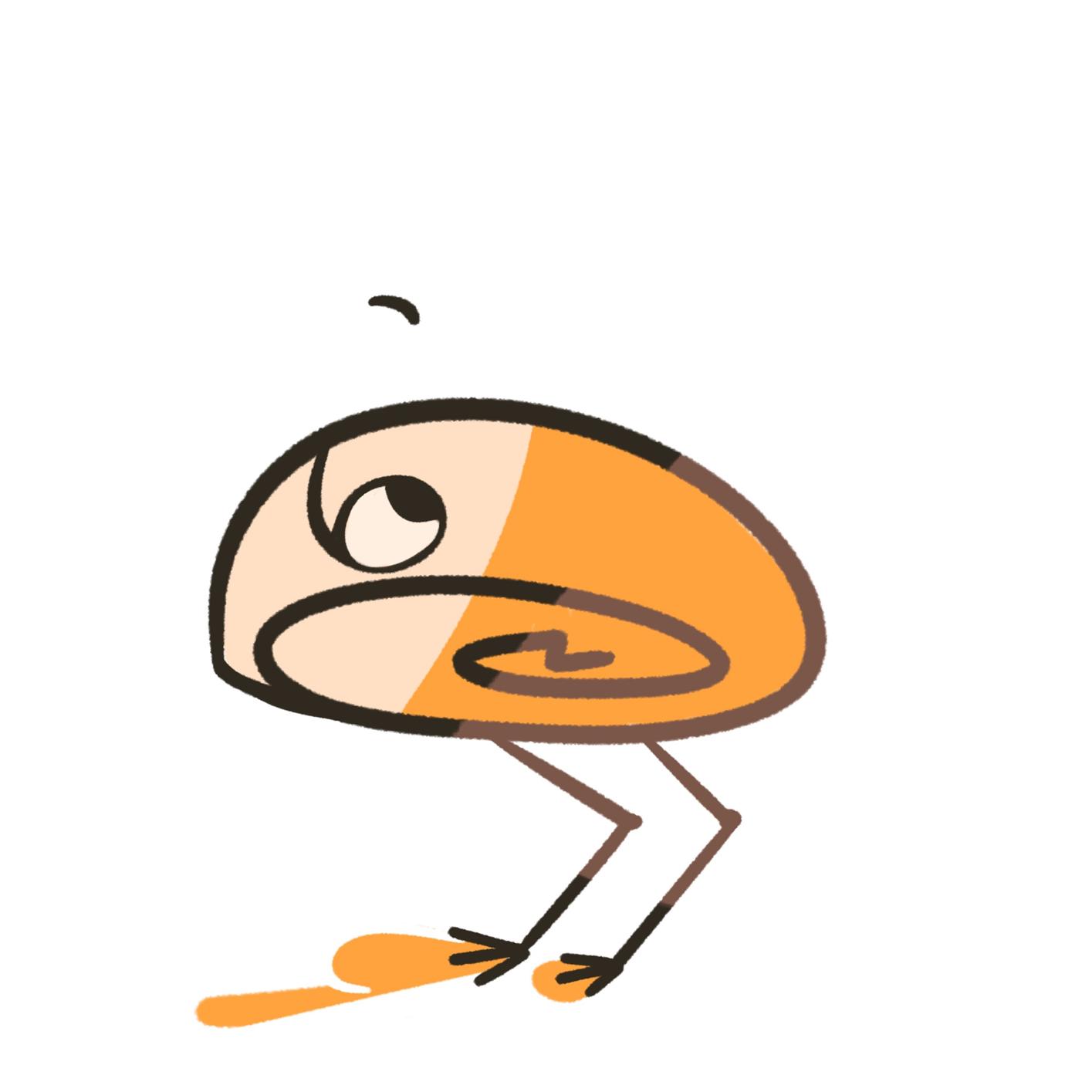
“I feel like it’s always something that you have to say, and it’s a little bit taboo,” Anderson said. “People are afraid to ask [if I’m adopted] if I go out with my parents, but I think it’s something that I live with, so it’s normal to me, I wouldn’t be upset and people shouldn’t be afraid to ask about it because talking about it helps me process it and will help other people feel more comfortable.”
Anderson loves her family, friends, the connections and the life she has built in Ann Arbor and doesn’t have anything she feels is missing. She does not plan, or want, to meet her biological mom because she already has a team of people on her side and she is healing.
27
“My family is here, and my family is the people that I live with, the friends that I have [and] the connections I’ve built here.”
A CHS SENIOR PROCESSES THE EFFECT HER ADOPTION HAS HAD ON HER IDENTITY.
THE COMMUNICATOR FEATURE
RYAN SILVESTER
Ryan Silvester is a hockey player. He loves the feeling of the ice under his skates, the wind in his hair as he chases after the puck. He played in his childhood, and then in high school and throughout college, sticking with it even when it got hard. His high school hockey portrait is immortalized in the minds of Community High School students. But he never would have started playing if it hadn’t been for his grandmother.
linois, where his grandparents lived. He and his younger sibling would wake up early in the morning and go downstairs to see their grandmother already waiting for them, a card game set up for them on the kitchen table. They alternated between go fish, memory and other games; Silvester’s grandmother was always ready to play.
With his family scattered all over the country, from Michigan to New Hampshire, Silvester and his relatives have not had a chance to celebrate his grandmother’s life and legacy. They didn’t have a funeral, as Silvester describes them as “not her style,” but they hope to get together in the coming months and commemorate her by doing her favorite activities, like going mini golfing or bowling. They also plan to eat dinner together early.
CHS SOCIAL STUDIES TEACHER KEEPS
GRANDMOTHER’S MEMORY ALIVE THROUGH HIMSELF.
BY RIA LOWENSCHUSS
Silvester traces his roots back to Canada and Iceland, where ice hockey is extremely popular. In 2019, 43.5% of the National Hockey League (NHL) were Canadians, while only 24.8% were American. Silvester connected with his ancestry through ice hockey, but ultimately his true link to his family’s past was his grandmother, who always encouraged him in hockey and in life. When his grandmother died last June, Silvester was lost.
“I was so thankful that I had so much time with her,” Silvester said. “But she was fading, we knew that she was fading, and a lot of my connection to my heritage came from her.”
Silvester’s strongest memories of his grandmother are of her as a caregiver and companion. When he was young, Silvester and his family would drive down twice a year to Il-
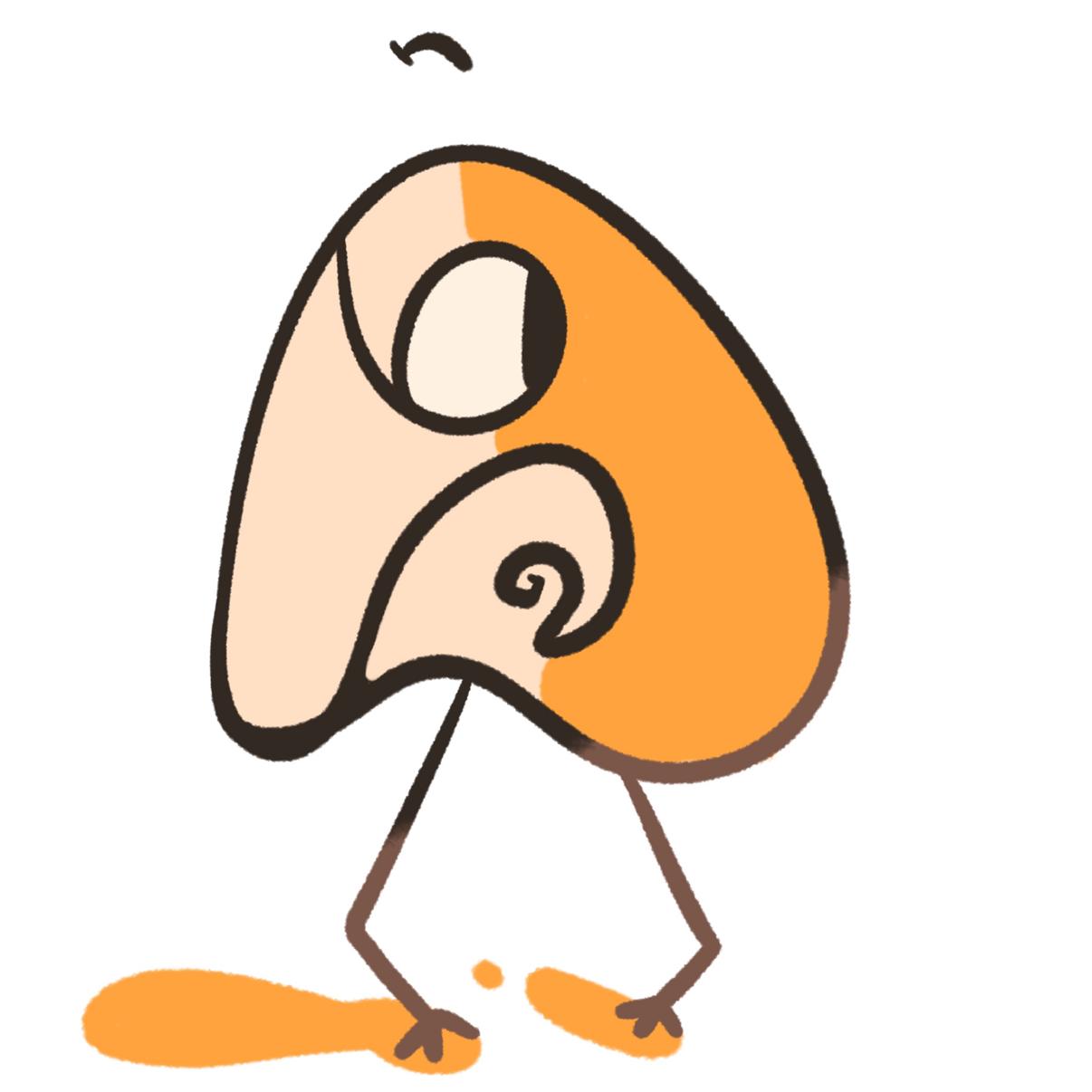 ART BY BEE WHALEN
ART BY BEE WHALEN
“She always loved eating at four o’clock,” said Silvester. “I’m still thinking about her [and that] quite a bit.” Although Silvester no longer plays hockey for a team, he will never forget the years he spent on the ice honoring his grandmother and his heritage. The loss of his grandmother will always be with him, and he will always be healing from it, but he reminds himself that loss is a universal experience.
“Loss is such a challenging thing that every single person goes through,” Silvester said. “There are a lot of different ways that people cope with it and I think it’s just about finding what works for you and reaching out to people when you need it.”
Silvester describes himself as not spiritual, but he still feels his grandmother’s presence with him at all times. He believes that those who die do not really leave the world, and that has given him comfort during his healing journey, especially when he feels his grandmother giving him support and love.
“She is who I am,” Silvester said. “She was part of what defined who I am today and because of that she’s always going to be with me.”
28
HIS
HEALING
“She always loved eating at four o’clock. I’m still thinking about her [and that] quite a bit.”
PAUL KOLLMAN
CHS JAZZ
STUDENT
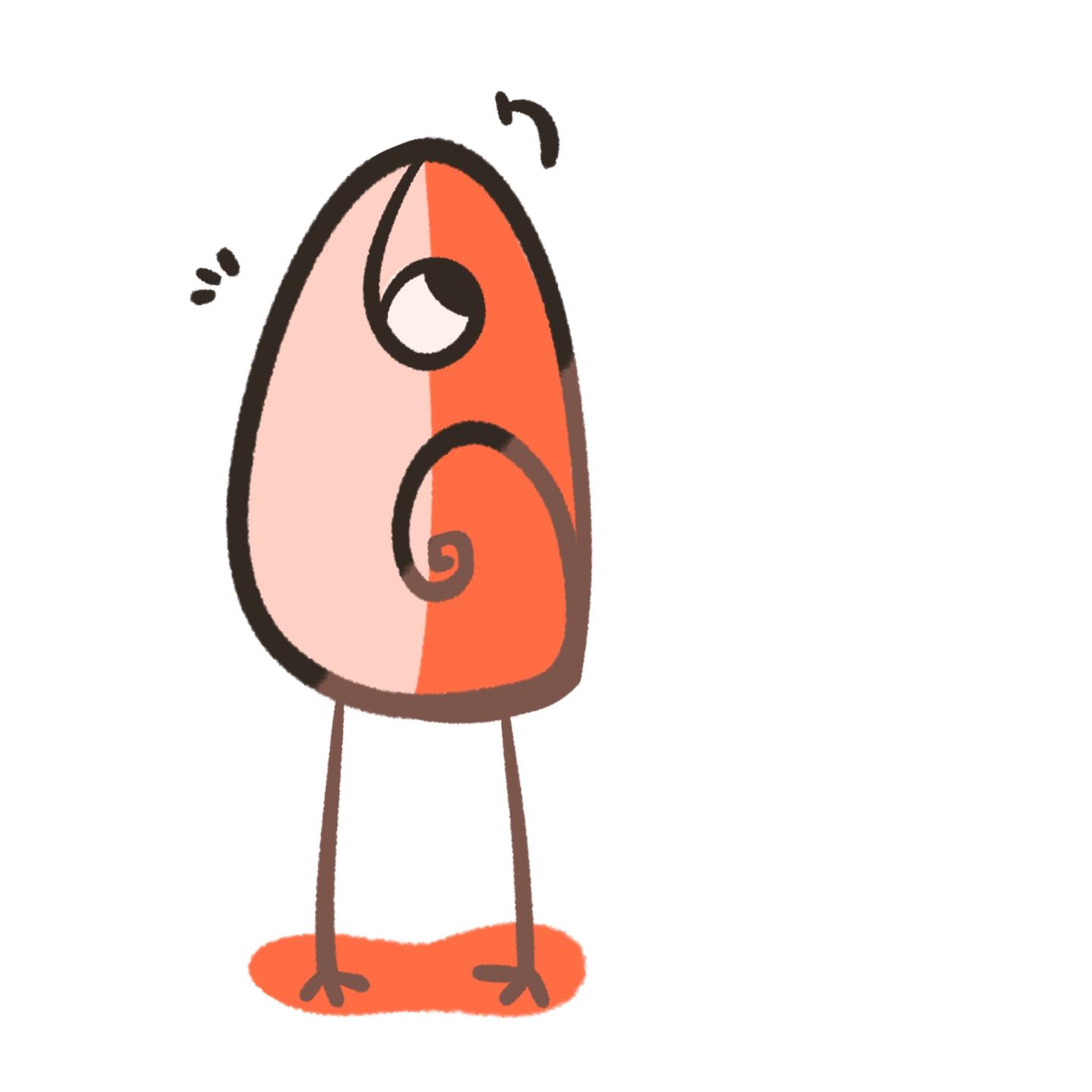
Paul Kollman stands up, breathing one more deep breath right before he plays his solo. He licks his reed; he’s not worried about anything besides the thrill of his music being shared with an audience and the sense of community he feels on the stage. The freedom of making things up as he plays is rooted in confidence and reassurance— an outlet to release stress.
From playing in Carnegie Hall to local venues in Ann Arbor, Kollman releases stress and anxiety in his music.
three hours there. [Now] I can’t go home and play for three minutes ––it’s like a burnout.”
Even though his passion for music decreased, the importance of having music in his life never wavered. Playing music has always been a key component of his life, starting when he was a kid playing piano. Kollman started playing the piano because it was something he wanted to do, but rather being made to. But soon, he found the silver lining of what music means to him.
COPES WITH
DIFFICULT SITUATIONS THROUGH
MUSIC.
BY SAM CAO, MATTHEW CASTILHO AND RUTH SHIKANOV
Kollman is a senior saxophone player in Community’s top jazz band. Playing and listening to music around the city is what makes Kollman himself.
The excitement that Kollman got from performing on a stage was put to a halt when the pandemic began and being in isolation became the norm. Kollman could no longer play with the jazz band in person, or attend his music classes at Pioneer High School (PHS), but that did not stop Kollman’s passion for creating music. Since he could not play in a band, Kollman decided to shift his focus to becoming a better musician
“I just think at a certain point, I was like, ‘I enjoy this’,” Kollman said. “I do it because I enjoy it, not because someone’s telling me to.”
Recently, Kollman impulsively purchased a ukulele with the intent of messing around and having fun learning a new instrument. Strumming his fingers along the strings, Kollman found himself gravitating towards jazz on the instrument and playing previous songs he learned from the past, by ear. There is no pressure to sound the best or to have the utmost technique for Kollman: it’s purely for enjoyment.
“I use [the ukulele] specifically as a way to de-stress because it’s less effort,” Kollman said.
Seemingly, the ‘small guitar with nylon strings’ presents a different sound than the saxophone with its dainty, bright harmonics. Kollman has found this to be gratifying.
“The sound is ‘homey’ to me,” Kollman said. “Certain ballads and softer, more reflective songs that I can sort of make my own are comforting rather than [something] super fast.”
Music has always had a place in Kollman’s life and has shaped him into who he is today.
and learning different techniques. Kollman would strive to wake up in the morning and immediately start playing, but he found it to be a hard
“That died down as I had school to do,” Kollman said. “It’s hard to [transition from] taking three music classes at PHS [because] I played for
“The presence of music in my life, it makes me feel more human,” Kollman said. “I feel like without it I don’t know what I would do.”
29
“I just think at a certain point, I was enjoy this.’ I do it because I enjoy it, not because someone’s telling me to.”
THE COMMUNICATOR FEATURE
BECKY BRENT
A CHS HEALTH TEACHER STRUGGLES TO GRAPPLE WITH THE UNEXPECTED PASSING OF HER
FATHER.
BY SERENA O’BRIEN
Becky Brent’s father showed his first signs of illness in the midst of a wedding ceremony, his speech becoming slurred, his steps stumbling. Fearing a stroke, Brent’s family took him to the hospital, where he was soon administered a brain scan
“[The doctors] came back within 15 minutes and told us he had a tumor in his brain,” Brent said.
Her father had his first appointment with the neurologist a few days later—the tumor had already doubled in size.
“By the time we got to that first appointment he had already lost his ability to complete full sentences,” Brent said. It had only been a few days since his initial diagnosis. In the face of the cancer’s rapid onset, her father made the choice not to pursue treatment.
“[It’s] the interesting thing about feelings, [that] you can be feeling multiple feelings at one time, all at different levels of intensity,” said Brent, choking up. “I was angry. I was really angry at the entire situation. I was sad that we had no control.” She half-smiled. “I respect my dad so much and respect his decisions so much that I respected his decision even though it was hard
for me. Even though I probably wouldn’t have chosen that for myself. Or for him.”
Just six weeks after his first symptoms, her father passed away from glioblastoma — a hyper-aggressive form of brain cancer.
In the three weeks before his death, Brent moved in with her mother to help care for him.
“I felt I was able to give him all of myself in his greatest time of need— like he had done for me so many times as I grew up,” Brent said. She and her mother remained with him until his last breath.
“Let me tell you,” Brent said. “I pulled on all of my wellness tools, all of my studies, all of my decades of experience [to cope with this].”
She took three months unpaid family medical leave to make sense of what had happened.
“So many things at that time just became so clear to me,” Brent said.
“So many of the things I was wasting my time worrying about—I decided I never wanted to waste time like that again.”
She started reorganizing her personal life, then reorganizing her physical belongings, removing all the extraneous things in her life—all
ART BY BEE WHALEN
the things that had stopped bringing her joy.
“It felt really cathartic to go from space to space in our home and just say, ‘You know what? This isn’t happiness for us anymore,’” Brent said.
She helped her mother clean house too, sorting through her father’s items, making funeral arrangements and talking it all through together.
“It took our relationship to a whole new level, where it’s almost not like mother and daughter, it’s almost more like soul to soul,” Brent said. She refocused on her family, playing with her kids, and with her dog, but healing wasn’t always collaborative for Brent.
“There were days that I didn’t really feel like doing any of that,” Brent said. “I didn’t feel like going out, I didn’t feel like seeing anybody, or talking to anybody, or even answering a text message.” She recognized that she needed to allow herself the same space to grieve that she allowed those around her.
“When I was ready to come back to those messages or those phone calls, the first thing out of my mouth was ‘Thank you for giving me the space to grieve, I needed that. But I’m ready now,’” Brent said.
There won’t ever be a time when she stops thinking about him, or being reminded of him, but the intensity of the emotion has dulled.
“I can talk openly about it, usually without crying,” Brent said ruefully. “Though sometimes I still tear up.”
Though she mourns what she’s lost, it doesn’t always have to feel as painful.
“I feel like what I’ve learned outweighs the grief of the loss,” Brent said. “And I always feel like he’s still kind of with me, you know? It’s strange—it’s strange, but I feel like he’s still kind of here.”

30
HEALING
Bella Stevens experienced her first concussion at the age of eight years old. Five concussions later, the now CHS senior has committed to play soccer at a top tier school.
Stevens continued to play through concussion after concussion, until she was finally forced to stop.
During her junior year, Stevens experienced a secondary concussion and additional brain trauma all within the month of September.
After the initial concussion, Stevens experienced a constant headache with little to no relief. After the second one, she struggled with basic reading and listening comprehension.
The severity of these symptoms should have forced her to pause competing in soccer. However, Stevens’ coaches wanted to win, this meant Stevens in the goalie position.
The first few matches of the season would be essential to securing the team’s spot in high level tournaments. Stevens refused to throw away everything she had worked for during pre-season.
Unfortunately, during one of these showcase matches, Stevens took a blow to her cerebral cortex. She began to experience extreme disassociation which would evolve into depersonalization throughout the following months. Stevens attempted to vocalize her concerns, but coaches refused to take her seriously insisting that she continue to play.
“I couldn’t view the world the same,” Stevens said. “I didn’t feel real and the world around me didn’t feel real.”
When it comes to healing from a concussion, Stevens was told by her doctors that they had little information on the process. They explained that recovery would vary from person to person, and Stevens would need to feel it out for herself.
“In the beginning, I was right there with [my coaches] pushing myself,” Stevens said. “I was actually pushing myself more than them.”
As she continued playing, Stevens’ executive function and physical condition deteriorated. Against the wishes of her head coaches, a goalie training coach forced her to stop. During practices, this coach noticed Stevens struggling to stand or even make it through warm up drills.
Stevens was benched for nearly two months, missing showcase matches and countless recruitment opportunities. Without support from her coaches or teammates, Stevens was falling out of love with soccer all together.
“At some point they just gave up on me and I felt like I had no one in my corner, ” Stevens said. “I wasn’t even a person anymore. My own label and identity was just my injury— that was not even visible.”
If Stevens was going to get her life back, something needed to change. It was during this low point that Stevens met someone, her now girlfriend, who reminded her that healing was worth it. This built the motivation to get her grades up and rebuild her mental and physical health.
Stevens began changing her cop-
ing mechanisms and doing everything in her power to further her recovery. Whether it was hours or PT or constantly tracking her BPM. Slowly, Stevens did heal. Although the damage done to her brain would never fully disappear, Stevens was able to start training for soccer again and keep her grades up in school.
Stevens learned three main tools to aid the healing process: time management, prioritizing recovery and planning ahead.
In late April of her junior year, Stevens had a skate-boarding accident that resulted in her most recent concussion. Although she was initially terrified of losing all of her recovery progress, Stevens soon discovered that this injury would not set her back. She would not slip into another patch of demotivation and depression.
She would push through this injury straight till the end of her season. College soccer had been pushed to the back of Stevens mind, until an unmissable opportunity presented itself.
Stevens was offered a position at her dream college—a top tier school. After overcoming six brain injuries, Stevens is committed to play soccer in college.
BELLA STEVENS
A CHS SENIOR OVERCOMES MULTIPLE CONCUSSIONS ALONG THE PATH TO COLLEGIATE SOCCER.
BY SANA SCHADEN

31
THE COMMUNICATOR FEATURE
Resources in a Time of Desperation
By Lucia Page Sander, Claire Lewis and Clara Freeth
Many CHS students do not know where to go if they encounter mental health issues.
“I don’t know where I would go if I had mental health problems,” Sam Austin, a CHS sophomore said. “That’s definitely a problem.”
A problem that stems from an under-promotion of the support systems we have.
According to its mission, CHS strives to enrich the community by supporting and developing students in every way possible. In today’s world, where mental ill-
nesses are extremely prevalent, a school as resource-rich as CHS still has its assets going unused.
One overlooked resource is the CHS counselors. They are trained to discuss and promote mental health strategies to manage everyday stressors and are always open to schedule one on one discussions.
“I wish that more of my job was more centered around mental health,” Kelly Maveal, a CHS counselor said. “I very much love addressing the mental health needs of our kids… I prefer it to the scheduling
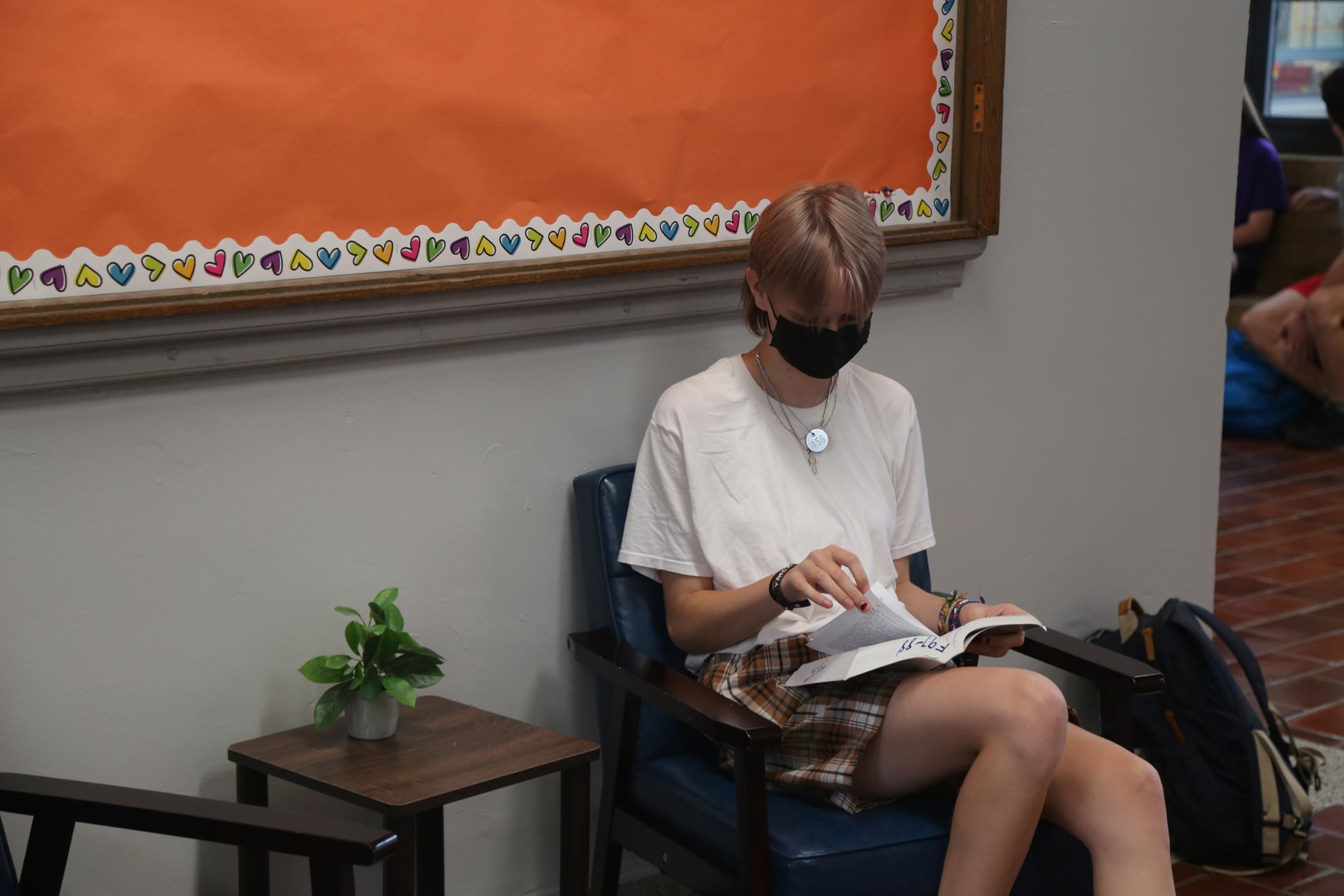 BY RYAN THOMAS-PALMER
BY RYAN THOMAS-PALMER
and paperwork side of things in counseling.”
Three weeks into her first year at CHS, Maveal has been astounded by the culture of the school and the community’s ability to lift each other up.
“I’ve just been blown away just by the empathy and the positivity that’s been pouring out [of CHS],” Maveal said. “The student interactions I’ve seen make for a really ripe opportunity for our students to be helpful to their peers who are struggling”
Maveal plans to take advantage of
32
As mental health leaps to the forefront, utilizing support is critical for CHS students.
ART
Photography courtesy of Lucia Page Sander A CHS student reads at a self-care station. DAG has set up four self-care stations around CHS. “One of our bigger projects last year was setting up self-care stations,” Fetter said. “We hope people can use them as a place to de-stress throughout the day.”
ilar changes. While she appreciates that no two people’s experiences are the same, Maveal has distinguished common themes. Through surveying students via the counseling office they plan to invite students to be part of smaller support groups.
Additionally, Maveal and her counseling counterpart, Brian Williams, are taking initiative to make forum a stronger support system. They’re working closely with forum leaders to create digestible lessons that are relevant to challenges in students’ lives. Maveal hopes that by putting resources right on the desks of forumettes, they will be better equipped to handle sudden challenges.
Among the new opportunities on the horizon there are also existing resources, like CHS’s Depression Awareness Group (DAG). DAG is a club that works to discuss and address concerns they have for the student body, determined by an annual survey.
Last year, DAG was instrumental in setting up self-care stations
around CHS and organizing Lunch and Learn sessions featuring various guest speakers. The sessions covered subjects from burnout to time management and relationship building — all necessary skills for teenagers. DAG hopes to run Lunch and Learns again this year.
“[DAG is] just a great club to join,” said Lila Fetter, DAG member. “Especially if you have a passion for mental health, or if you struggled with it yourself and want to help other people.”
DAG meets Wednesdays at lunch and is eager to welcome new members.
While the world has woken up to the reality of mental illness over the course of the past three years, there is still stigma surrounding the topic. It is a consensus between mental health advocates at CHS that this stigma intercepts students before they can reach the multitude of mentors and resources here.
Becky Brent’s solution?
A realization that everyone needs help, and that help exists where we live and learn — if you have the courage to seek it out.
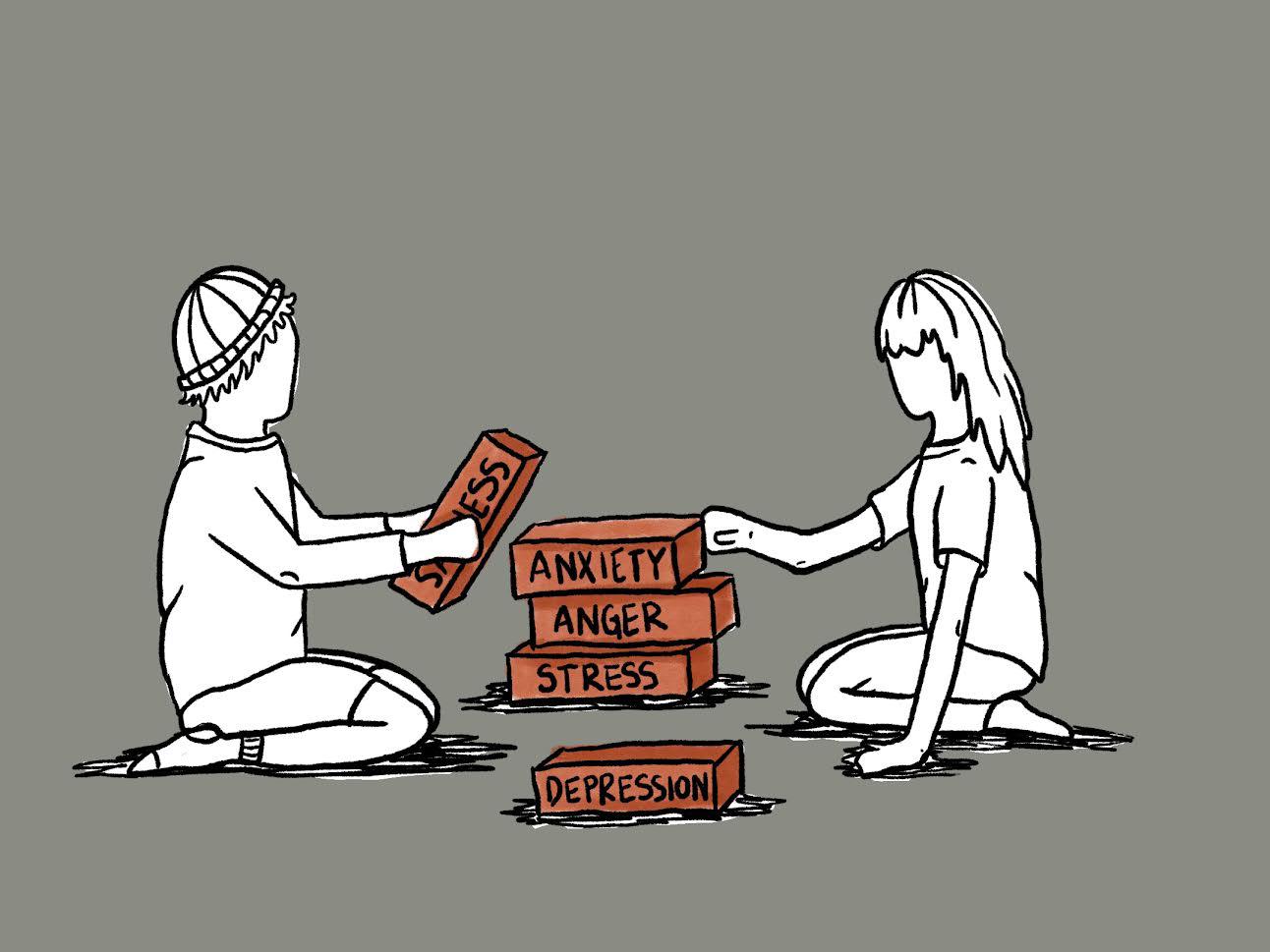
33
FEATURE
“I don’t know where I would go if I had mental health issues. That’s definitely a problem.”
THE COMMUNICATOR
Italy and the Eternal City: A Trip to Last a Lifetime
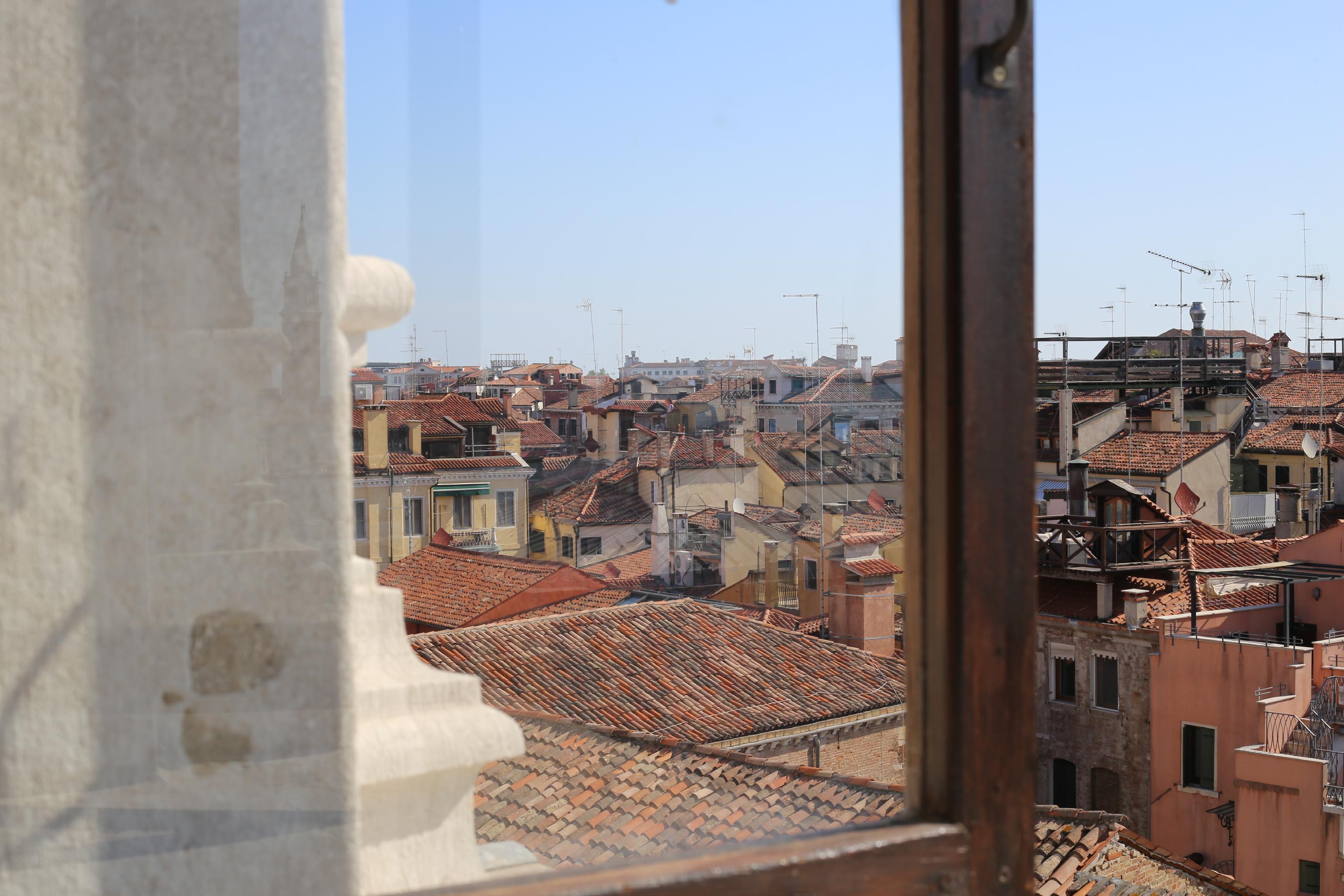
Steve Coron begins his retirement alongside his former students with a tenth trip to Italy.
By Serena O’Brien
Kevin Davis, CHS community assistant, sat across from Steve Coron in the Kerrytown courtyard as Kate O’Brien, a former CHS student, stood laughing beside them.
They were discussing Coron’s
long standing guided trip to Italy, born out of his love for Italian art and architecture, which he offers to his Italian Arts and Culture classes. The trip is an independent study, which turned into an enormously

popular CHS course.
“All I know is that [O’Brien] went from, ‘here I am, being nice and polite,’ to wearing leather mini skirts, and jackets, hats and boots on like the second day,” said Davis, recounting how O’Brien came into herself throughout the course of the trip. She attended the Coron’s trip to Italy in 2010.
“I got to hang with these crazy guys,” said O’Brien, gesturing to Coron and Davis. “And I still dream of that sandwich we had in Orvieto.”
Over a decade later, and despite running into each other by complete chance, the three still reflect fondly over their time spent travel-
34
ing together. Coron’s favorite part of the trip is always the people: from his students and coworkers to the people they encounter throughout the trip.
“The best thing for me is to watch others’ experiences and then share their emotion; their passion, their exuberance,” Coron said. “Someone asked me the other day, ‘So what kind of art are you doing now?’” Coron responded that his art form had become “international travel to Italy with students.”
“That’s my art form now, to take people places—like this place—and show them this stuff,” Coron said. And it makes an impact. Coron recently reconnected with another
former student, and trip attendee, who has since begun a teaching career at the University of Rome.
“She just couldn’t get enough of Italy,” Coron said. “She said, ‘Oh yeah, you hooked me Steve. This is real.’”
Coron ended his 19-year teaching career at CHS with his tenth trip to Italy alongside his final in-building Italian Arts and Culture class. Sixteen students chose to join Coron on the near five thousand mile journey, accompanied by Beth Portincasa, Kevin Davis, and Luciana Qu.

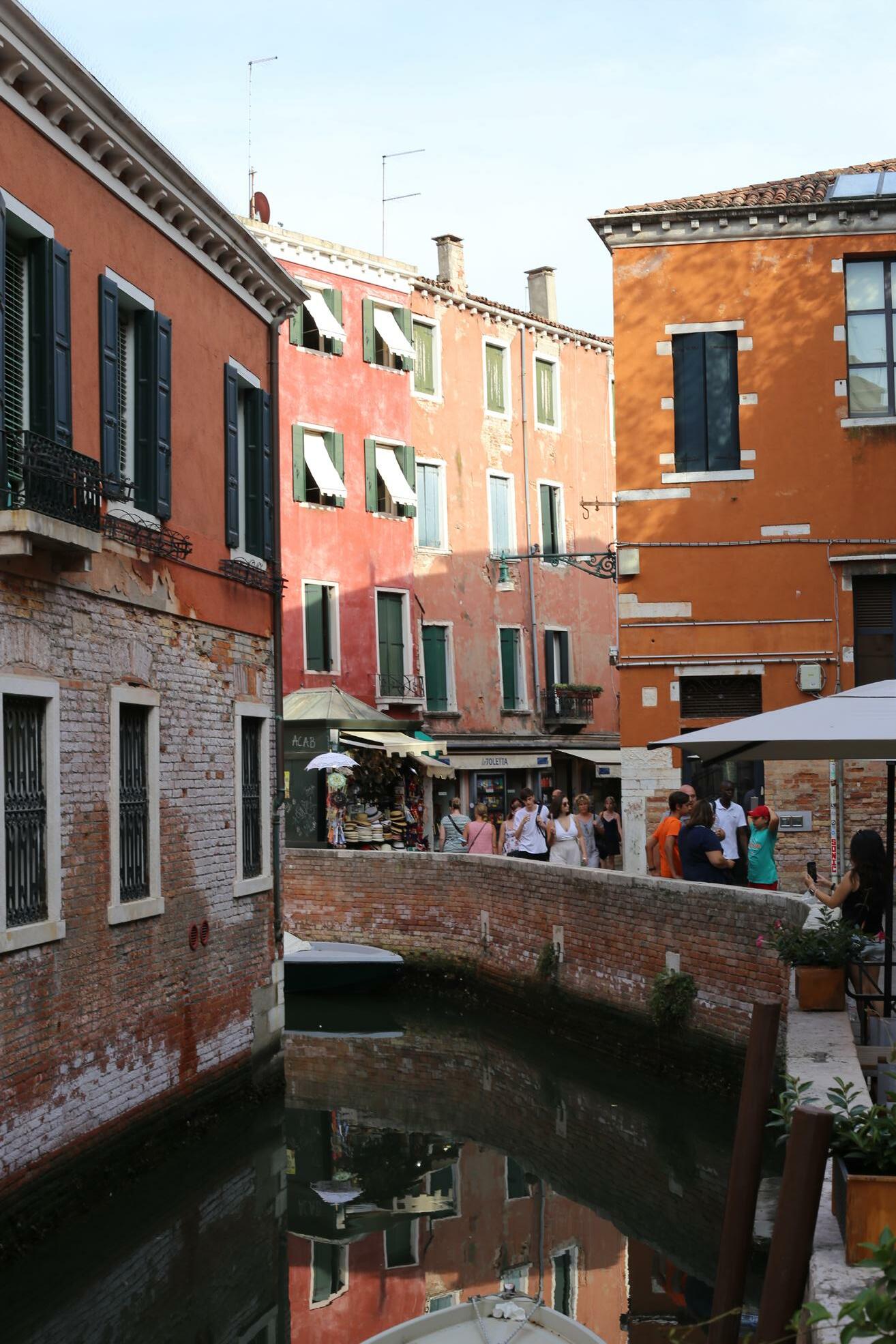
“[Coron] said it was a must do,” said Portincasa, a CHS art teacher. When she first started teaching with Coron four years prior, she remem-
bered how he transformed after returning from Italy.
“After talking to [Coron], I went to Rome [myself] and it just wasn’t enough,” Portincasa said. When she learned about the details of the upcoming trip to Italy, she decided she needed to be there. The opportunity to see so much art, explore a variety of cities and to fully immerse herself in the culture was irresistible.
“[It] just got me so excited that I was ready to leave my family and go,” Portincasa said.
The group began in Rome, proceeding through Sorrento, exploring the ruins of Pompeii, then through Florence and finally concluding the
35
FEATURE THE COMMUNICATOR
trip in Venice.
This was the first of Coron’s ventures to take place in the summer, and though the heat and crowds took a toll, the group made the most of it, spending hours swimming through a grotto near Naples, immersing themselves in Ancient Roman culture at gladiator camp and sampling all the gelato Italy had to offer.
Among the students on the trip was Ryan Thomas-Palmer, a CHS senior. Thomas-Palmer had never experienced much regarding Italian culture, but she had been hearing about the well-renowned Italy trip from her father, a CHS teacher, since she was young.

“I knew that I wouldn’t really have that opportunity again,” Thomas-Palmer said. She and her family had to take the expense into account, but they knew that it would be a worthwhile experience.
Thomas-Palmer, an aspiring artist, was most interested in the arts portion of the class. She was inspired by the environment, and, although the itinerary was packed, was able to create some observational drawings over the course of the trip.
“[The culture] was embedded in everything we did,” said Portincasa, commending the expertise and attention to detail of their tour guide.
“[The guide] was from Rome, lived in Rome, knew [all these] little
hidden secrets, and shared [them] with us whenever we went by anything,” Portincasa said.
The tour included after-hours activities, with smaller groups exploring the various cities.
“Every corner you turn there was just something enlightening,” Portincasa said.
Along with the guided exploration were multiple opportunities to freely wander the different cities—allowing for more hands-on cultural experiences. For Thomas-Palmer, her free time resulted in some of the most meaningful experiences of the trip, including a day spent lounging in the Italian sun on a beach in Sorrento and an evening basking in

36
the light emitted by the Duomo in Florence
Coron remembers his first trip to Italy like it was yesterday: meandering down the Via del Corso, a main street through Rome’s historic district, he was overwhelmed by the vision the city painted.
“I was standing there looking at this stuff that I had been studying and marveling at my whole life,” Coron said. “And I just started crying. Just lost it.”
Coron believes that traveling with a diverse group allows for unparalleled possibilities to discover new
things about yourself and others, as well as providing an opportunity for students to form lasting connections and to experience Italian culture more intimately. Italy changed Coron’s life, and he hopes to continue to share that with students.

Although Coron no longer teaches full time at CHS, the trip will continue as he guides his students through the country’s cultural landmarks. The upcoming March trip is open to any interested students, regardless of their Italian Arts and Culture experience; the class is no longer a prerequisite to attend.

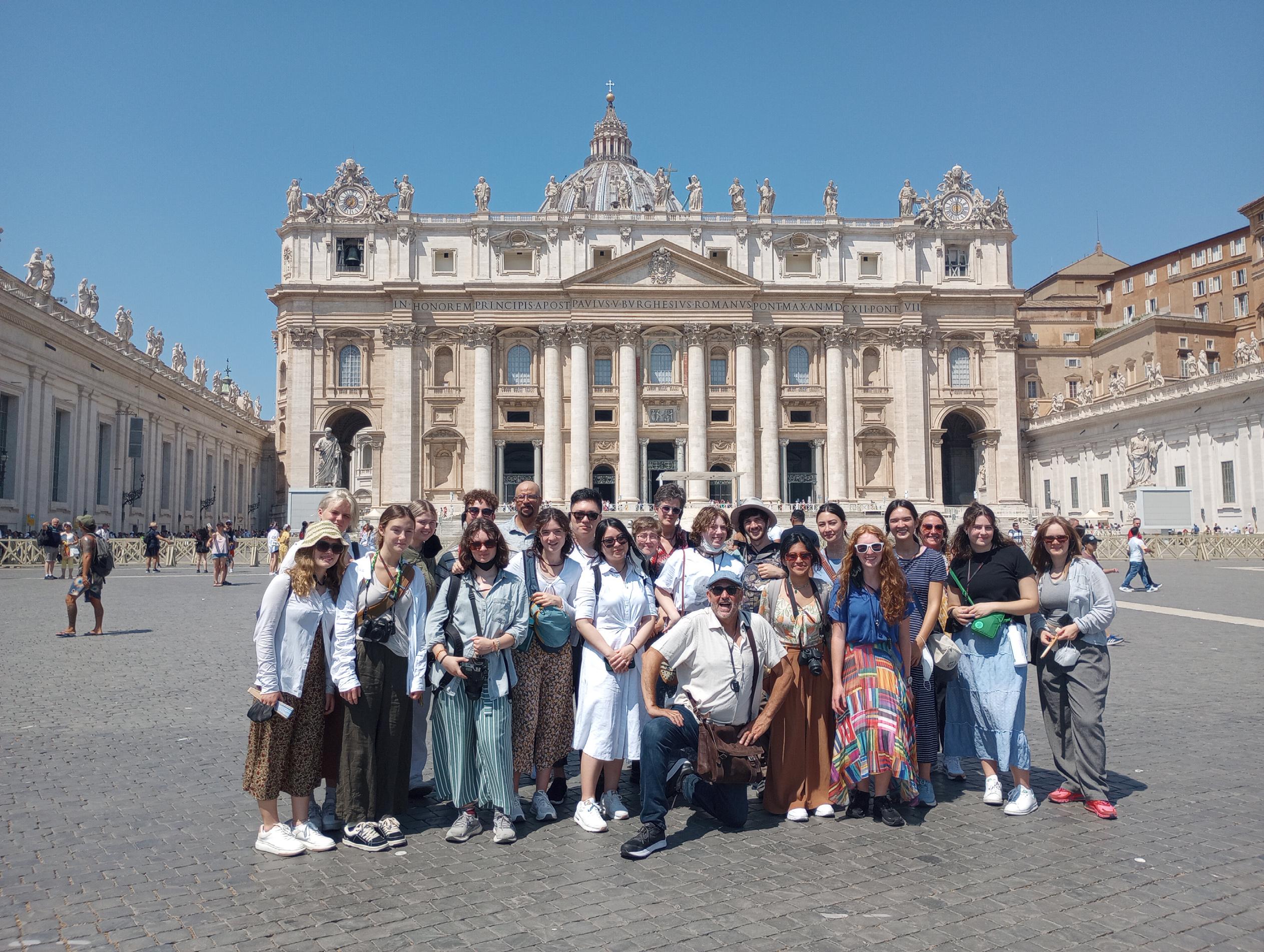
37
FEATURE THE COMMUNICATOR
Photography by Ella Rosewarne Scenes from the 2022 Italian Arts and Culture trip to Italy. The trip was undertaken by 16 CHS students and was guided primarily by Steve Coron, alongside Beth Portincasa, Luciana Qu, and Kevin Davis. ““That’s my art form now, to take people places—like this place—and show them this stuff,” Coron said.
Meet Hannah Crabtree
By Rita Ionides
A light-filled, paint-stained classroom tucked away in the southwestern corner of the first floor, has a new teacher in residence. Smiling, plaid-clad Hannah Crabtree is the newest addition to the Community High School Staff.
Crabtree, an Ohio native who recently moved to Ypsilanti, taught at other alternative schools before coming to CHS. To them, the grind of deadlines, the busywork and the constant undertone of being taught how to comply with authority associated with a regular school are detrimental to learning. Instead, the schools they prefer to teach at are based on mastery of a subject, as opposed to strict testing. Schools that allow for nontraditional teaching methods and encourage relationships with teachers align with their values personally and professionally. Especially for teaching art, Crabtree thinks their chosen subject should never be a heavily-graded, transactional class only taken for credit. They see appreciation for art and creativity beyond the classroom as something that can only be gained through flexibility in class.
“[Art] is a very dynamic classroom to be in because there’s a lot of openness to the class, just due to the subjectivity of art,” Crabtree said. “There’s a lot of different directions to go in. That’s what the point of art class should be, I think, is to encourage people to go in different di-
38
The newest member of staff weighs in on teaching art, alternative learning, and their first impressions of the CHS community.
A
rections, find their own path, figure out what interests them, and what gets them feeling excited about creativity. It should never be just checking boxes and doing the rubric.”
On the first day of school, Crabtree asks each student to introduce themselves and how they feel about taking an art class. Everything from “I just need to graduate” to “I fill a sketchbook every week” is fair game, and Crabtree works with both kinds of people every year. They feel strongly about encouraging the internal, introspective aspect of making art as opposed to looking for external validation — in fact, it’s the part of the class that means most to them.
“My favorite part about teaching art is that it gives students a chance to connect with themselves that a lot of times doesn’t exist directly in other contexts,” Crabtree said.
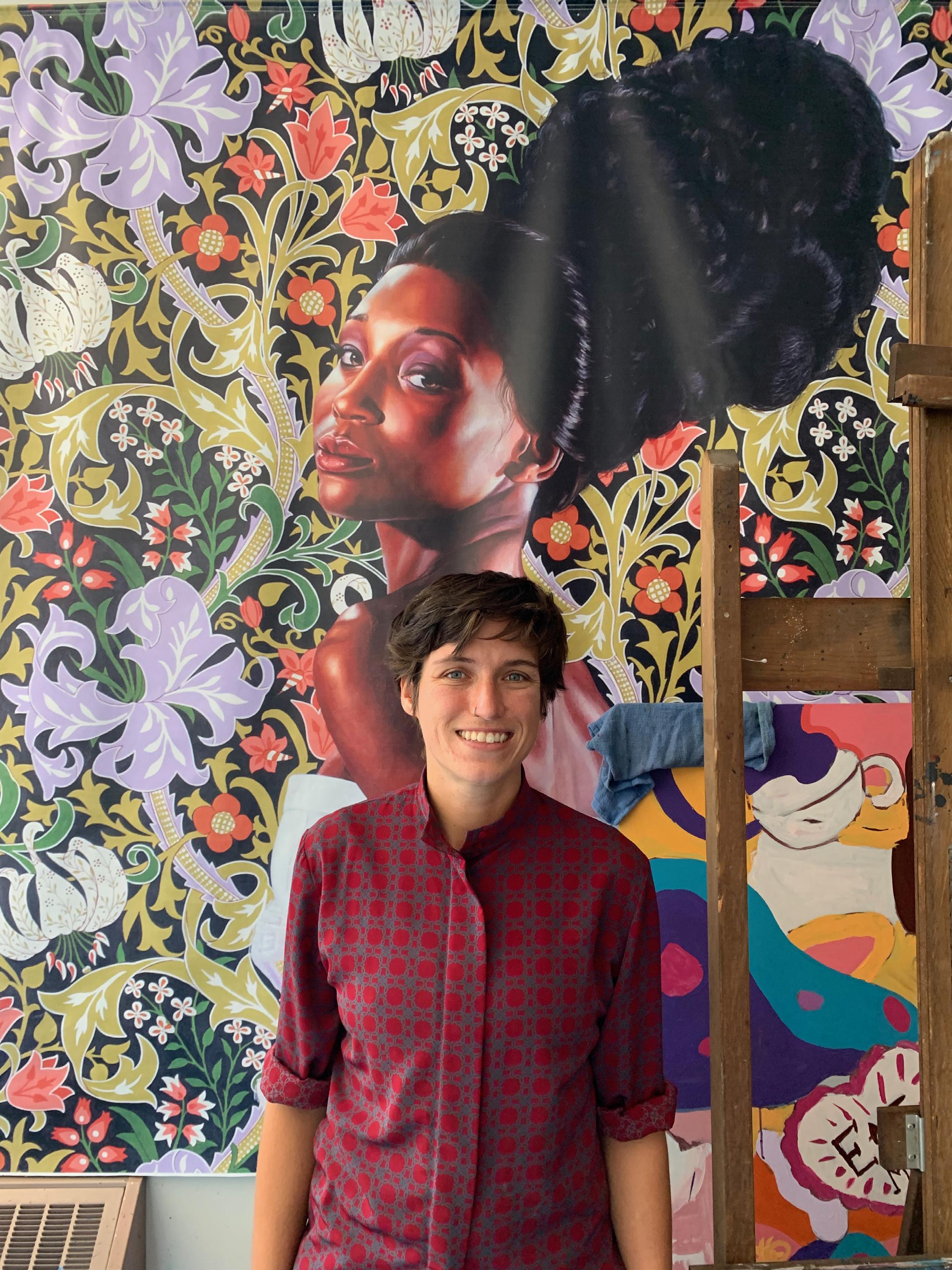
“A lot of the time, self expression isn’t valued like ‘hard skills.’ But I think we saw, especially over the pandemic, that there’s a lot of merit in learning about the socio-emotional aspect of yourself. So art can be such a catharsis for people, and such a way to bring people together.”
Crabtree has been interested in getting to know CHS students and the way they interact with one another within the school. So far, the impression has been mostly positive.
“I’m impressed that a lot of students have this intrinsic collaborative nature to them,” Crabtree said. “I see people that are going out of their way to be community-minded or that are doing things to help others and support the group. Nobody tells them to do it, it just seems like an instinct.”
As drop-add ends and the rhythm of the year’s normal schedule sets in, Crabtree is getting to know the school and the way its students work together better, and throughout the year, they’re going to have lots of time to continue to form relationships and get to know the building and its denizens.
“[Community] really aligns with a lot of things I value as a person and as an educator,” Crabtree said. “And there’s so much opportunity here: with the way the school is set up, there’s just so many different directions to take that I’m very excited to have the time to get to know people and explore. This really seems
39
FEATURE
That’s what the point of art class should be, to encourage people to go in different directions, find their own path, figure out what interests them and what gets them feeling excited about creativity. It should never be just checking boxes and doing the rubric.
THE COMMUNICATOR
Photography by Rita Ionides Hannah Crabtree poses in the brightly-colored art room. They love teaching art for its flexibility as a subject— encouraging people to find their own paths to art is what their class is all about.
Chronic Illness Isn’t (a) Uniform
It isn’t always seen, like a navy blazer, and its impact changes from person to person.
By Arista Luong and Lucy Cassell-Kelly
When Clare Martin-Schwarze, CHS junior, was diagnosed with amplified musculoskeletal pain syndrome (AMPS), she was relieved.
It had been four months since her symptoms first started. She was woken up one morning by a stinging pain in her shoulder. She initially brushed it off, hoping she had just slept funny. But the pain didn’t go away—it spread.
During the fall of 2021, Martin-Schwarze’s discomfort progressively worsened. By December, Martin-Schwarze was in constant, excruciating pain. Mundane activities, like playing piano and walking up the stairs, suddenly became agonizing.
Throughout the next three months, Martin-Schwarze was a regular at her doctor’s office. She couldn’t sit through a full day at school: walking through the halls was exhausting and sitting at a desk felt like being stabbed in the back.
A single thought persisted in her mind: ‘What is happening to me?’
“I had two doctors tell me, ‘Well, you’re a growing teenage girl, it’s probably growing pains, it’s not all that serious,’” Martin-Schwarze
said. “Both of these doctors were men and I felt written off by them. [Then] I went to a [female] medical professional and she believed me and took me seriously. [It] was this huge wave of relief, just to know I wasn’t crazy.”
After the initial relief, Martin-Schwarze realized with all of the answers her diagnosis provided, new questions arose.
AMPS affects the way the body perceives pain; when registering an uncomfortable movement the pain receptors notify the neurovascular nerves, sending the nerves into overdrive. The nerves constrict and cut off oxygen and blood flow to the bones and muscles, leading to an excess of lactic acid and other waste products. Discovered in the early 2000s, the understanding and treatment of AMPS is still in the early stages. Access to inpatient treatment and specialists is incredibly limited. Luckily for Martin-Schwarze, the University of Michigan has one of the country’s few intensive outpatient facilities.
In May 2022, Martin-Schwarze began to attack AMPS head on. Since Martin-Schwarze’s nervous system perceives normal actions as painful, she must trick it into thinking otherwise. By performing the same uncomfortable movement repeatedly, eventually, her body will no longer register the action as painful.
“[The change has been] night and day,” Martin-Schwarze said. “I was a healthy, typical kid and for the past 10 months, every week I’ve had at least two medical appointments. I’ve seen over 20 doctors; I’ve had MRIs, X-rays, blood work and EKGs; I’ve done 22 weeks of physical therapy; I stopped being able to attend school full time. I was very passionate about music. I played piano and violin. I had to quit both [because of] this.”
Martin-Schwarze’s new treatment plan has given her short moments of relief from her constant agony. After an intense exercise session or a particularly successful appointment, Martin-Schwarze’s body is overloaded with stimulus, giving her five glorious minutes of respite. Even as she improves, it’s hard to stay positive.
“The staff kept telling me that after treatment many people find they’re pain-free in five years,” Martin-Schwarze said. “And I was like, ‘That’s college.’ I’m trying to make it through my last month of my sophomore year, I can’t think about five years. It was hard to come to terms with: this could be with me forever. Will I be able to graduate high school? Will I be able to go to college? How will I be able to work a job? It really changed my outlook on my life.”
In 2017, Stacey Simpson Duke, Minister at The First Congregational Church of Ann Arbor, mentioned a marble-sized lump in her upper thigh to her doctor. After an ultrasound and additional imaging, spots were also discovered in her lungs. Duke’s doctor diagnosed her with a fungal cough common in Michigan and Ohio that leaves scar tissue in the lungs and told her to come back in a year to make sure her scans looked the same. When she returned a year later, the spots had grown in size and number and spread to Duke’s liver; the marble-sized mass was a cancerous tumor. A year after her original misdiagnosis, Duke was diagnosed with metastatic leiomyosarcoma.
Leiomyosarcoma is a rare type of cancer that originates in smooth muscle tissue, such as the digestive
40
Everyone’s unique, so tell me: what is this like for you?
system and blood vessels. Her cancer was also diagnosed as metastatic, meaning the cancer has spread from the point of origin.
“I was told from the beginning this is not something to be cured,” Duke said. “I think the word incurable is something that can rob people of a sense of hope or agency. But I think that’s because we tend to have [a] kind of black and white thinking, like I need to be a success story. I’ve had so much healing and so many moments of healing, some are physical and some are not. That has been a part of my story over the past five years, there’s not an equal sign between those moments and cure.”
“I’ve had so much healing and so many moments of healing, some are physical and some are not. That has been a part of my story over the past five years, there’s not an equal sign between those moments and cure.”
For Duke, many of these healing moments were found in instances where she was not focused on cancer. While much of her life was characterized by her disease, Duke felt it was even more important for the moments of normalcy to reflect who she truly was. Cancer was not her identity — it was merely her diagnosis.
Duke’s blog, “Beyond,” helps her express her thoughts and feelings clearly and allows her to see how far she’s come. Within her online community, Duke found a safe space to relate to others and share her experiences. The posts where she explains the devastating extent of her diagnosis garner the most traction amongst her following; her readers find comfort in her blunt, comprehensive writing.
While Duke leaned on different facets of her identity to remember who she was beyond her illness, she found herself leaning on the people in her life as well. Her husband and two sons grieved, processed and healed alongside her. Her faith has also served as a pillar to lean on.
“My faith was not the kind of faith where if something bad happened, it called everything into question,” Duke said. “I know a lot of people, once they have a diagnosis it shakes everything up. And they aren’t sure if they still believe in God or [think] how could God let this happen? My faith has always been a resource when dealing with bad or good things.”
Sarah Fraley has been a social worker for the last 30 years; she specializes in chronic illnesses and helps patients make the lifestyle adaptations that become necessary with their diagnosis. The new changes that come with a diagnosis can feel just as overwhelming as the presence of an illness. Patients are often met with new challenges; changes in mood and behavior.
“For instance, somebody who is diagnosed with diabetes, [is] confronted with: now you need to eat differently and now you need to take insulin, or maybe you need to be more active,” Fraley said. “There’s lots of lifestyle and medical things that people now need to do. So, behavior has to change.”
For many patients, a change in lifestyle requires some level of loss in their life — loss of activity, nutrition, control — often prompting a grieving period. During this period, while care is administered to the patient’s physical health, their emotional and mental health is often overlooked.
“As someone’s diagnosed, they often don’t get the follow up,” Fraley
said. “I really believe in a holistic approach where you’re looking at, how is this affecting your mental health? How is this affecting your physical health? What are the lifestyle changes? Getting the support of someone in the mental health field can be really beneficial and helpful.”
Mental health providers are an integral part of comprehensive post-diagnosis medical care, often providing life-changing advice for those living with chronic illnesses. However, the number of social workers who specialize in chronic illnesses is incredibly small.
“My profile says ‘chronic illness,’ but you don’t see that in a lot of people’s [profiles],” Fraley said. “But there are people out there. If I [don’t] have space, I maybe know somebody else who does. So I think getting that support is super important. It can be really helpful.”
Fraley encourages people to take care in their phrasing when discussing chronic illness, and to be cognizant of the fact that not all illnesses can be seen.
Duke has found healing in her honesty about her illness; being able to be open about her struggles, failures and hardships has given her an outlet to process her diagnosis. She is a big proponent of not being consumed by the darkness and dealing with the grief that comes with a chronic illness.
“In our culture, we want things to be positive and people to think positive,” Duke said. “There is such a hardcore belief in our society, that if you just think positive, you can make it all better, you can think positively enough that you can heal yourself. I believe in science; if I thought we could all just decide we’re okay by having a better outlook then that would be unnecessary.”
41
THE COMMUNICATOR FEATURE
Opinion
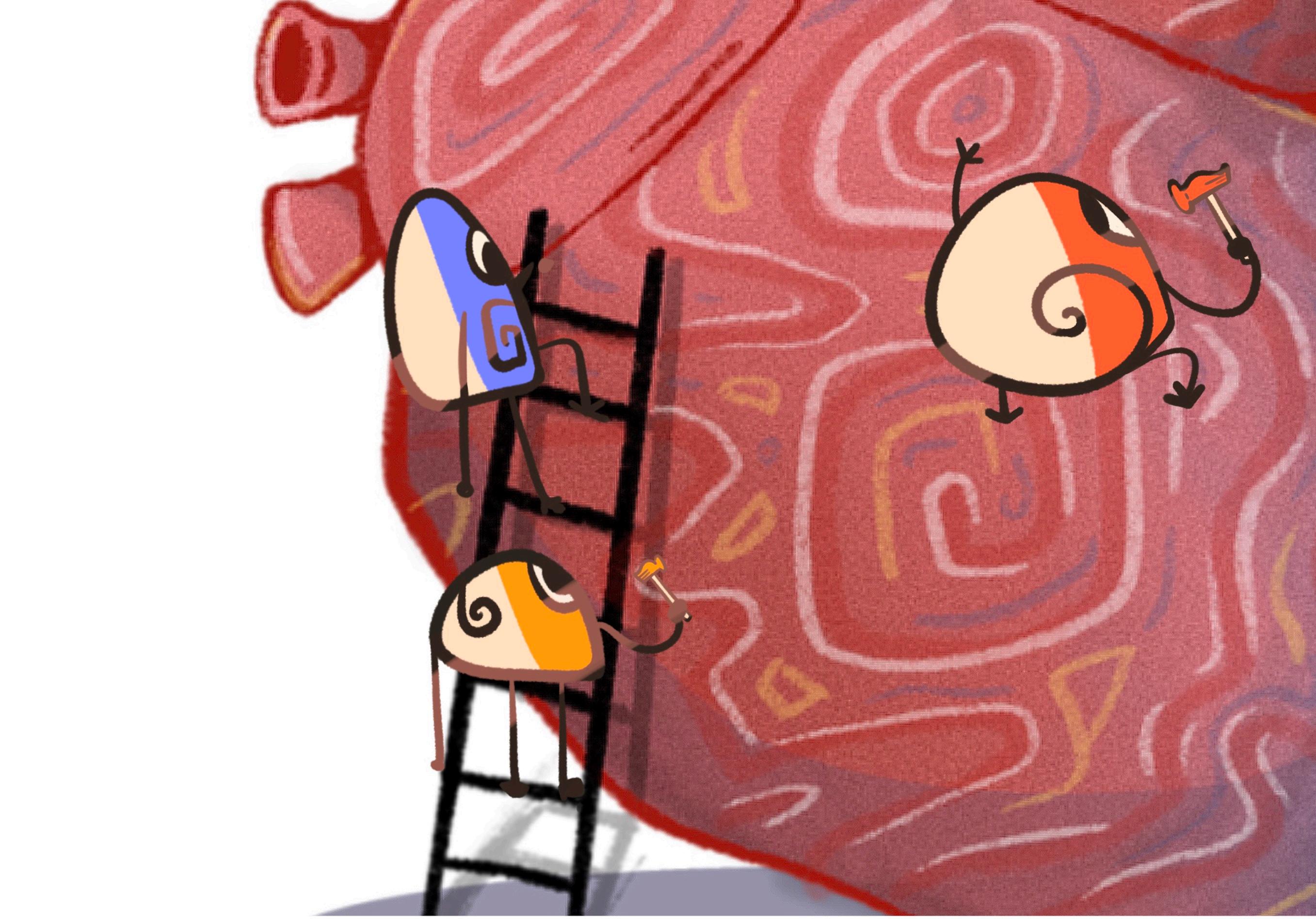
42

A New Community
As we return to a Community still fragmented by the pandemic, we look around to find an entirely new environment. Though it’s easy to mourn the loss of what we had, we must draw upon it to create new traditions, and a renewed Community culture.
44
As our near 600 students return to Community for the fall semester, only a small fraction have experienced Community’s pre-pandemic culture. Though we have all faced individual challenges...
STAFF EDITORIAL
challenges and endured personal losses, Community as a whole has borne its own share of the brunt of the pandemic—losing much of its unique and beloved character over the past few years.
Our senior class remembers Community in its purest, most unmarred form—with a distinct identity setting it apart from the rest of the school district. They recognize how our structure as a school has changed, melting and warping towards more traditional high schools. All that makes Community what it is seems to be hanging on by a thread.
Rifts have opened between grade levels from lack of shared experiences, traditions have evaporated into the empty spaces left by the pandemic and, most noticeably, forums have ceased to become families.
Forum is an intrinsic part of Community High School, especially when we use it how it is intended: as a space for connection, collaboration, and growth. We deserve a space in this school where we feel completely at home and at ease. With the drastic turnover in staff, fewer and fewer forum leaders come into the role knowing what forum can be, leaving them just as lost as our students when it comes to restoring forum to its legendary reputation.
We are left grasping at an image of Community that we have never truly gotten to see, questioning how to move forward, agonizing over how to rebuild and hoping for a miracle to bring us back to the pre-pandemic state of our community.
But there can be no growth if all of our efforts are dedicated to mourning what we’ve lost. Community is not destined to be frozen in time, and trying to preserve it as such, reestablishing the old as the new, would do a great disservice to the students and staff who worked hard through the pandemic to hold onto the interpersonal connections that are so integral to our identity.
We can remember what Community was without forgetting what Community can be. Instead of trying to
recreate the past, we should draw upon it to create new traditions, and a renewed Community culture. Our school was born out of a need for nonconformity, and we do not need to conform to anyone else’s standard of what Community “should” be.
Community is its people, and we are responsible for molding it into a place we can all be proud of. Healing our school begins with forging connections with each other. We owe it to ourselves and to those who come after us to truly work to maintain Community as a place that thrives on unity in individuality.
This school year provides us with an opportunity to rekindle all that makes us what we are, and to forge a new identity for our school. We have to take advantage of it.
45
OPINION THE COMMUNICATOR
REVOLUTION NOT REFORM
By Cody Benjamins-Carey
America is not democratic — and that is exactly how the founding fathers designed it. The constitution was drafted by and for a class of property owning elite. They feared that if they extended suffrage outside of the upper class, they would be handing power over to mob-rule. This has not changed since the first draft of the American constitution. Even after reforms, like expanding suffrage to people of color and women, mechanisms of undemocratic control are still present within our government. Presidential elections can be won by a candidate that did not receive the most votes. It has been almost 250 years of piecemeal reforms, and we still have a broken country that can not meet the needs of the majority of Americans. There now exists only one option: we must burn the old system down, and from its ashes build a new society.
The Founding Fathers were correct: building America on true democracy would have been a threat to their self preservation. In 1839, tenant farmers in the state of New York came together and started an armed revolt against the state, in what would be known as the Anti-Rent Wars. The revolt was in response to Durable Leases — contracts that instated feudalism in everything but name. These contracts bound tenants, and their heirs, to the land while allowing landlords to extract exorbitant rents from them. Requirements for voting were put in place that stopped anyone from voting unless they were property owning white men. This protected the bottom line of wealthy landowners by keeping exploitative laws in place.
Slowly, the right to vote was expanded, but only after various movements fought long and hard for those rights. First the Jacksonians, then the abolitionists, the suffragettes and the Civil Rights Movement being the last big push for voting rights. Now the overwhelming majority of people legally have the right to vote, but the people are still not at the helm of the country. On vital issues that greatly affect people’s lives, voters often do not have any input. The legal status of abortion was decided by six individuals, all of them appointed with no democratic approval. If, instead, the legality of abortion was decided by the American populace the result would have been drastically different. According to the Pew
46
The American government is deeply broken. We need to make radical changes or the country will crumble.
Research Center, 61 percent of Americans think that abortion should be legal in all or most cases.
Even when voters do get to choose who represents them in government, there are still ways the will of the people is subverted. One of the institutions that stand in the way of democracy is the Electoral College; put in place by the founding fathers as a method for electing the president, if the choice of the voters was unfavorable to the ruling class. Today it no longer serves its original purpose. It just distorts the popular vote by giving disproportionate power to states with smaller populations. This leads to situations where the president can lose the national popular vote but win the election, an event that has happened in one out of every ten presidential elections.
The process in which representatives are elected into the legislative bodies is also undemocratic. In the Senate, each state has two representatives, regardless of the state’s population, causing the votes of the people of California, which has a population of 39 million, and the votes of the people of Wyoming, population of 580,000, to have the exact same power in the Senate. Gerrymandering is another method employed by the minority to win power; politicians can draw electoral district lines to advantage their own party. This often strips dense cities of their representation in favor of rural areas, again distributing power based on land instead of actual people.
Even if all the issues surrounding voting and representation were eliminated, the biggest obstacle in the way of true democracy would be left unaddressed: the politicians, and those that keep them in power. Politicians do not serve the people, they carry out the orders of the capital-owning class. In return for tax-breaks and legal protections, corporations and their owners fund the politician’s re-election campaigns, creating a symbiotic relationship between the two, which is hard to break. Although offices such as the president have term limits, other positions, such as senators, do not. This allows incumbents, who have the advantage in elections, to accumulate political power. As a result the bodies of government are made up of an ossified political class that is unresponsive to the will of the people.
It is necessary to eliminate politicians. This can be achieved through the implementation of direct democracy, where the people vote directly on policy. However, each citizen can not vote on every single law being considered. A direct vote has to be restricted to legislation that has a significant impact on people’s lives. The rest of governance would be made up of citizens selected by lottery. These positions would have strict term limits and wages no higher than the average. Stopping any formation of a bureaucracy with interests separate from those of the people.
There can be no more waiting around for the “right” candidate to fix the problems of this country. The people themselves need to rise up and seize the levers of control.
All power to the people.
“
47
OPINION
THE COMMUNICATOR
Politicians do not serve the people, they carry out the orders of the capital owning class.
Horror on Four Wheels
another died later in the hospital.
Out of fear, it took weeks for my friends to ride again.
I am a cyclist. I am also someone who commutes by bike to school, and someone who races my bike competitively. So naturally, there are times where I’ve wondered how my life would change if I was hit by a car.
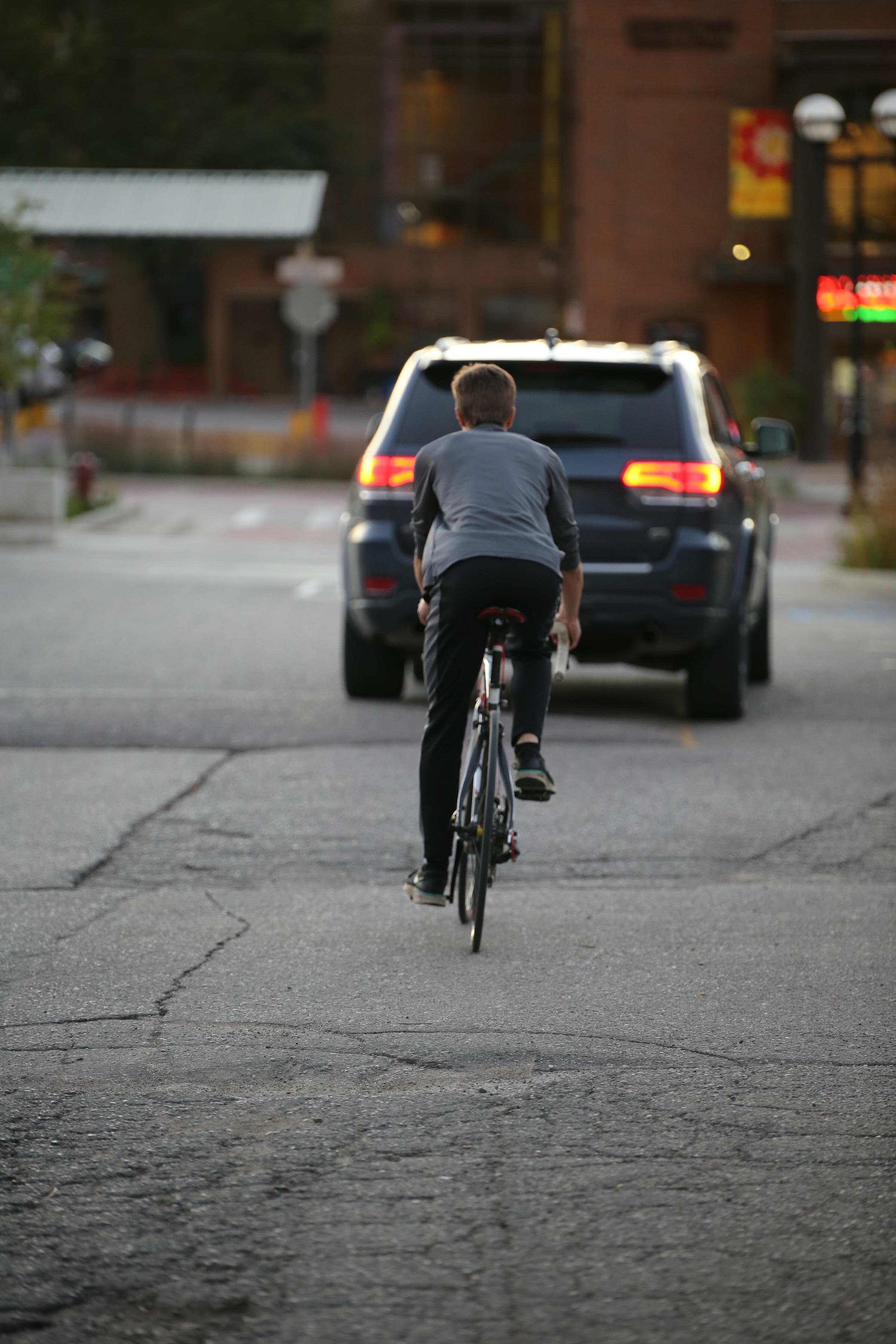
I’ve had close calls before, but most I can shake off. From intimate contact with cars that don’t move away from the shoulder, to being almost slammed into because a driver doesn’t see me crossing a street, I’ve seen and felt a lot of things nobody should experience while trying to get to school. For me, the bruises and broken egos heal.
For others, they don’t.
By Charlie Beeson
On the morning of July 30, 2022, my friends were riding their bikes along Stage Road in Ronald Township, MI. It was their second day of riding out of a three-day-long endurance ride, starting in Traverse City and traveling down to Battle Creek.
At the start, the ride had upwards of one hundred cyclists attending, but the event had since separated into small groups of cyclists biking alone. My friends, who had fallen back from the other groups, rode leisurely along the gravel and asphalt roads, stopping for pictures and to eat.
With eight hours of riding behind them and 35 miles to go, they were exhausted, but having fun. The empty land allowed for a sort of meditative, euphoric boredom, and they basked in the peaceful Michigan farmland together, watching the sun rise as they rode.
But on the road, peace only lasts so long. Suddenly, they stumbled into a horrific scene: cop cars, ambulances and sirens blaring; bikes strewn across the ground. A group of five riders ahead of them had been hit head-on by an intoxicated driver. One of the riders had been pronounced dead on the scene, and
There’s a lot of places I would never want my eulogy to be etched into. One of the things that comes to mind is wiped over the windshield of someone’s Ford F-150. Or smeared across the asphalt under the rubber wheels of a two-ton steel battering ram because the driver was late to their doctor’s appointment.
I do not want to die on the road. I can’t think of a less appealing place to end my life.
The same goes for drivers, too: I don’t travel by car much, but most of my friends drive to get to school or work. I’ve heard stories about crashes and near-misses from them before; accidents happen on the road constantly. Who’s to say they don’t get into a car crash themselves? Who’s to say they don’t hit a cyclist? Who’s to say they don’t crash into me?
Not everything heals.
When we think of the cost of a car, most people think of the initial capital (the purchase) and the cost of fuel per trip. But there are always hidden tolls, economic and social, that we ignore.
Think about it: let’s say that everyone can afford to own a car, and wants to drive one. Cars don’t work without a smooth surface to operate them on, so we spend billions of dollars building and repeatedly maintaining lanes of asphalt tracks
48
How much are we willing to pay for in the name of cars?
spread across acres of land so we can use them.
But cars also need to be controlled at intersections. So we spend more billions on creating infrastructure, writing laws, and training drivers so people don’t crash or interrupt the system.
But they do crash, and people do break the system, which wastes more time and money on safety nets, traffic issues, and thousands in insurance cash. So we build more infrastructure and roads, remove other alternatives like bike lanes and railroads, and give more space to cars.
But this forces more people to drive, even when it’s not financially viable for them to do so. The personal out-of-pocket cost of a car includes insurance, repairs, parking space, and more, scaling by car usage. According to the U.S. Bureau of Labor Statistics, vehicle costs can eat up over 30 percent of household income for low 20 percent-income families.
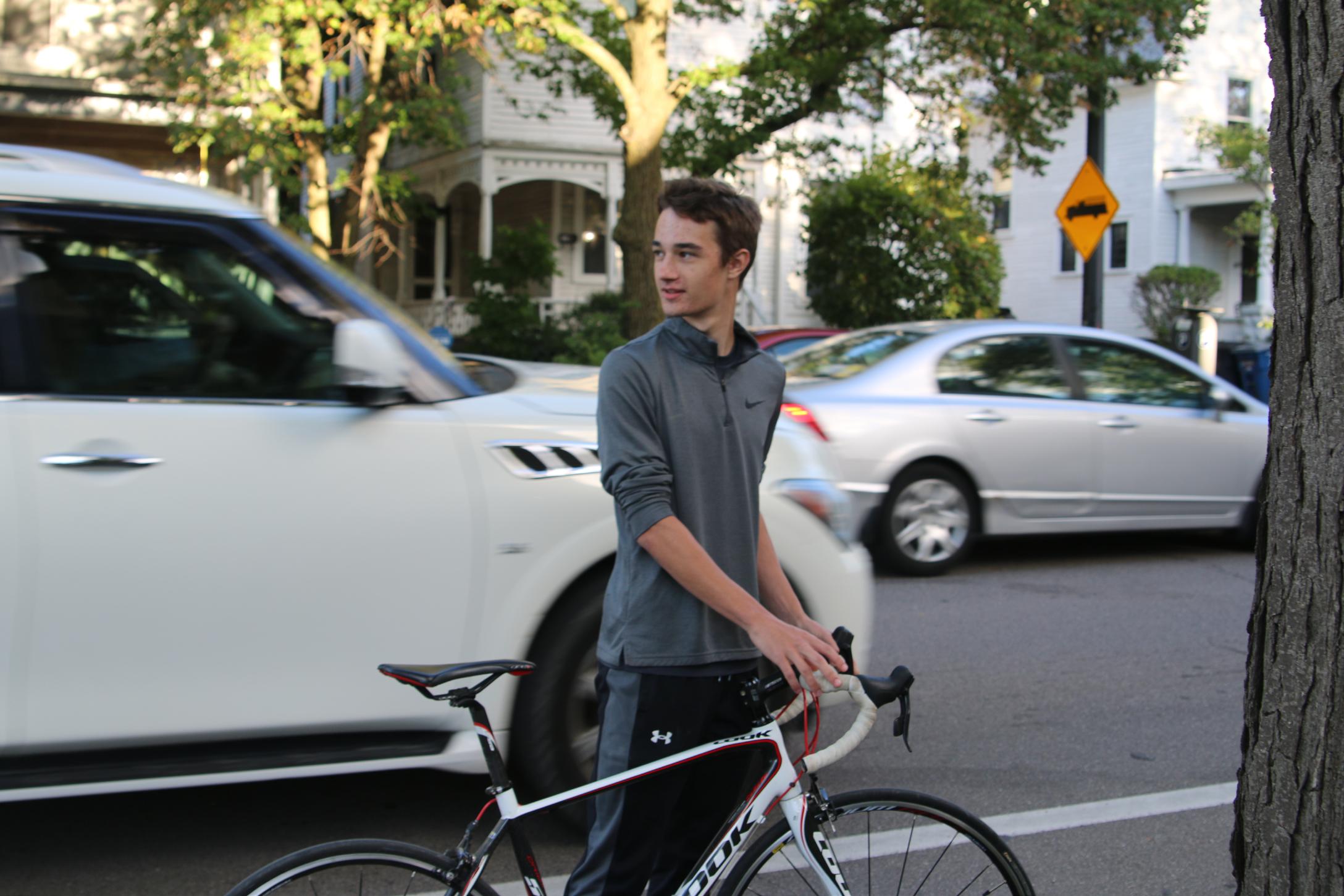
That’s the equivalent of having a third of your income deducted from
your payroll purely for getting to work.
There’s more: cars also command an inordinate list of social costs which extend past hundreds of pages of peer-reviewed papers. The effects of traffic congestion, car-centric land use, pollution, and more are baked into our society and alter everything from the cost of our housing to the cost of our food.
And the human toll.
There are always things we accept as an unfortunate cost or waste. Wastes of water. Wastes of food. Wastes of money. But what we cannot accept is the waste of life. Are we supposed to tolerate an ‘accepted’ number of fatalities that result from driving? Do we excuse the existence of a literal death toll in how we get to work? To school? To a doctor’s appointment?
The National Highway Traffic Safety Administration estimates that during 2021, there were 42,915 fatalities from car accidents in the US. That means that every year, out of 100,000 people, 13 will die as a victim of our primary method of transportation. That’s a tax we should never accept.
Bruises heal. Egos heal. Death does not heal. The way we travel is costly, and we are paying with our lives, literally and metaphorically.
Government statistics say that at some point in your life, you will end up in a car accident. When you do, perhaps you should ask yourself this question: For a car, how much are you willing to pay?
49
That’s the equivalent of having a third of your income deducted purely for getting to work.
Photography by Cody Benjamins-Carey
Charlie Beeson is on his bike every day, and the danger of cars never goes away. “I do not want to die on the road,” Beeson said. “I can’t think of a less appealing place to end my life.” Cars, to Beeson, are danger incarnate.
THE COMMUNICATOR
Photography by Anjali Kakarla On his way to school, Charlie Beeson passes cars every day. He walks his bike when he doesn’t feel safe riding. “There are times where I’ve wondered how my life would change if I was hit by a car,” Beeson said.
By
When I was in middle school, I got into an argument with one of my friends. It ended in him remarking, “You constantly talk about the Armenian genocide, but it doesn’t even affect you.” I can’t seem to remember what we were arguing about, but I’ll always remember that claim, because it is as untrue as it is ignorant.
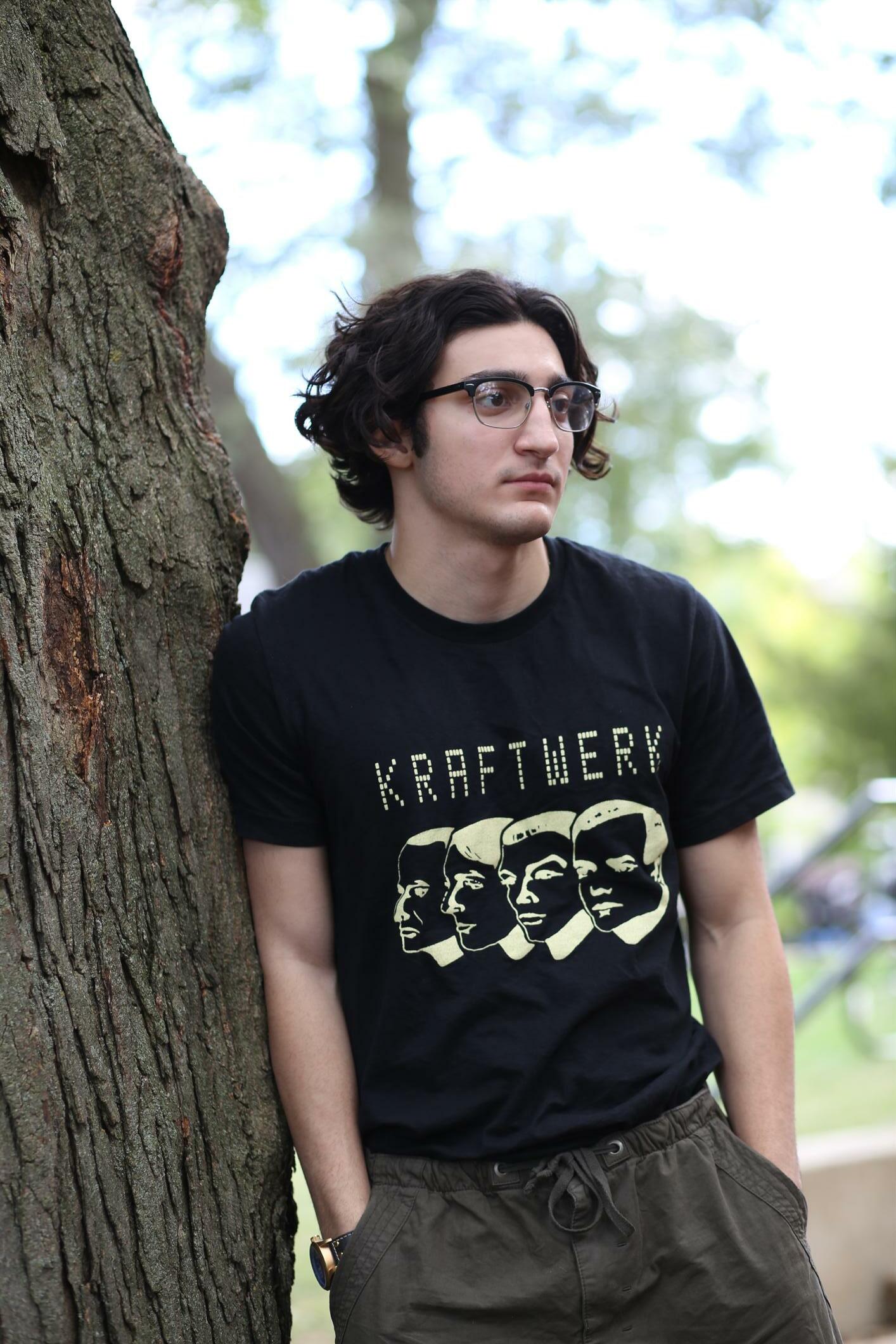
The Armenian genocide was the mass elimination of Armenians living in the Ottoman Empire, also known as modern day Turkey, in 1915 by Ottoman authorities. It is estimated that 1.5 million Armenians were murdered, including many of my ancestors. All my different lineages have felt loss and endured trauma from this singular event. For modern-day Armenians, it is something that always sits in the back of our minds and shapes the way we view the world. Personally, the feeling of hearing about what my ancestors went through in this dark period is the most distinct emotion I have ever felt and the most terrifying reality I have ever accepted. Ingesting these stories results in a feeling of conflict: one side of you trying your best not to contextualize the horrific things being described to you, and the other side of you trying your best to take it all in: to make sure the reality of the situation is understood.
In the Armenian language, we have our own word for the event which loosely translates to “catastrophe.” The word aghet represents that feeling of conflict. This word brings me physical pain to hear and symbolizes all the pain and suffering my people endured. This is the word that prevents us from ignoring the reality of the event; the word that reminds us of what happens; the word we have all learned to live on with. The last part is the most important: Aghet teaches us to live on, teaches me to live on. Although I will carry the pain of my people to the grave, I will also live on for them.
I think about the Armenian genocide just as much as I think about the responsibility I have to live for all my ancestors who suffered. It is an ambiguous ethical duty: there is no blueprint for existence in intergenerational trauma, no objective or uniform action that can be taken. It is a constant feeling of anger and confusion. However, through all the anger and confusion, the conflict and the pain, I find the ability to heal through community.
I have a complicated relationship with my community. I am a diasporan Armenian, my ancestors were Armenians displaced from Anatolia, under the rule of the Ottoman Empire: my roots aren’t technically from the country of Armenia. The practice of even classifying myself as an Armenian is one filled with complexity and uncertainty. This is a struggle shared by many other diasporan Armenians.
Despite this complicated relationship with my community, I still find it to be essential. All Armenians share this trauma together, and the connection I have to fellow family members and other Armenians is one that has been essential in the process of healing. I don’t believe I’ll ever be able to fully heal, but the process wouldn’t be possible without the solidarity I share with my people.
by Ryan Thomas-Palmer
NARRATIVES
The impact an important event in my people’s history had on me wasn’t fully perceived until an unfortunate dispute.
Raffi Avedissian
Photography
Photography by Ryan Thomas-Palmer
By

This is what my great-grandmother said to my grandfather to convince
to leave his home, to keep him safe. This is the experience that my grandfather passed down to my father, that influenced the way he thinks of love. This is my family history, what my DNA remembers.
When he was eight years old, in 1939, my grandfather left Austria on a boat to come to America, accompanied by his thirteen-year-old brother. They left behind their parents, who weren’t able to get visas, and their community to travel to a country they had never been to before because their world wasn’t safe anymore. They were Jewish, and in the midst of World War II and Nazism in Europe, they were forced to leave. They didn’t see their parents, my great-grandparents, again.
I never heard this story from my grandfather, even though he was the one who lived it. He refused to talk about his life in Austria and he never spoke German again. What my father knows, he learned second-hand, from his relatives. When my grandfather died in 2016 he left many more questions than answers behind him.
My grandfather was not a kind person to grow up with. He was tough, my father says, he would get angry quickly and unexpectedly. I hardly knew him, because my father was so affected by the way he parented. I think that this has influenced how my father parents me and my siblings. When my father gets angry, he tells us that we are lucky to grow up with a father like him, not like my grandfather. He does not talk about his feelings because he thinks we do not want to know. In truth, he wanted to know his own father’s feelings, but was never granted access. It is a cycle, and we are continuing it.
I cannot truly understand how growing up in a household with my grandfather affected my father emotionally, but I do know that on a biological level, his brain chemistry, and mine, is different from others. In a study done by Scientific American, descendants of Holocaust survivors are shown to have different stress hormone profiles that prevent them from dealing with trauma as proficiently as their counterparts. My father is one of these descendants. I am one, and my brothers and sister are, and all five of us have diagnosed anxiety disorders.
I spend a lot of time considering what ifs. What if my great-grandparents had come to America with my grandfather? What if my grandfather had talked to my father about his experiences and shared his trauma? Would my father now know how to deal with his own anxiety and communicate his own feelings? And on the other hand, what if my grandfather had never come to America? Would he have survived the war? Would I exist? Would I be a completely different person?
I can’t answer these questions, and I will never be able to. But I can start to heal the cycle, and piece together what has happened to the rest of my family. Recently, we found letters from my great-grandparents to my grandfather dated 1942-1944, right before they were interned in Auschwitz. Translating and reading them together has helped me feel more connected to a family I would otherwise have no link with.
I am still learning about my family — writing this article, I discovered that my grandfather had two brothers, one that died before he came to America. Now, my father and I are working to become Austrian citizens together, in an effort to know more about this side of our ancestry and about each other. We have spent hours filling out forms and getting fingerprinted in hopes for an Austrian passport.
My grandfather never returned to Austria. His brother did, visiting the place they grew up, the school they went to, the parks they played in. But my grandfather never had that closure, that cathartic moment of return. Maybe instead, my father and I will take that journey and, in doing so, take a step towards healing the cycle.
51
“I don’t love you anymore.”
him
Who am I in relation to my past? I am still learning about how my ancestors, and their experience, inform the life that I live today.
OPINION THE COMMUNICATOR
Ria Lowenschuss
Running Away From My Problems
I put everything else in my life on hold in order to chase a version of myself that I could never be.
By Emmy Chung
52
NARRATIVES ART BY RYAN THOMAS-PALMER
I always loved playing dress up with my sister when I was younger. We would put on different princess dresses with matching plastic heels and headbands just to feel fancy and walk around the house. Even now, trying on new clothes that I buy makes me excited...
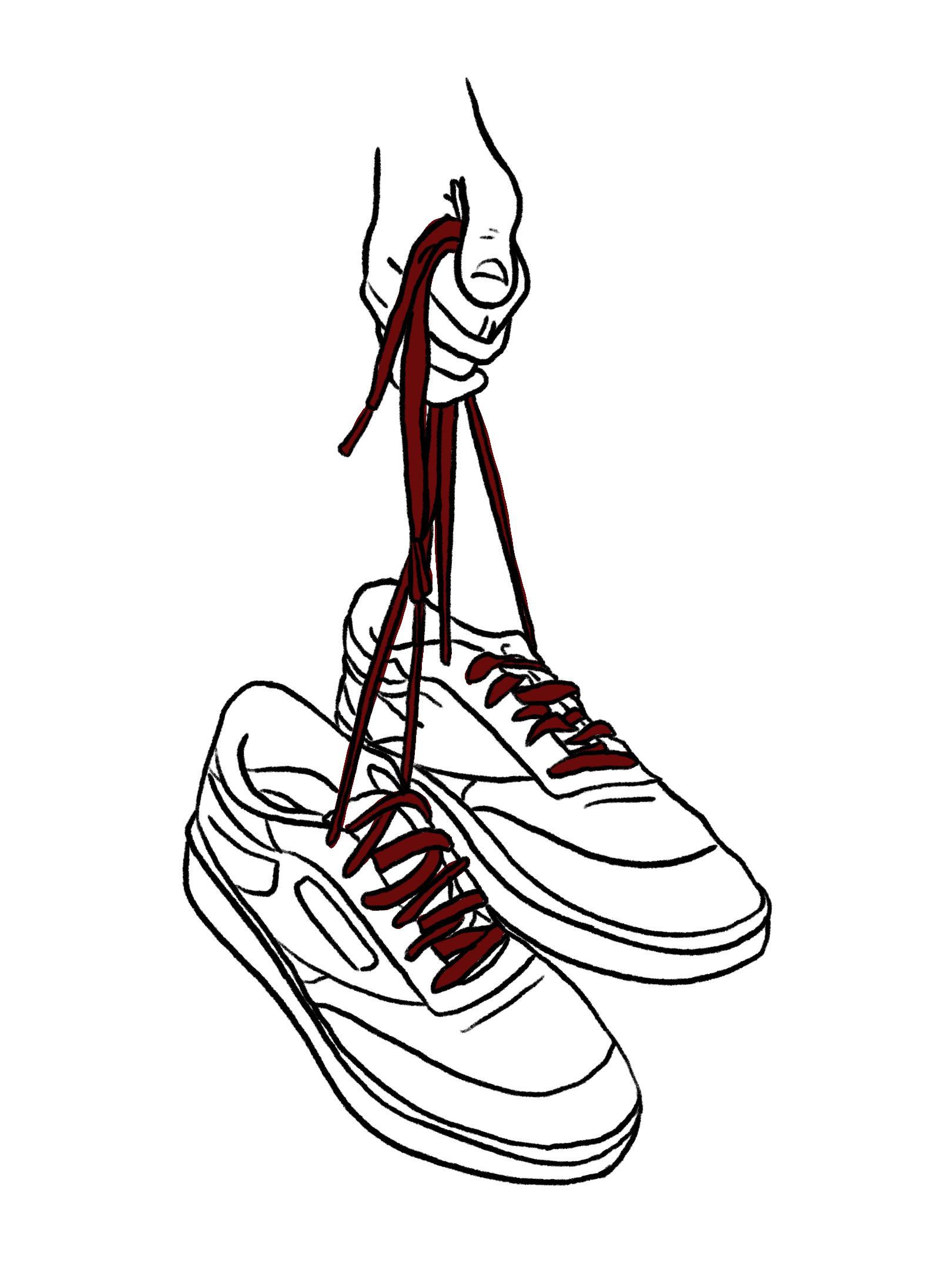
OPINION THE COMMUNICATOR
Mixing and matching different tops and sweaters with various styles of jeans or shorts to make an outfit gives me a sense of satisfaction that can only be reached by actually trying them on.
When I was fourteen, things started to change. The excitement no longer came after trying on the outfits but rather faded when I saw what I looked like in the mirror. It felt devastating when I wanted to rip those clothes off my body.
It’s difficult to empathize with people whose illness or pain isn’t visible. There is a certain middle ground when you’re talking with people who have a sports injury or a cold because the solutions are often straightforward. Ice, elevate and rest if you’re swollen. Go to the doctor if you’re sick, you might have the flu. Mental illnesses are different; it’s hard to grasp how another person is feeling when they’re experiencing something that can’t be fully understood.
I didn’t just wake up one day hating the way that I looked. It was the accumulation of opinions on social media that rooted these ideas into my brain. I scrolled through TikTok and Instagram looking at posts from creators. I watched “what I eat in a day” and other health-related videos for hours on end. Soon my explore page catered to my “interests.” The only content I saw was about getting skinny and fit. My impressionable mind absorbed what the world pro-
duced. At the time, I didn’t understand just how much it was swallowing me whole.
As quarantine came in the beginning months of 2020, I became utterly consumed in the body I was stuck with every day. I had so much time to myself and I needed somewhere to direct it. I could no longer stand the feelings of shame and disappointment, so I channeled them into feelings of hatred. Day by day, I gathered more resentment towards my appearance. I chased an idealistic version of myself for eight months straight.
Someone once told me that having an eating disorder isn’t a “dumb person’s problem.” You have to be extremely calculated and methodical to become so deeply buried in something that can’t be attained. It’s like putting all your focus in playing a game that you can never win. But I don’t think having an eating disorder came from me being smart, I think it was me being naive.
I no longer wanted to sit in my house all day and bake, do puzzles or watch TV. I began running away from my house and my problems. Five miles on Monday, seven the next day. I even ran a half marathon, fully driven by my mental state. I ran so far and so fast that even when I tried to turn around, I couldn’t see myself anymore. I didn’t recognize who I was.
I would’ve said I was fine, but everyone in my life knew that wasn’t true. My family gave me a reality check, pushing me into recovery. Something I think about everyday is that if no one had stopped me, I would’ve kept going.
The road to recovery wasn’t linear. Each day, I had to choose to break habits that I had built for months and months. The hardest part was quieting the voice inside of me who was so used to controlling me.
It’s been almost two years since I was in that state. It’s difficult for me to look back and remember the details of it because everything blurs together, all I can see is someone who hated herself. I’m not proud of it, but I’m okay with it. I will never be the same person as I was before all of this but I am able to know myself better now, and I think that’s worth something.
54
NARRATIVES
The excitement no longer came after trying on the outfits but rather faded when I saw what I looked like in the mirror.
Premature Melodrama
By Ella Glass
From her native New Zealand, Lorde has reached me through every era, every age, and every place I’ve been. She first found me all the way in northern Michigan, so far north there wasn’t even cell service. It was the summer before seventh grade, her album ‘Melodrama’ had just come out, and it was the first time that music clicked for me. What she wrote about — deep, distinctly early-20s themes — could not have possibly made sense to a preteen. And they didn’t, but her sound is glittery and carbonated and I wanted more than anything to understand what she meant.
Instead of finding a new path to take, I analyzed my dull middle school life like it was a novel and not something happening right in front of me. I hoped that if I examined that summer for long enough, something meaningful and pretty would appear. Looking for melodrama in all of my preteen experiences made me feel everything very deeply, something I was not ready for.
Healing is not ‘getting over’ something. I think it’s about closing cycles and taking what you’ve learned. My experience of middle school, waiting for life to begin, surrounded by suboptimal friends, was one I regretted once I made it to Community. Middle school had been 23 percent of my life, and what did I have to show for it?
Caring too much about things that didn’t matter? I had not done enough with my thirteen years, and I didn’t appreciate the change that had started to take control.
I was a little older by the winter of 2020. There had been no message from Lorde in two years, after she deleted everything from her social media, but slowly, my life was taking shape. I was holding the reins, guiding the second half of my freshman year into a circle I could wrap up in June and take with me. Obviously, this was overthrown by more change than I could have comprehended a year before. After the initial shock of the pandemic, there was nothing to feel.
June came and I had been hauling heavy years of my
life with no conclusion or obvious lesson. One email from Lorde’s mailing list. It opened: “Well hello there. I realized the other day it had been a minute since we chatted, and I was missing you. Do you wear your hair long or short now?”
I wanted to call her and tell her: “My hair is the shortest it’s ever been but there’s still a weight on my back and I need something to close this era of my life. It’s getting too long.”
It took her another year to respond, the summer before my junior year. With the hurt and anxiety of feeling the same way over and over, I was as restless, dense, and disordered as ever. And her offer was nothing I expected. The guide I’d trusted for so many years, whose songs I wanted so badly to fill out had changed, her new album, Solar Power, was not for me. How could I forget the tears I’d cried? My youth had still not led to anything. All it seemed like was empty years with purposeless weight. What was youth if not huge, flashy feelings?
The night that Solar Power came out, I wrote a letter and addressed it to myself the next June. It was a plea to treat my younger self with respect, to not be embarrassed. I didn’t want to end another era ashamed. I thought of healing then as a dramatic replacement, starting over and switching bad with good. Like being pushed out of a car into a new city with no instructions. If I were to heal, would I know what to do? This was terrifying as someone afraid of change. If I were to heal, where would I start?
That summer, healing meant getting closure. Opening myself up to doing new things was an uncomfortable place to start, but by the time Solar Power started to make sense to me, I realized it was the only way to grow. Youth was really just growth, sometimes it was pretty and sometimes it was embarrassing.
Many months later, just like she had before, Lorde clicked for me again, quietly. Solar Power, the full album now, by the Huron River in the middle of autumn. Standing on the bank, not far from friends, with lots more to feel and the capacity to feel it, my arms could let go of my earlier life. What I wanted had changed, and it didn’t pull a rug from under me. It was just a new place to stand.
55
Healing from change, with change.
OPINION THE COMMUNICATOR
Arts & Entertainment
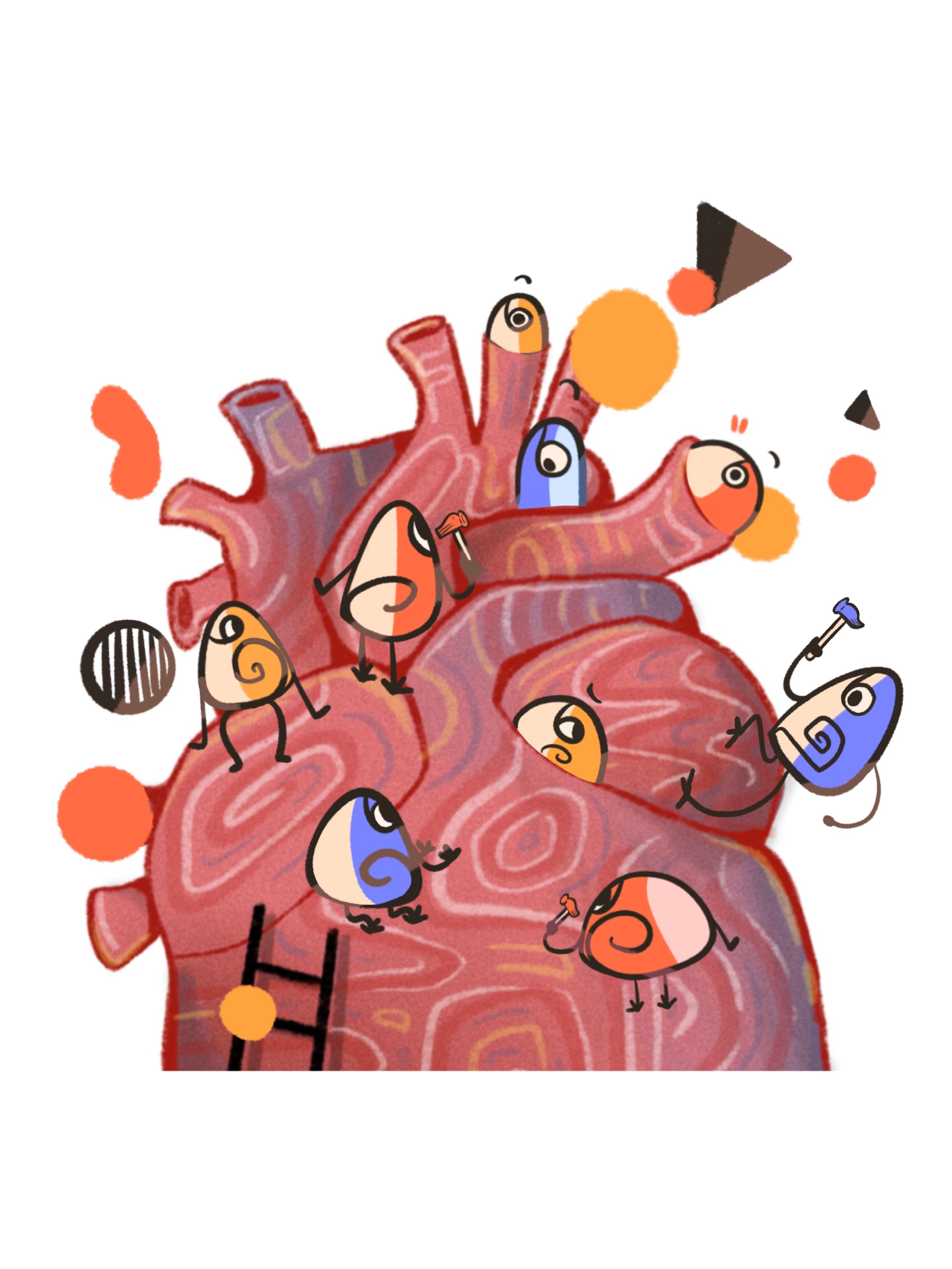
56

57
Rogue One: A Star Wars Story
Lasers, spaceships and unknown powers; “Rogue One” tells a familiar tale with nuance rarely seen in blockbuster films.
By Sam Gibb-Randall
I still remember the first time I saw “Rogue One: A Star Wars Story.” I was an impressionable middle schooler, steeped in the comfort of happy endings. I fell in love with the heroic characters, only to be shaken by their eventual deaths. I cried then, and I cried again when I watched it on the big screen last week.
In “Rogue One,” the premise is bleaker than that of any other Star Wars film: the Empire is developing their planet-killer, and even without it they far outmatch any resistance. The fledgling Rebellion struggles with their identity, be it working inside or outside the ‘political’ system of the galaxy. There are people fighting as if they have nothing to lose, others that believe using diplomacy is the only path to survival. The essential question of the movie is: what do you do when you are up against the evil of the Empire?

The film’s cinematography is beautiful, magnificently conveying large-scale battles. While other films have done this in the past, it’s sometimes accompanied by writing that lacks depth. However, in “Rogue One,” the depth is channeled through brilliant performances all around, most notably from Diego Luna who plays Cassion Andor, a young leader in the rebellion willing to make the difficult choices. Felicity Jones plays Jyn Erso,
a child of rebels finding her own path, and Donnie Yen plays Chirrut Imwe, a blind Jedi who spiritually leads his friends.
The filmmakers do not shy away from highlighting the messiness of revolution, while simultaneously showing its strength and importance. As the lead of the film, Jones’ character exemplifies this. Her father is forced to work for the empire, developing their weapons of mass destruction, while her mother dies trying to stop the Empire. She initially feels apathetic to the cause that has taken so much from her, before joining to continue her parents’ legacy. We learn of the bravery she and her father share, with her father creating a hidden weakness in the weapon he was forced to create, and she traversing the galaxy in search of that weakness before his revenge against the empire is revealed.
The characters succeed in their mission in the end, but the film shows that going up against all odds can pay its toll. I cried both times that I watched “Rogue One” because of the truth that it tells, even in the context of faraway galaxies.
Released December 2016. “Rogue One” is 2 hours and 13 minutes long and is available to stream on Disney Plus.
58 REVIEWS
Books That Change Lives
Poppy Magee, a junior at CHS, explores her reading journey from kindergarten to the present, and the lessons she learned along the way.
By Ria Lowenschuss
Poppy Magee will never forget the first chapter book she read. In elementary school, she was always behind her peers during reading lessons and she longed to read books like the ones she saw her friends reading. When she finally read her first “real” book, “Sarah, Plain and Tall” by Patricia MacLachlan, she fell in love with reading.
Reading is now one of Magee’s favorite hobbies, although she has moved on from her days of intermediate chapter books. She is currently an avid reader, devouring all kinds of books. Her favorite genre is horror fiction — as she puts it, she can’t watch horror movies but she’s able to enjoy them in book form — and she loves magical realism.
“I really like that you can become ingrained in other stories that are not part of your real life [when reading],” Magee said. “I also love the possibility of writing. Writers can write anything, it doesn’t have to be based in reality at all. It doesn’t have to make sense.”
Magee loves getting lost in a story and exploring different worlds through words, but she has also found herself connecting to characters and ideas in books on a very real and personal level. When reading “Little Women” by Louisa May Alcott, Magee instantly saw herself in Jo March, one of the main characters.
“[Jo March] has this longing to be a good daughter and a good person and she feels like she’s not doing it as well as [her older sister],” Magee said. “And as a little kid with a lot of schoolwork anxiety, I [connected to that]. I want to feel like I’m doing a good job. I feel like that’s a kind of unexplored part of [Jo March’s] character sometimes: how much she just wants to be a good, diligent daughter and feels like she can’t do it.”
Books have also allowed Magee to discover more about herself and her various identities. She has realized that representation in books can create a way to connect to others like her. When she first read “Drama” by Raina Telegemeier, a graphic novel about high school theater, she was amazed to read about queer characters. It was the first Magee had ever read that featured members of the LGBTQ community, and she found herself relating to the characters on many different levels. Magee appreciated what she saw as an accurate portrayal of being a teenager — the messiness, the awkwardness, and the “down to Earth” descriptions.
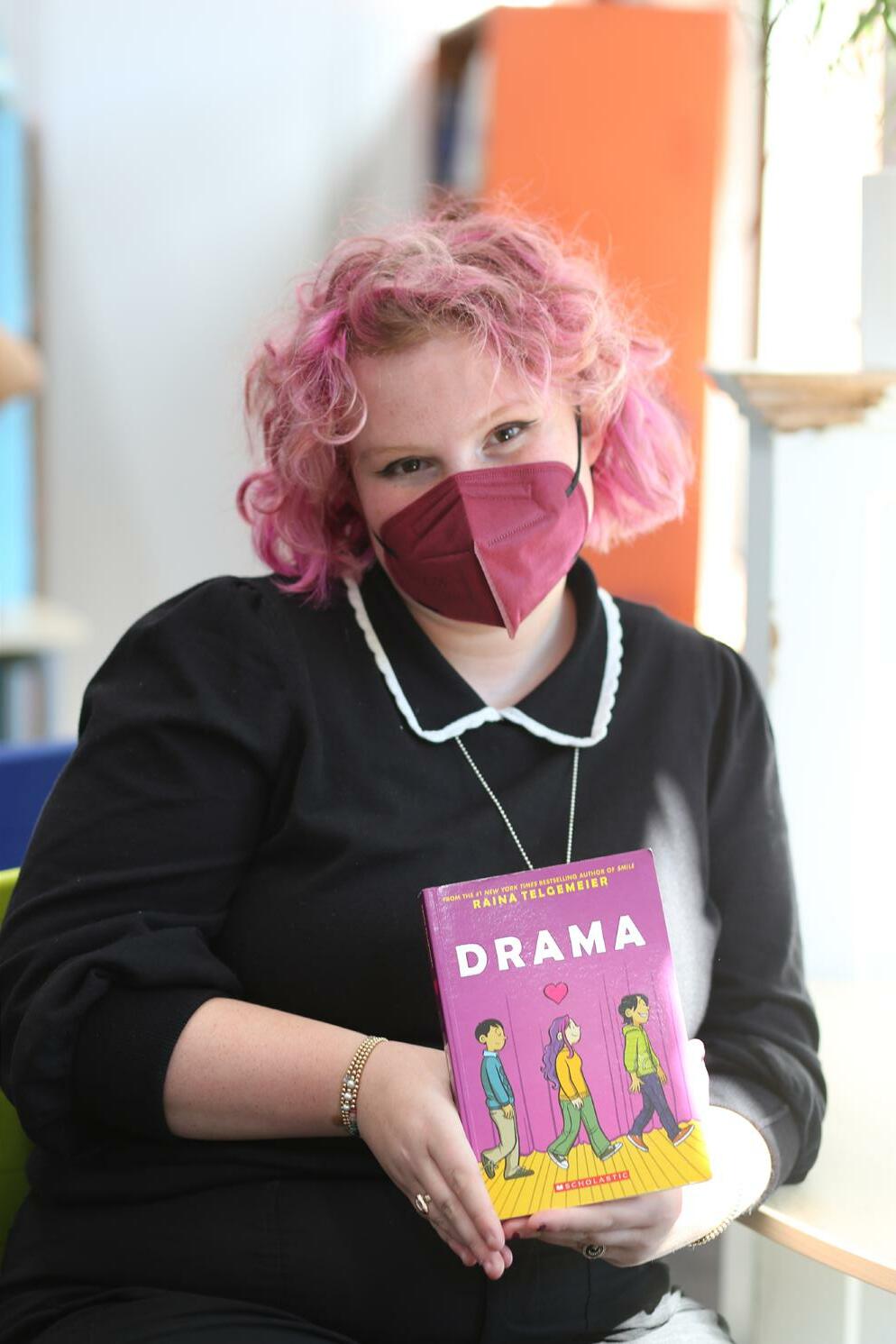
Without “Sarah, Plain and Tall,” Magee would never have gotten to this point in her reading journey. She will never forget the experience of loving to read and absorbing a story for the first time, and it has helped her learn more about herself and the world through books.
“The feeling of enjoying reading has really influenced my life because now I love reading, but if I had told little me, who couldn’t really figure out how to learn to read, I would probably be shocked,” Magee said.
Poppy Magee poses with some of her favorite books in Community High School’s library, a place she loves. “The feeling of enjoying reading has really influenced my life because now I love reading, but if I had told little me, who couldn’t really figure out how to learn to read, I would probably be shocked,” Magee said. Magee has loved reading since she read her first chapter book in first grade.
59
ARTS & ENTERTAINMENT
Photo by Ria Lowenschuss
THE COMMUNICATOR
Notebook: The Rehearsal
In “The Rehearsal”, Nathan Fielder tackles themes of parenthood, self-hatred, isolation, religion, and more while slowly losing himself in the process.

This analysis is divided into six episodic breakdowns rather than one overarching critique, as I believe this format will allow for a more in-depth piece that will give me more breathing room to share my thoughts on every little detail I can.
By Henry Connor
Episode One: Orange Juice, No Pulp
Much like in Nathan Fielder’s award-winning comedic masterpiece “Nathan For You”, the premise of Nathan’s new documentary-comedy reality series revolves around the idea of helping out people with their real-life dilemmas. Immediately a unique comedic style is established, instantaneously separating “The Rehearsal” from anything else on television. We meet Kor Skeet, a teacher living in Brooklyn who likes to go to bars and play trivia with his team. In his past, he’s been wrapped up in guilt because he lied to his trivia friend—Tricia—about having a master’s degree. Unable to stand his own remorse, he turns to Nathan for help. Nathan takes on the challenge by building sets that are thoroughly identical to the setting he wishes to replicate. Nathan’s set design team builds an exact replica of the bar where Kor plans to come clean, and Nathan starts crafting flow charts mapping out every single possible outcome of the night. With countless hours of sessions spent practicing this singular interaction, Kor is now ready for the real confession. After the immense effort put into the rehearsals, none of it seemed to matter; Tricia was quick to forgive. This makes you wonder how much unnecessary worrying we put ourselves through. The premiere episode is quite a bit longer than any other in the six-episode season, speaking to the fact that this show is constantly switching the format at all times with no real direction.
Episode Two: Scion
In episode two, we meet Angela, a woman in her 40s who is ready to have children. She hopes to find out if she should be a mother through another elaborate set up orchestrated by Nathan. Religious and strongly opinionated, her viewpoints on certain things are controversial, to say the least. According to her, Halloween is the highest satanic holiday of the year, with “underground sacrifices made by Satanists”, and google is censoring content because they are controlled by the devil.
Nathan’s crew has set up a way to have child actors enter and exit the home being used for the experiment so that child labor laws aren’t being broken. Unfortunately, it proves difficult for Nathan and Angela to find a husband that’s right for her.
He decides that maybe the only way for it to work is if he takes over as father. After spending time with the fake child named Adam a few days earlier, he started to feel a real connection with them.
After his decision, he begins calling the parents of every child actor—asking for permission to let him take over as the father for this project. It’s the most genuine I’ve ever seen Nathan across all his work.
While it feels like “The Rehearsal” never knows what it wants to be, you slowly begin to realize that’s the point. It’s beyond reality, it’s Nathan’s platform of learning. Like the show itself, Nathan might not know exactly what he wants to be either.
60
REVIEWS
Episode Three: Gold Digger
Episode three moves out of Angela’s fake home and back into the world of confrontation. The main plot of this episode is about Patrick, a man who wants his rightful share of the inheritance of his dead grandpa and needs to talk to his brother about it.
Nathan begins rehearsing with Patrick like he always does, but the manipulation here becomes more than we’ve ever seen. He begins to cheat the system, placing actors into the reality of Patrick’s life. The ethics start to get into the question when he hatches a plan to plant an old-aged man into Patrick’s life, only to later “kill him off” to help Patrick gain perspective and re-experience these feelings of losing someone old—making it easier for him to show these emotions to his brother.
This episode is a great example of what ultimately lies at the heart of this series: can you really rehearse your way out of difficult situations?
Later in the episode, Patrick leaves and never speaks to Nathan again. After a practice attempt where Patrick started breaking down into tears in conversation with his fake brother’s actor, Nathan narrated that “sometimes the rehearsal is enough.”
What I love about Gold Digger is its place in the show as a defining episode for presenting the dilemma at the core of this series. In a project that is meant to make you more prepared for reality than anything ever seen before, it’s immensely fake at its core. Every implication of reality comes with subtle cameras, set designs and a laughing audience.
Episode Four: The Fielder Method
In a show where the beauty and entertainment come from the strange and absurd nature—this episode is all of that and more, culminating in the most absurd episode of the entire series.
Wanting to hire actors to work for his show, Nathan opens up an
acting school where he teaches these aspiring actors the “Fielder Method”. He assigns each actor a “primary” and tells them to semi-stalk their primary to understand what they do on a day-to-day basis. During this process, a student of Nathans named Thomas thinks that this whole method is wrong. Nathan, perplexed by the claim, decides to push his rehearsing philosophy one step further. He decides to dress up and act as Thomas while hiring actors to play the other students in the class and even himself. During this insane sequence where Nathan sits as one of his students desks and listens to an actor who is playing himself talk and teach, he begins to understand where Thomas is coming from. Nathan realizes he’s wrong in the most Nathan Fielder way possible. Once a producer comes in and pushes the students in the classroom along with Nathan (again, these students and the producer are all actors in this scene), Nathan feels forced to sign these papers the producers are giving him. He starts to realize the manipulation and toying he has enacted on all of the people in his shows in the past.
decides to leave the show, it makes you wonder who’s to blame. A part of me goes back to relating the experiment to Nathan himself. It’s no longer about putting the spotlight on someone else. Heading into the season finale, Nathan decides to stay and raise Adam himself.
Episode Six: Pretend Daddy
The finale ties together everything that makes this series so special while still saving room for season two with substantial potential.
A particular child actor for Adam named Remy begins to develop a relationship with Nathan outside of the show. Calling Nathan “Daddy”, it’s clear the fatherless kid is having trouble separating the rehearsal from real life. In a heartbreaking confrontation, Nathan has to meet with the child and his mom and talk through this troubling relationship.
Returning home to Angela and Adam after this realization, Nathan grows unhappy when the actor playing Adam doesn’t show much emotion after he returns after nine (fake) years. Nathan decides it’s best to restart when Adam was just six, but this time Nathan won’t go away. Episode Five: Apocalypto
Apocalypto functions as the prelude to the series finale. Things get heated when Nathan wants Adam to get more Judaism taught to him since Nathan is Jewish himself. After Nathan’s mom visits and meets Angela, she tells Nathan that she is disappointed in him for not giving Adam more Judaism based education. He decides to go behind Angela’s back and take Adam to a Jewish tutor without telling her.
Nathan, wanting some alone time, goes to his warehouse back to the replica bar from the first episode. Looking over old footage, he finds clips of Angela talking to the actor of Adam and not actually Adam himself, and essentially abandoning the rehearsal in its entirety. Nathan confronts Angela about this, and Angela pushes back by saying she doesn’t get enough say in the matter. It’s such an intriguing argument because while Nathan has designed this whole project for her, there is some truth in Angela’s resentment. After all, everything happens because Nathan gives his approval. After Angela
After speaking with Remy, Nathan wants to look at things from the outside in. Like in episode four, he gets in the shoes of Remy’s mom and has a different child actor for Adam play Remy. Nathan finally shows us the real emotion that we’ve been denied for so long, having an awkward conversation with the actor playing Remy. Whether this moment is defined as progress or a step in the wrong direction, it’s nonetheless a fascinating progression of character. While he’s in the role of Remy’s mom, Nathan starts telling the child actor that he’s their dad. Tears start to form in Nathan’s eyes, and the child actor gets worried because this isn’t part of the scene.
Yet again, Nathan leaves us perplexed and confused as the credits roll one last time. In a way, he seems farther away from himself than ever before—however, deep down a part of me sees hope in those teary eyes. As Nathan says to fake Remy when he was crying about wishing Nathan was his real dad, “I think it’s a good thing that you’re sad, because it shows that you have a heart.”
61 ARTS & ENTERTAINMENT
I think it’s a good thing that you’re sad, because it shows that you have a heart.
THE COMMUNICATOR
Out Loud
By Sam Cao and Raffi Avedissian
NO STYLIST
After being signed to Playboi Carti’s Opium Records, 21-year-old Destroy Lonely released his best work yet with “NO STYLIST.” The 19-song album comes jampacked with heavy bass and melodic sounds. Production quality on the album is astounding; the production team is a perfect cast to create the sound Lonely was going for. Lyrically, Lonely has fun with his words, while flexing his luxury clothes.
The first song on the album, “JETLGGED,” teleports listeners into the world that is “NO STYLIST.” Fast paced, Galaga-like synthesizers are the perfect introduction for the album. The fast paced rapping along with the ascending instrumental makes for a song that is hard to skip.
Continuing the trend of heavy bass and powerful synths, “VTMNTSCOAT” picks the pace up with a focus on fashion. Lonely speaks on being a trend-setter with his fashion, along with the expensive designer clothes he wears. Combining the lyrics and production, Lonely creates one of the most catchy songs on the album.
After a fast paced start to the album, “SOARIN” slows down the pace. Lonely uses a lower synth tone, making for a song that paces the album well. In his only verse, he shouts out rapper Chief Keef, one of his inspirations. The short track is a perfect example of Lonely’s ability to change his tone, going from the higher pitched sound in “VTMNTSCOAT” to a much lower and darker tone.
Overall, “NO STYLIST” is well-assembled. The production on the album is one of the biggest highlights, with the beats matching the feel of each song. The middle section of the album falls off a bit, but the quality picks up toward the end and finishes the album off strong. There is variation in the songs and Lonely goes for many sounds on the album. If he can lean into this on future projects, expect more great music in the future.

62
Destroy Lonely
Three albums to hear now.
REVIEWS
Nicole Parrhesia
Empowered by her past, NIKI takes inspiration from her early songwriting to transform past works into modern hits on her new album, “Nicole.” Nicole Zefanya entered the music scene at age 15, beginning her career opening for Taylor Swift. “Nicole” takes inspiration from Taylor Swift in many ways, including the slow paced guitar folk songs, reminiscent of Swift’s classic sound. NIKI takes this sound and intertwines it with her own culture via the inclusion of many homages to her childhood in Jakarta, Indonesia.
The album’s hit single, “High School In Jakarta,” puts the listener in the same hallways that Zefanya walked years ago. Zefanya compares her school to Sparta, connecting her drama-filled high school years to the constantly warring city of Ancient Greece. “High School In Jakarta” delivers a deeply personal dive into Zefanya’s high school love life and exploits, all wrapped up in an infectious tune.
“Apartment We Won’t Share” follows Zefanya after a break up. The slow tempo makes every line hit hard. Following the previous love songs, “Apartment We Won’t Share” puts a darker twist on her relationship stories.
Written in 2016, “Oceans & Engines” is the first song of Zefanya’s to be born out of heartbreak. After almost six years without working on it, Zefanya revisited it to create her favorite song yet. The nearly six minute long track touches on losing her first lover. Wordplay is one of the best parts, as Zefanya connects the chorus and bridge, preventing the lengthy song from becoming a drag.
“Nicole” shows a genre-bending side of Zefanya. As her sound constantly changes it’s hard to compare her new music to past work; every project stands out in its own way. Zefanya goes from upbeat synth pop found on the 88Rising album, to slow folk music in “Nicole.” The album shines by being inspired by her idols, as well as making music that puts her identity in the spotlight.


The fifth studio album “Parrhesia,” by progressive metal giants Animals as Leaders, came with high expectations. The group’s last album, “The Madness of Many,” was released almost six years before “Parrhesia.” The long wait resulted in speculation by die hard fans and general metal enthusiasts on the album’s contents, but what Animals as Leaders would give in “Parrhesia” was nothing anyone in the metal or progressive community could have anticipated.
Animals as Leaders has garnered a reputation for having experimentation within each of their albums, while keeping their signature principles consistent: eight string guitars, no vocalist, no bassist and strong jazz and classical influences. The uniqueness of each album comes from the experimentation done in the guitar playing—the implementation of techniques such as double thumping, tapping, downpicking, and all finger playing—but “Parrhesia” breaks this tradition in a powerful way.
“Parrhesia” has influences that can be seen in previous albums: the fast thumping and double bass filled drum tracks from their self titled record; the ambient influences on their sophomore album “Weightless;” the beautiful pre-bridge melodic interludes from “The Joy of Motion” and the heavy breakdowns by rhythm guitarist Javier Reyes on “The Madness of Many.” “Parrhesia” is the culmination of all the experimentation done in previous albums in one record.
That’s not to say the album doesn’t feature some new experimentation. Matt Gratskas use of a reverse paradiddle in the drumming on “Monomyth,” a strong math rock inspiration in the secondary guitar riff of “Gestaltzerfall” and a heavier use of arpeggiators, are great examples of new sounds on the album.
Animals as Leaders continues to cement themselves as an essential figure in the metal and progressive genre, all the while pushing the boundaries of what it means to be a metal band in the modern day.
63 ARTS & ENTERTAINMENT
Leaders THE COMMUNICATOR
NIKI Animlas as
Healing Through Art
Two students share stories of the ways creating art has helped them heal, grow and connect with others.
By Fina Kutcher and Sofi Maranda
During the pandemic, most of CHS Sophomore Maia Genisio’s social life occurred on the internet and through screens.
“It did really feel like a barrier was up,” Genisio said. “None of it felt really real or authentic, I felt like technology kind of encompassed everything.”
Looking for a way to connect with other people, Genisio moved to art. She found success in this method, even starting a small sticker business with one of her friends.
Genisio started with physical art, trying mediums such as wash acrylic and markers. But as the pandemic evolved, so did her preferred art style. As the world went online, she moved to digital art, doing fan art and character drawings, which helped relieve the loneliness Genisio felt during quarantine. Genisio was able to connect with friends over characters and stories they built together, and her art gave that a physical presence when she was alone.
Feeling more isolated than ever due to the pandemic, Genisio took a step back to explore her thoughts.
“I was in my own head a lot,” Genisio said. “Drawing gave me an outlet to bring some of that to life.”
Through this self-reflection, she was able to express a part of herself she hadn’t thought to question before: her gender and sexual identity.
“When I was questioning my gender, I would draw a lot with gender queer characters,” Genisio said. “It was a way for me to figure out who I was as a person.”
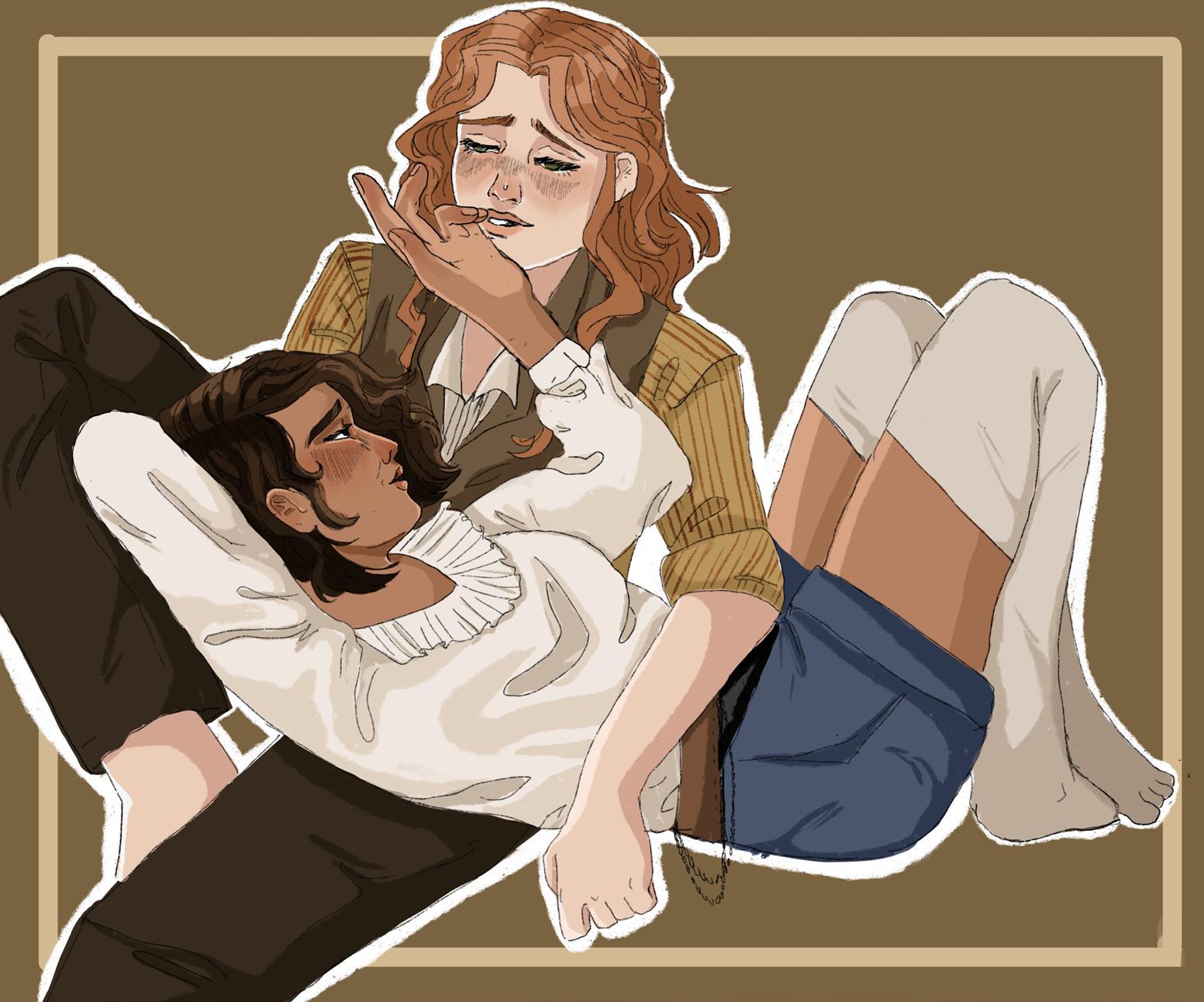
64
Art by Maia Genisio A digital piece done by Maia Genisio of two of her original characters: Sorcha and Danae.
CHS senior, Ella Glass, pulls a stack of papers from her backpack and offers sheets to fellow students in her ceramics class. They’re copies of the eighth edition of her zine series “mas o menos,” waiting to be folded into their proper form. A zine is typically a self-published miniature magazine, free to be filled with whatever the creator wants. Glass likes to fill her zines with collages of short pieces of writing, small drawings, images and text.
Glass’s zines start with images she stumbles upon in big books left out in cardboard donation boxes, then she adds to the collage as thoughts flow. She uses this medium as an outlet for self-expression, and a place for release. Glass finds that she can best find the inspiration and motivation to create when her thoughts are most intense; she uses zines to see those thoughts on paper, organized and better processed.
“I started to dislike the look of a white piece of paper and I wanted to fill it up,” Glass said. “Drawing has never been the best way to do that for me.”
Since childhood, Glass has wished she could draw, and has carried the frustration of not meeting her own standards. Always feeling that she lacked the technical ability to draw, Glass searched for a different creative outlet. The collages in her zines gave her a way to get around that feeling; she could rearrange her thoughts visually without the pressure of needing to be “good” at drawing.
When she couldn’t find what she wanted in the books

and magazines she pulled from, Glass found herself simply drawing what she thought and putting it into her collages. Making collages led her back to where she started, in a “weird, full circle [way],” Glass explained.
Several issues of “mas o menos” include photos of Glass’s younger self. In bold, silver lettering across one of the photos, Glass asks, “how would she feel?” Through zines like this, Glass reflects on how she has changed over time. Taking feelings of suffocation and being stuck in one place, pulling them from her thoughts and making something with them helps her to transform those emotions.
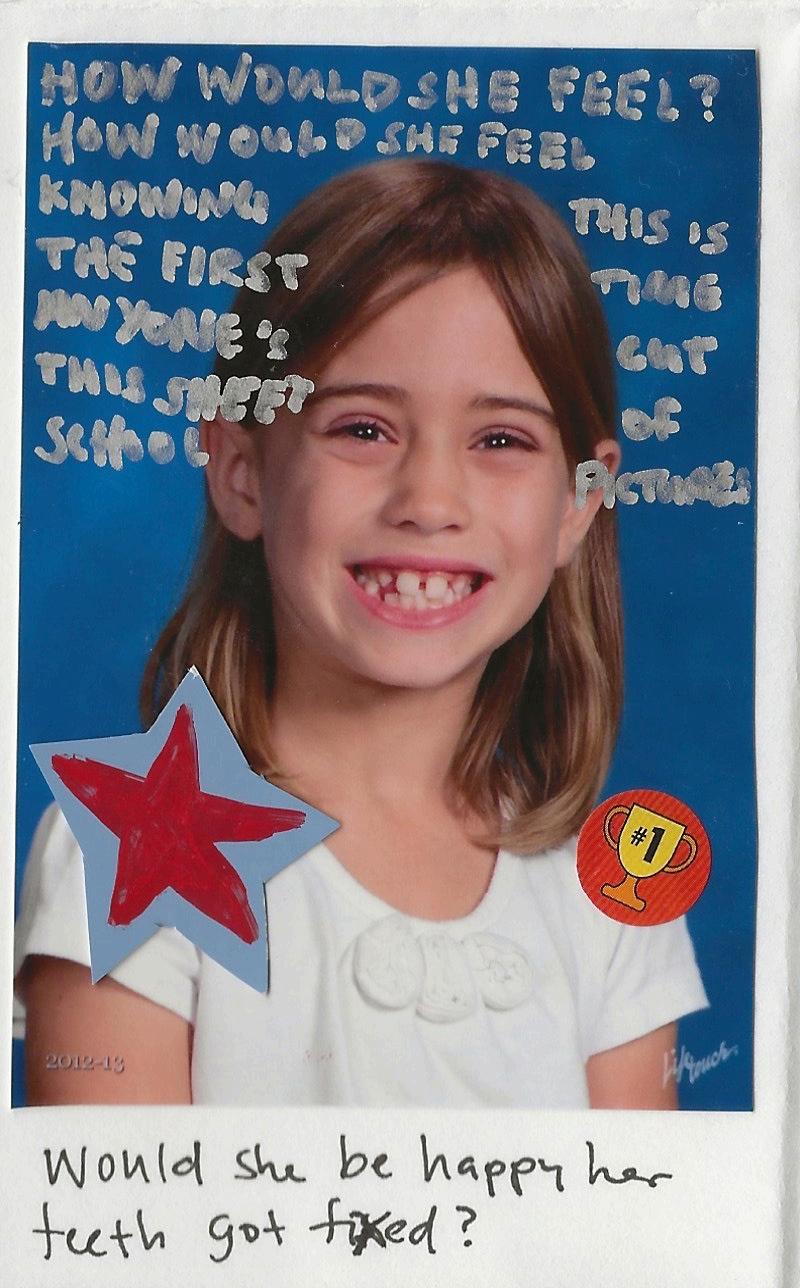
“You’ve got this physical thing in front of you, and it’s doing something new, it’s doing something else,” Glass said. “You can always just grow from there. It’s like a way of not keeping your life stagnant. It’s growth. You can look at yourself and see how you’ve changed through what you’ve made. And that feels like healing.”
Using art as their outlets, Genisio was able to understand her self-image as well as her identity and Glass was able to use her zines to expand her thoughts into a physical presence. Both Genisio and Glass release their feelings through their art—Genisio through her sticker shop and Glass passing out her zines. Sharing their art allows them a chance to say what they’re thinking without having to truly say it; it allows the to connect with their peers on a deeper level.
65 ARTS & ENTERTAINMENT THE COMMUNICATOR
Hazel Derry
By Ivy Prochaska
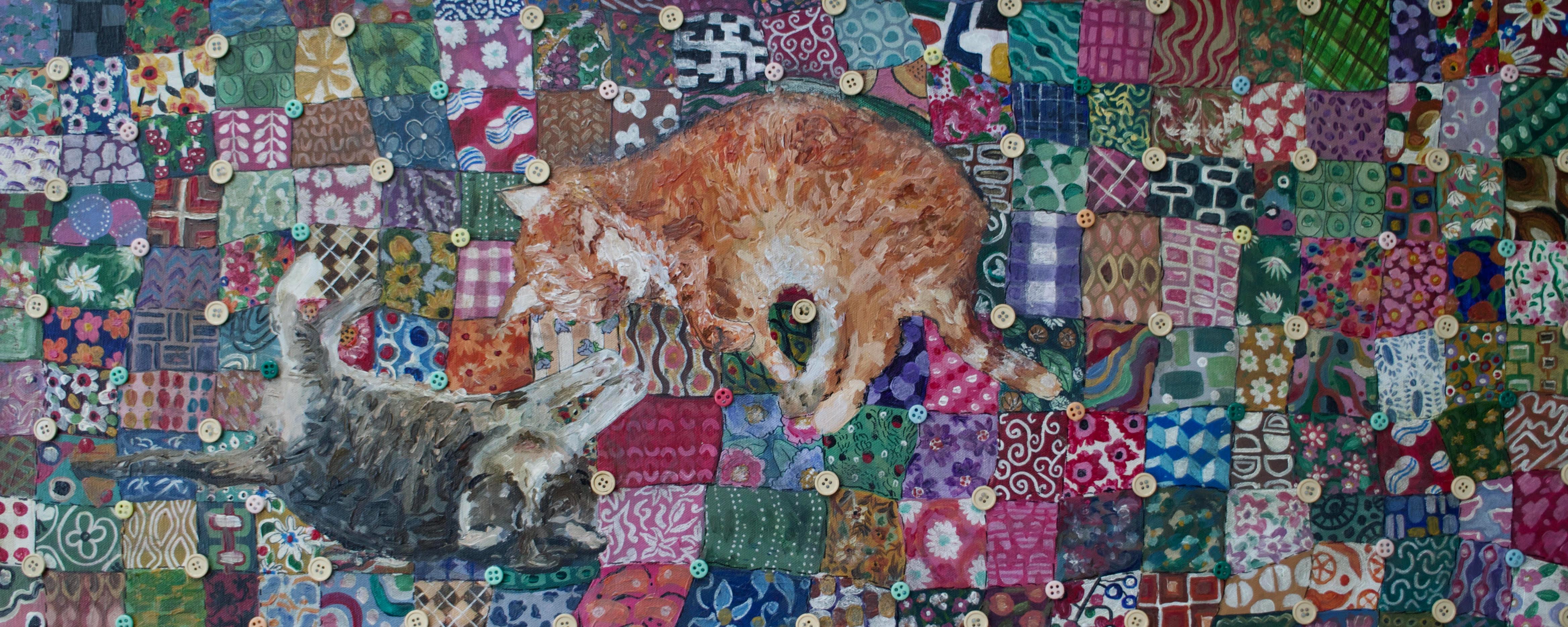
Hazel Derry, a senior at CHS, has the advantage of knowing what she wants to do after high school.
Her path wasn’t always so clear. After taking a class last year with the former art teacher Steve Coron and hearing about his journey through art school and becoming an art teacher, she realized that she could do it too.
“I’ve always really liked art but I never thought that I would be decent at it,” Derry said. “But it’s kind of the only thing I’m passionate about and could do as a career.”
Derry experiments with as many artistic styles as she can: including impressionism, surrealism and abstractionism. Different moods call for different styles—if she doesn’t
feel like trying to make things look pretty and just wants to create, she’ll often opt for the freedom of something abstract.
Derry finds that she gets the greatest inspiration from looking at the world and observing people around her.
“I like the small things, like the other day I saw a girl sitting on a bench with her arm around her dog and I thought it was really cute, so I just kept a mental image of it,” Derry said. “I do that kind of stuff all the time.”
Color is a driving factor in Derry’s artistic choices. Artists like Matisse’s use of color inspire her own art. She also enjoys taking color palettes from movies and incorporat-
66
One CHS Senior speaks on inspiration, future plans and her creative outlet.
ARTIST PROFILE
ing them into her own work. Derry specifically enjoys using color palettes from director Wes Anderson. Derry’s preferred medium is acrylic paint, but she has recently been trying out oil paints as well.
While experimenting with oil paints, Derry has learned to be patient with her art. Oil paint takes significantly longer to dry than other paints, meaning the artist has to be committed to their vision. Derry commends artists who are able to master this skill.
Learning to use oil paints has taken trial and error. As an artist Derry has had to learn to accept that failure does not mean the end.
“Sometimes when I’ve finished something I hate it,” Derry said.
“At first you might like it but then you hate it [by] the end and you just have to accept it.”
It took a long time for her to be able to create a piece that she was satisfied with. Her first piece that she was happy with the outcome of was a drawing of Fiona Apple.
Looking back on the piece now, Derry no longer thinks so highly of it. She keeps the drawing around though, for it holds a bigger message now. The drawing represents something much bigger than Fiona Apple—it shows how far Derry has come and how much further she is able to go with her art.
“[The drawing] gives me hope because the stuff that I love right now will seem not as good years from
now because I’ll keep progressing and getting better and evolving,” Derry said.
Derry’s favorite painting of hers for the time being is one of two cats laying on a quilt. The piece took her at least 40 hours to complete, and she has remained pleased with the way it came out.

For Derry, having a career in art is the only option. She can’t imagine herself doing anything else. She wants art and artists to be appreciated.
“I don’t need to sell it,” Derry said. “I don’t need to be in museums. I don’t care about that. I just care about someone enjoying it.”
67
ARTS & ENTERTAINMENT THE COMMUNICATOR
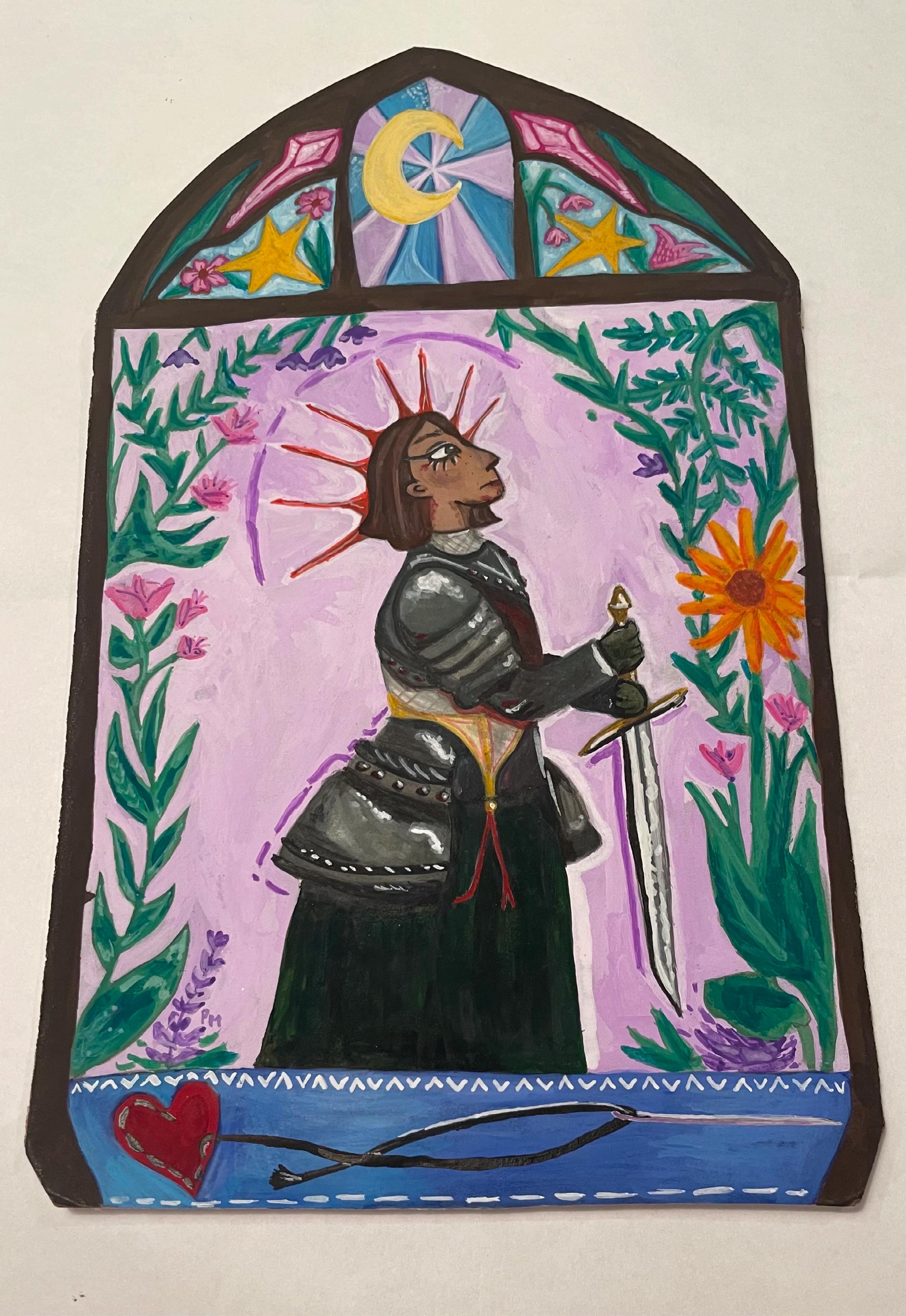
ARTIST PROFILE
Poppy Magee
By Ivy Prochaska
Poppy Magee never knew her childhood arts and crafts would come so far. Now a junior at CHS, her reasons for creating art have evolved over the years.
“I like making stuff that looks cool,” Magee said. “It’s very fun to go through a long process and then have a pretty final result.”
Magee has always consumed a lot of art related content online. Whether it’s videos of people talking about artwork or documenting a painting process, it’s something she has always loved.
“It is very therapeutic to paint because it’s distracting,” Magee said. “I’m not thinking about anything. I just zone in on it and really focus on creating art.”
Recently Magee has experimented with gouache paint.
“Two years ago I got a gouache set for Christmas and I tried it and wasn’t a big fan,” Magee said.
After shoving it away in a closet for nearly two years, Magee eventually pulled it out again and became obsessed.
Gouache is almost a midpoint between watercolor and acrylic paint.
It has a thicker consistency and is more opaque than watercolor paints, but it’s still water activated. Magee is drawn to the medium because it’s more forgiving and versatile than acrylic paints and less finicky than watercolors.
“Oil paint is too complicated; watercolor is a little too sheer and you really have to be delicate; and acrylic is just a lot of work,” Magee said.
Magee likes to find inspiration on Pinterest, or watching shows and thrifting old architecture books.. Art Nouveau has also made an impression on her work recently.
What fascinates Magee the most, though, is the ever-advancing art world. Social media has been an amazing platform for Magee to be inspired by new artists.
She loves to create character designs, but her favorite pieces recently have been anatomical hearts.
One of her goals as an artist is to develop her anatomical drawing in order to make her characters more active in their poses to really bring them to life on the page.
Magee’s artistic abilities have come a long way since her child-
hood arts and crafts but she still struggles with having confidence in her work sometimes.
“I’m trying to be more confident in myself and my abilities as an artist,” Magee said. “I feel like when you have a more confident growth mindset, you are able to learn more than if you have the mindset of ‘my art isn’t as good as other people’s.’”
One way Magee would like to further her artistic abilities is by attending art school after high school. However, this poses its own challenges.
“On one hand, I really want to go to art school, but it also scares me,” Magee said. “A lot of society doesn’t encourage you when it comes to becoming an artist today, so it feels kind of uncharted.”
Art school is a big step for Magee, but thankfully she still has time to decide. Until then she’s comfortable dipping her toes into the uncharted waters of art school with pre-college classes at the Stamps School of Art and Design at the University of Michigan.
69
CHS Junior Poppy Magee digs deeper into the art world exploring unique techniques and questioning her options for the future.
ARTS & ENTERTAINMENT THE COMMUNICATOR
Fia Kacvinsky
One CHS junior speaks on fashion, true beauty and personal growth.
By Ari Taylor
Fia Kacvinsky, CHS junior, turns to art when words fail. She describes her style as “colorful vulnerability,” and finds that color is one of the best ways to convey emotions she isn’t sure how to express verbally.
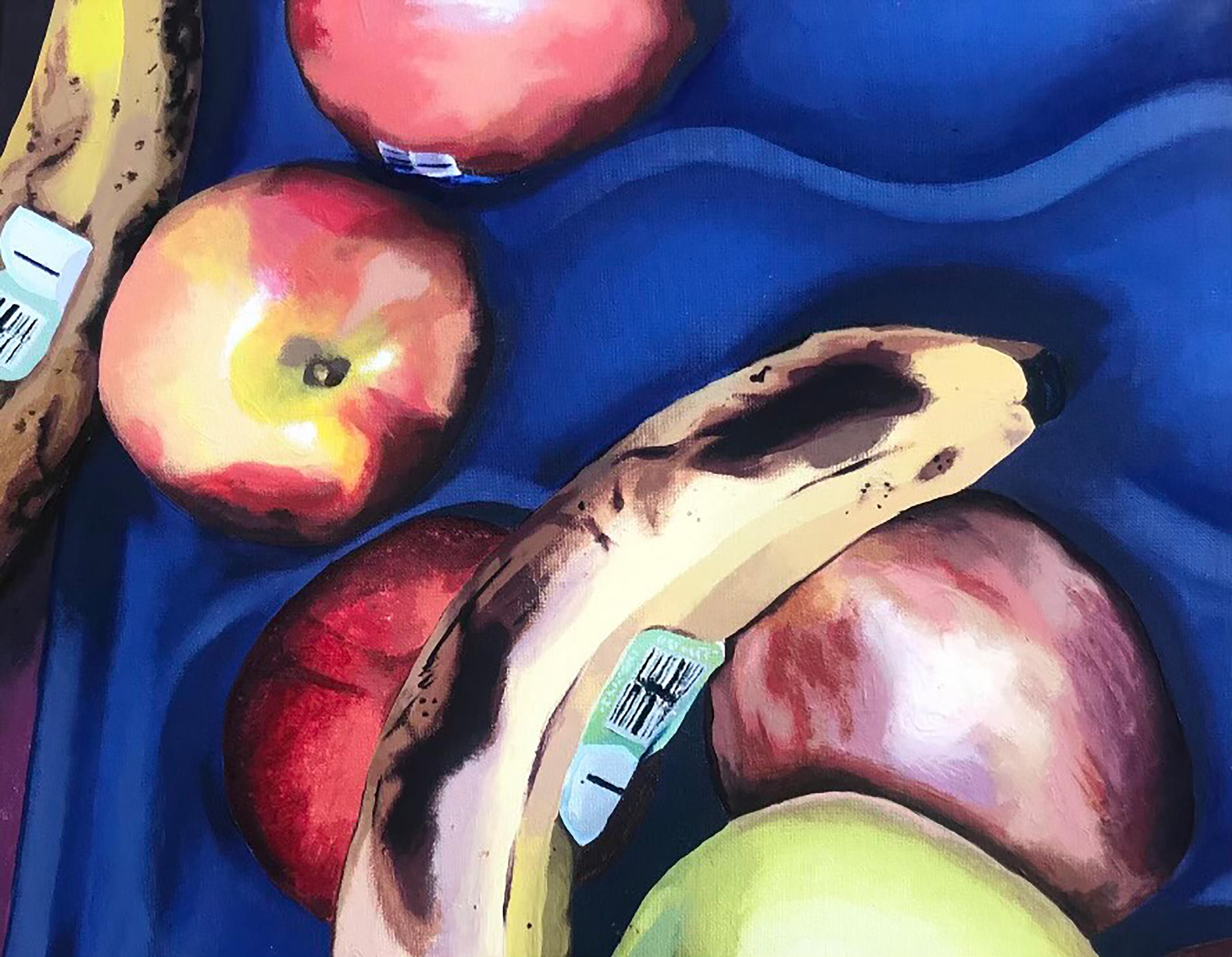
“It is helpful for me to purge those emotions through any kind of [art] piece,” Kacvinsky said. “If I have a lot of [an emotion], I immediately
resort to art.”
Kacvinsky has been drawing since age four, and currently uses digital art as her main medium. She takes inspiration from the brightly colored works of Wes Anderson.
Kacvinsky tends to draw people with eccentric outfits in her exaggerated style.
Kacvinsky’s stages of personal
70
ARTIST PROFILE
growth are reflected through her art. Over the years—especially beginning in 2020—her perspective on what art should be transformed. She learned that art shouldn’t be created based on the wants of viewers, but rather on the feelings of the creator.
Before the pandemic, Kacvinsky made art centered around conventional attractiveness. Slowly, she began to realize that true beauty lies beneath the surface.
“It is not how people look or present themselves physically at all,” Kacvinsky said. “It is about emotion and character, that’s what makes somebody beautiful.”
When dealing with art blocks and burnout, Kacvinsky finds it best to take a step back and return to her project at a later date. If she isn’t feeling inspired, she doesn’t force herself to create; she prefers to let creativity come to her.
Despite mainly digitally drawing fashion, Kacvinsky’s favorite piece of art she has made is an acrylic still-life of a box filled with unappetizing, spot-covered fruit.

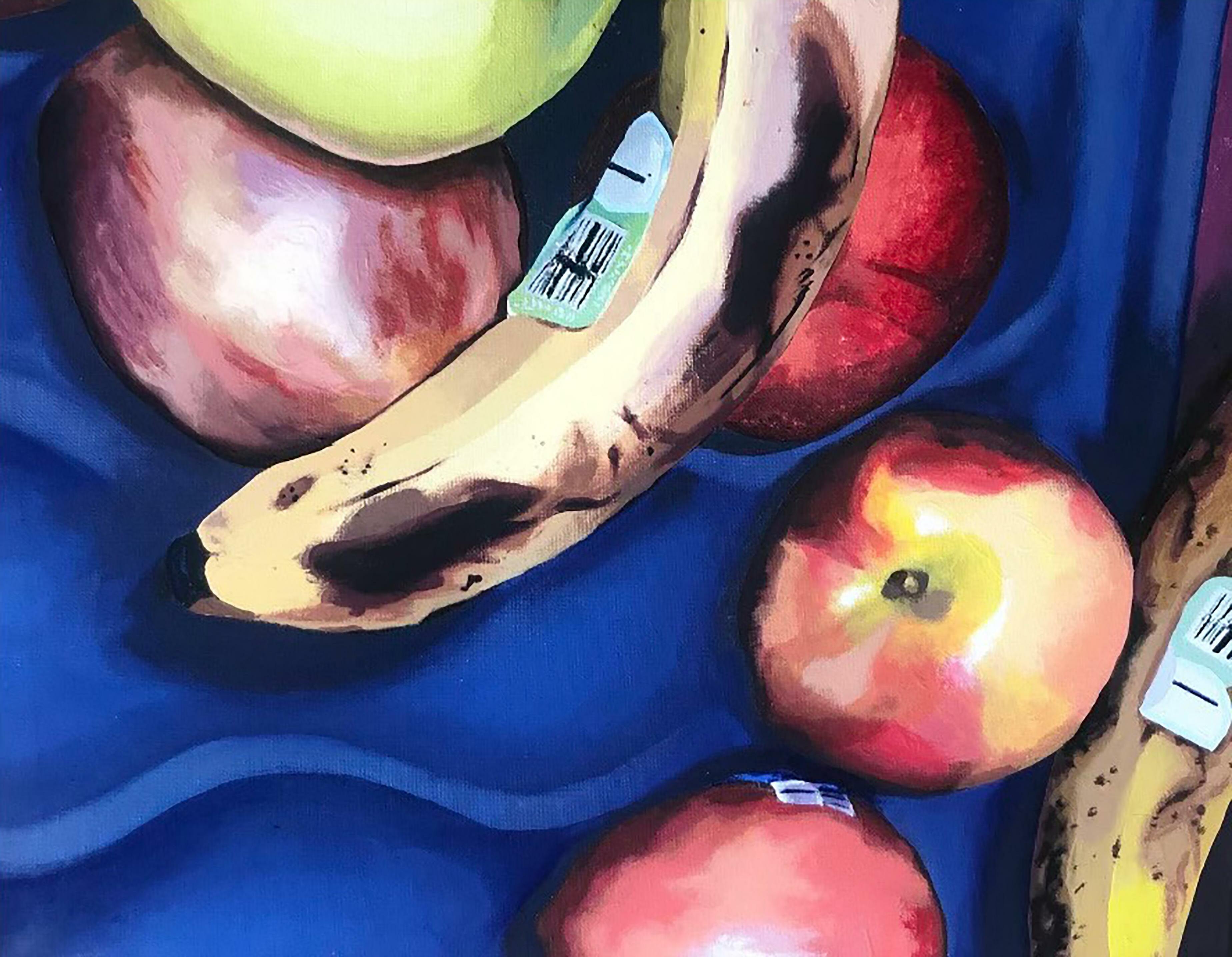
“They were the discarded fruits,” Kacvinsky said. “I felt bad for the fruits. They weren’t satisfactory to eat, but they were satisfactory to paint.”
She titled the piece “Satisfaction” for two reasons: she wasn’t going to give up on it until she was satisfied, and the subject was seen as unsatisfactory. While others may have seen no value in the fruits, Kacvinsky saw an opportunity to make something beautiful. Kacvinsky spent more time on the piece than she usually does, and did her best to make sure she was not disappointed with the end result. Creating “Satisfaction” taught her about perseverance and stepping out of her comfort zone.
Kacvinsky has no plans to give up on her art education. After high school, she dreams of going to fashion school and becoming a designer. Her goal is to create art that people can relate to.
“I want [my art] to be something that people can see themselves in,” Kacvinsky said.
71 ARTS & ENTERTAINMENT THE COMMUNICATOR
GrowingStyle in
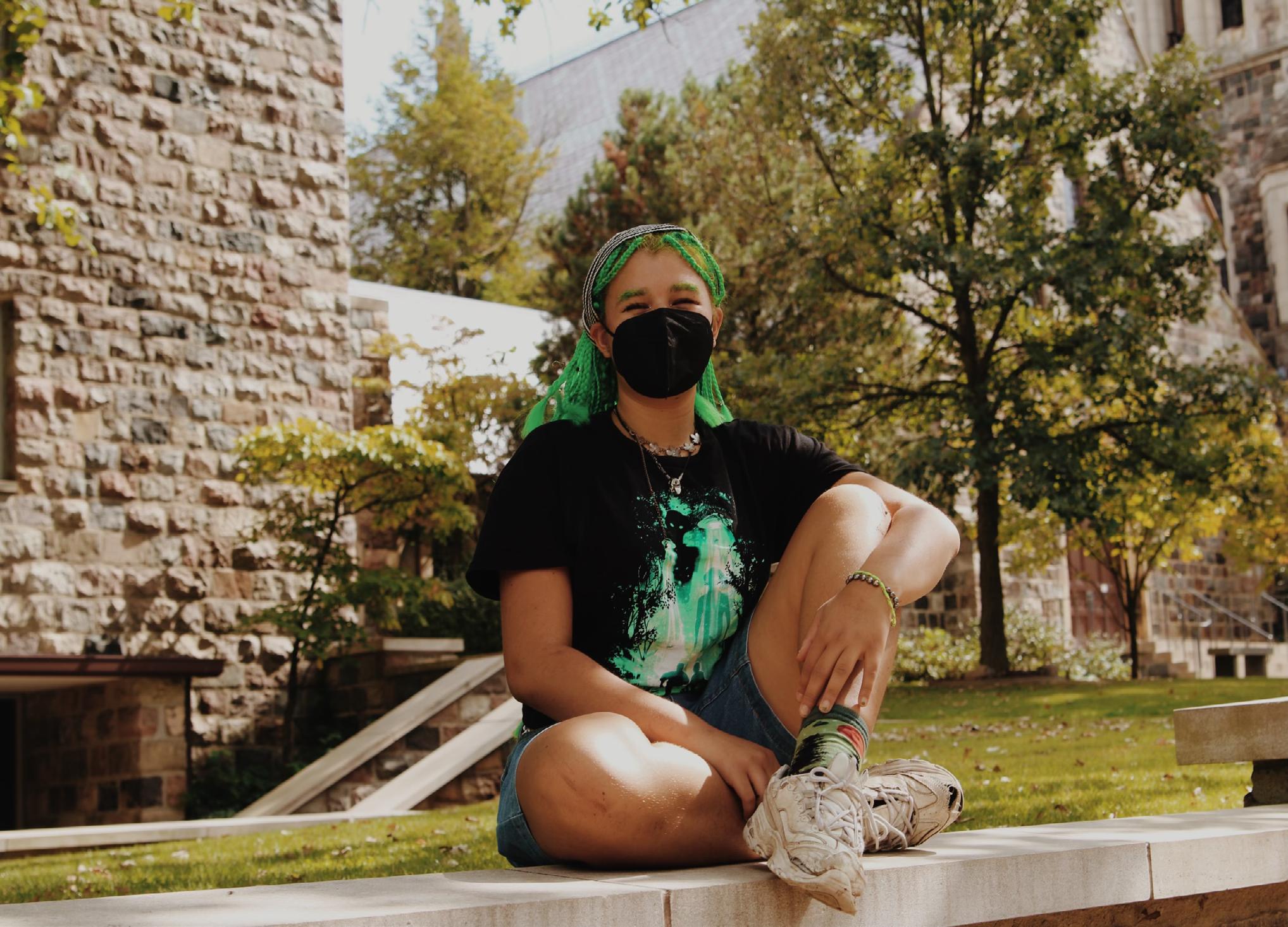 By Morgan McClease and Addi Hinesman
By Morgan McClease and Addi Hinesman

How six CHS students used fashion to grow.
Ionie Steudle


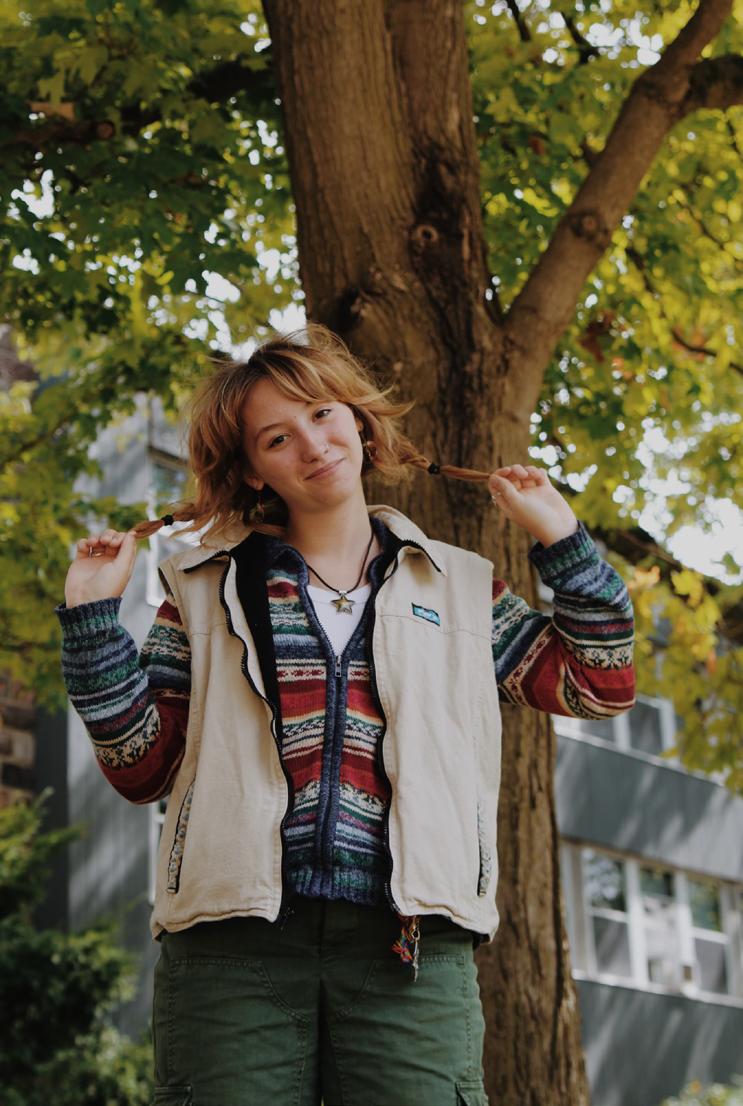


“Putting on a good outfit overall just makes me feel so much more put together. There are sometimes days that I go without it, and then I start craving the feeling of liking what you’re wearing and feeling confident with what you’re wearing,” Steudle said, “Sometimes even just laying out in an outfit for the next day gives me almost the same feeling. I get really excited when I have an outfit in mind for the next day, and then it actually looks like how I envisioned it, that’s one of my favorite feelings.”
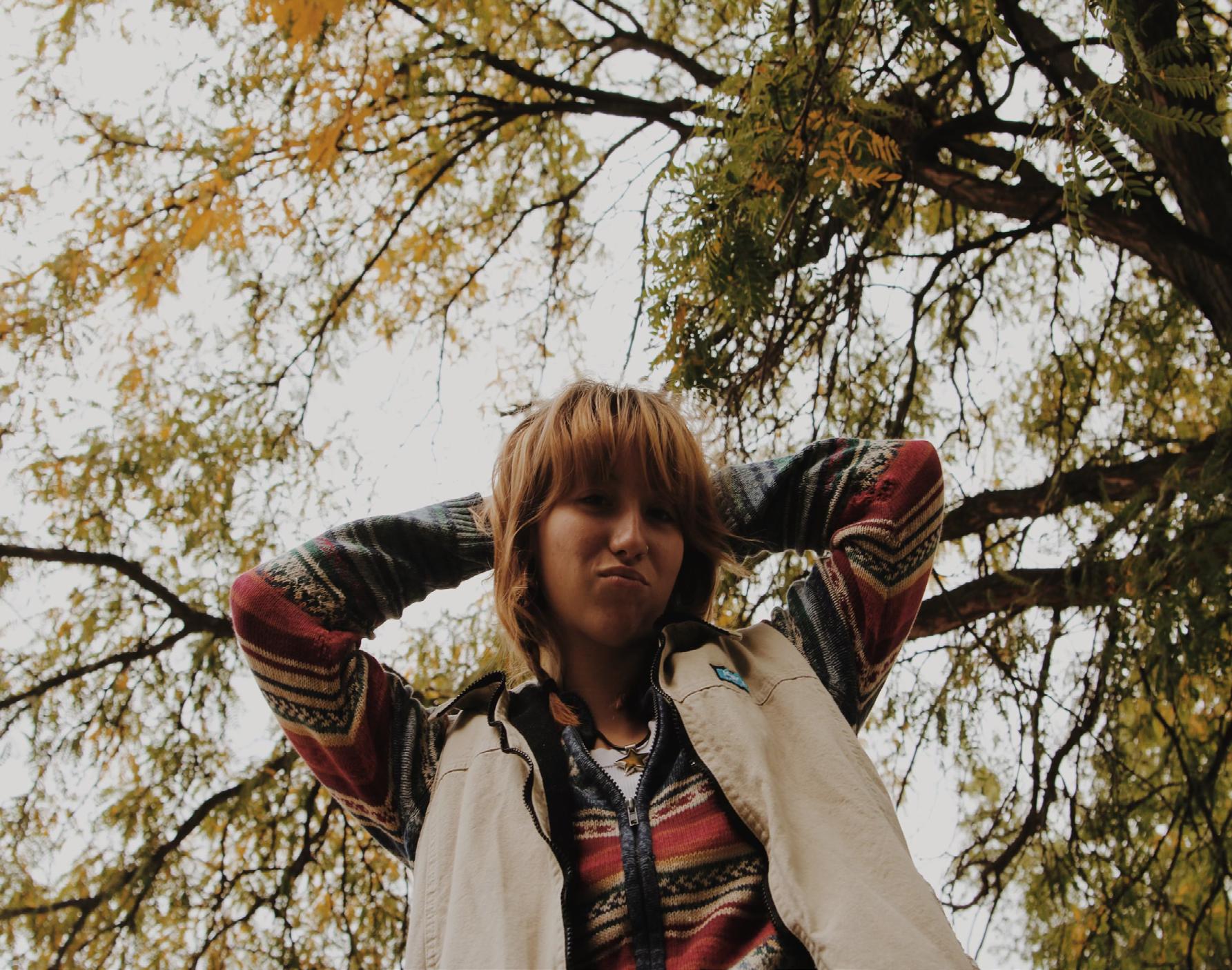
Dè Barney
ARTS & ENTERTAINMENT THE COMMUNICATOR
“Fashion for me has always been a creative and fun outlet so I feel like in stressful situations knowing that at least my outfit is cool helps me feel a bit less anxious,” Barney said. “Also sometimes when I’m super stressed I take a break and dress up or do my makeup to help me calm down.”
Teddy Jacobson

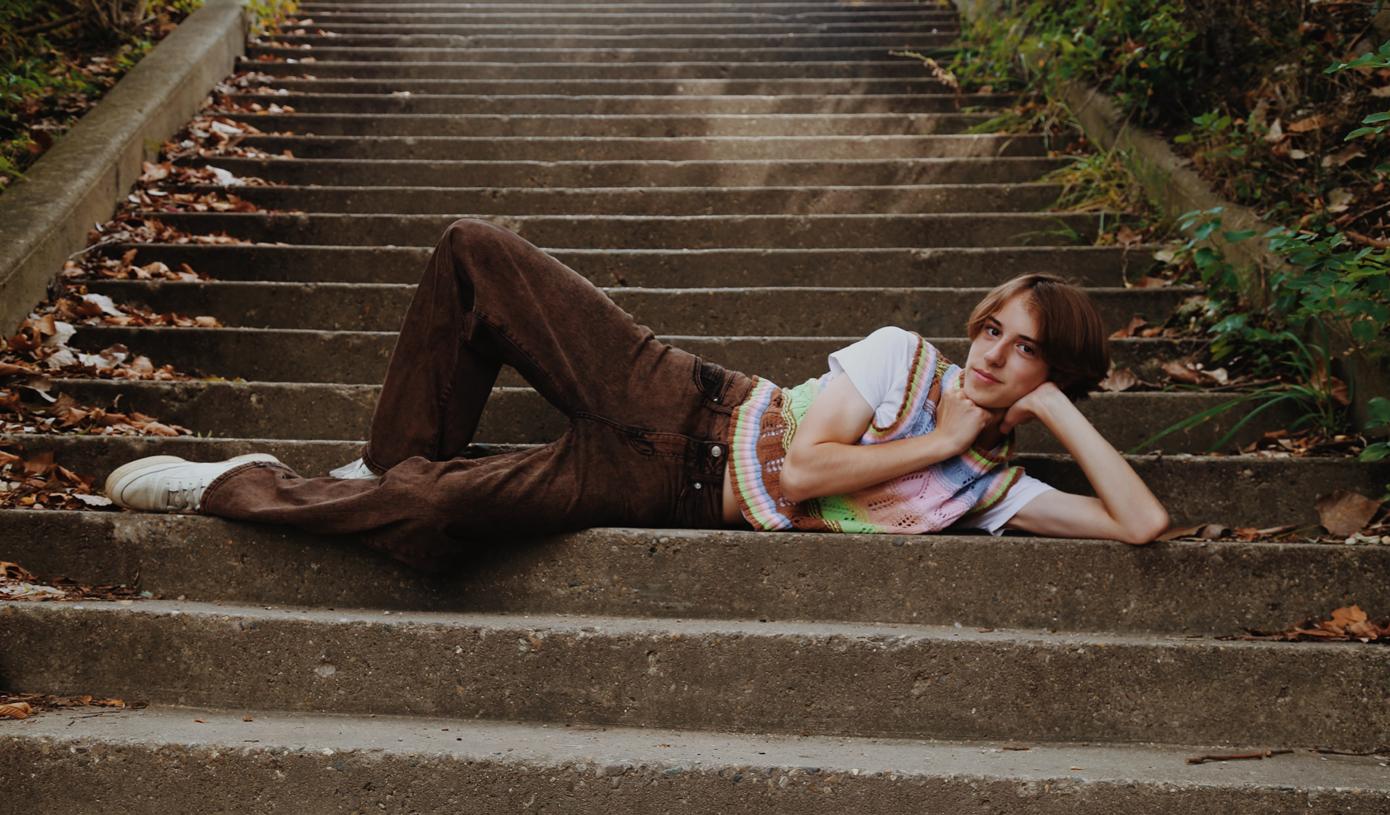
“Through fashion, I think now more than ever, I'm satisfied with the way I look,” Jacobson said. “I think about what I really want to wear, what outfit is the cutest, and I don't want to fit a certain aesthetic.





I just kind of know what I want to wear.”

Fia Kacvinsky
“I really love the feeling of putting on an outfit and liking it, because it sets that agenda for the rest of the day,” Kacvinsky said. “If I put effort into my outfit in the morning, I feel a need and a motivation to put effort into the rest of the day to match that outfit. It’s really a huge mental thing for me and so far it’s worked so well. I love it.”
74
Mia Fletcher
“Every morning I get dressed, it's kind of all over the place, but it always ends with a sort of “yes this is it” moment,” Fletcher said. “Coming into freshman year I vowed to focus on what makes me the most comfortable with my wardrobe. But that means it isn’t always about style all the time because a good outfit is a feeling more than a look to me.”

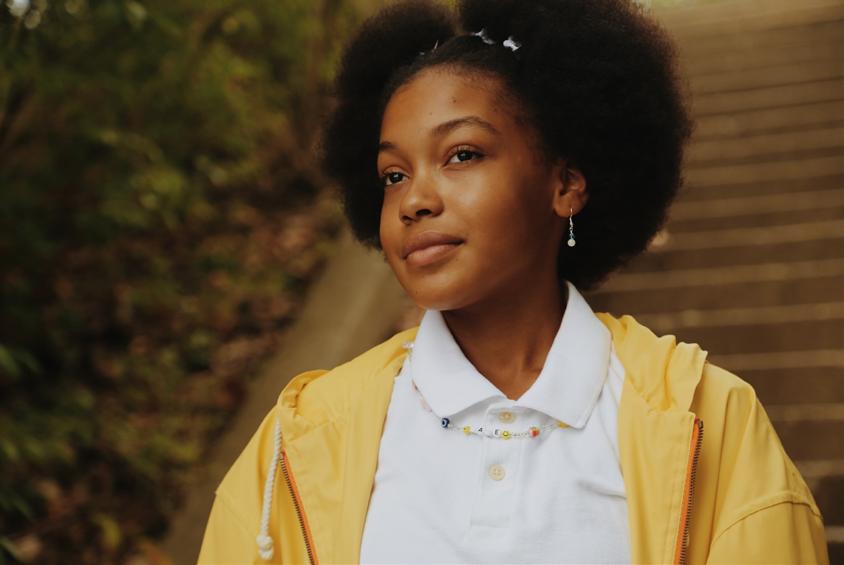


Luca Hinesman

“Putting on a good outfit can change my mood for the better. I feel ten times more confident and sure of myself when wearing a good outfit even when I’m at my worst,” Hinesman said. “It honestly is such a good coping mechanism, but when taken too far, can obviously hurt the bank.”


ARTS & ENTERTAINMENT
THE COMMUNICATOR
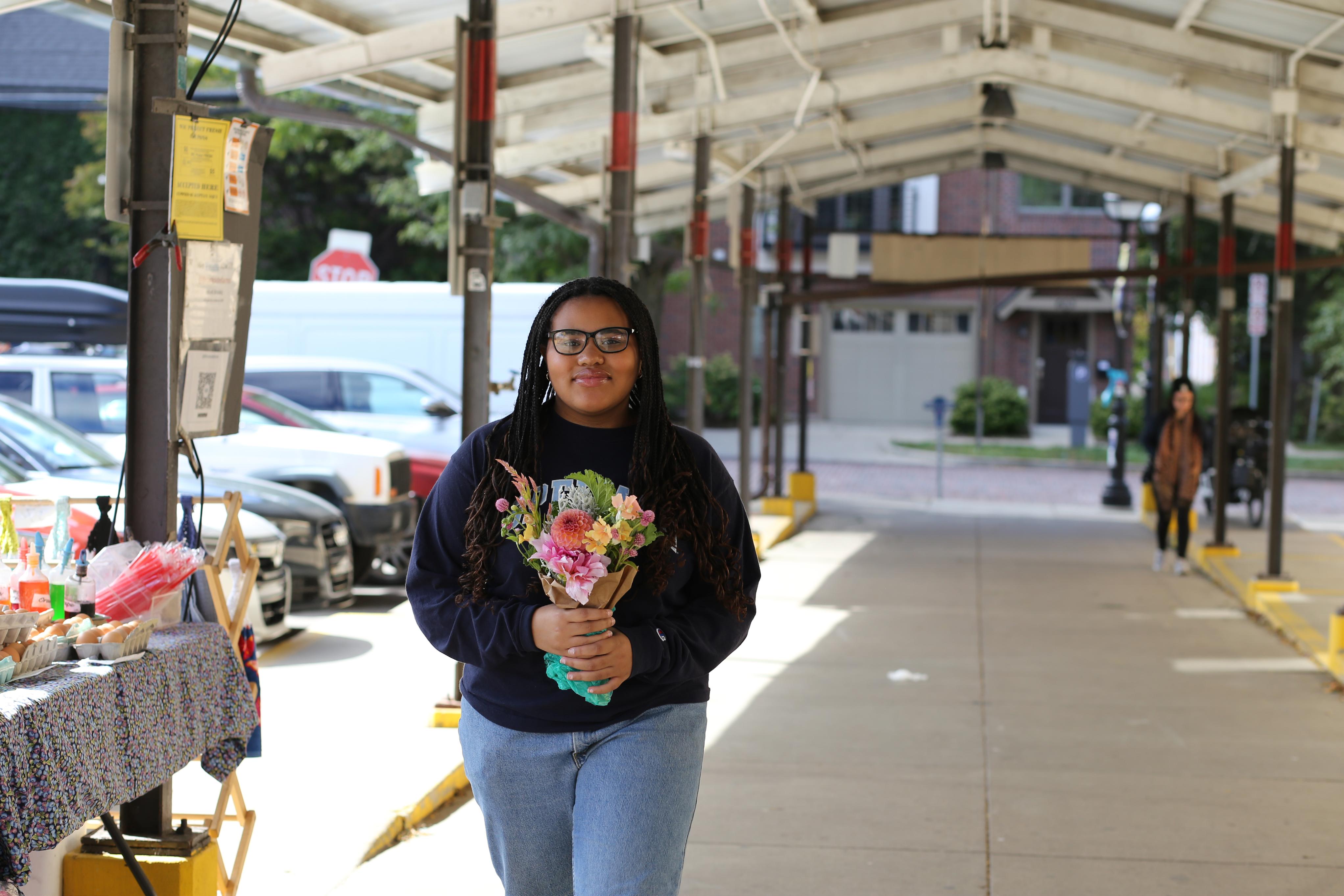
76 PROUST QUESTIONNAIRE
Madison Lee
By Ella Rosewarne

What is your idea of perfect happiBeing unemployed but having enough money to survive or having a job I love and being surrounded with people I enjoy. What is your greatest fear? Heights. What is the trait you most deplore in yourself? I think I’m selfish. What is the trait you most deplore in others? Being unnecessarily rude. Which living person do you most admire? Beyonce. What is your greatest extravagance? At work I always get a soda or drink after my shift. What is your current state of mind? Stressed. What do you consider the most overrated virtue? Selflessness. Which living person do you most despise? Chet Hanks. What is the quality you most like in a man? A good haircut. What is the quality you most like in a woman? Good Which words or phrases do you most overuse? Real. What or who is the greatest love of your Tommy Simon. When and where were you happiest? In Ella Glass’s kitchen. Which talent would you most like to have? Singing. If you could change one thing about yourself, what would it be? I would
make myself smarter. What do you consider your greatest achievement? Being able to do my own hair. If you were to die and come back as a person or a thing, what would it be? I would come back as a turtle. Where would you most like to live? New York City. What is your most treasured possession? My phone. What do you regard as the lowest depth of misery? Extreme boredom. What is your favorite occupation? For other people, I respect construction workers and for myself, a farmer. What is your most marked characteristic? I have a very expressive face. What do you most value in your friends? Kindness and humor. Who is your hero of fiction? Kendall Roy. Which historical figure do you most identify with? Lyndon B. Johnson. Who are your heroes in real life? My mom and dad. What are your favorite names? Abartnathy. What is your greatest regret? Not learning how to drive. How would you like to die? When I am in a happy place and ready to. What is your motto? The early bird gets the worm.
77
CONSTANTS THE COMMUNICATOR
enior shares her greatest fear, most treasured possession and motto.
Photography by Ella Rosewarne Madison Lee walks through the farmers market with a bouquet of flowers. The flowers were purchased that day from a local farm stand in the market. “You got to cherish the flowers before winter comes,” Lee said.
Whipped Feta Pumpkin Dip
By Ruth Shikanov
The word “fall” can mean a collection of things: the leaves changing color; enjoying comforting, spiced foods and drinks; going to a pumpkin patch or apple orchard; the ideas are endless. While pumpkin muffins and apple pie are both delicious, this Pumpkin Feta Dip has sweetness from the honey, creaminess and tanginess from the feta and is a vivid orange color. The ingredients for this perfect appetizer are minimal. Top it with fresh thyme and raw walnuts. Serve with any crackers or bread you’d like.
Whipped Feta: 220 grams of feta cheese ½ cup Greek yogurt 1 cup of unsweetened pumpkin purée 1 tablespoon of honey

Toppings: Fresh thyme
Chopped walnuts or pecans, raw or toasted Extra honey Pepper
CRAVE


CONSTANT THE COMMUNICATOR
Three CHS Students and Kevin Davis reflect on COVID-19 and their activities.
By Ryan Thomas-Palmer and Bee Whalen
Kevin Davis

“[During the pandemic] I took long walks in nature parks. And that’s about it. Yeah. Just long walks. By myself. I listen to, depending on my mood, either Bobby Caldwell, Thompson Twins, or Pink Floyd. [This school year] It’s a little more relaxed. The students are more at ease because they’ve already been through school for a year already. So now they feel comfortable being at school now. It’s still one of those jobs where I go up monitoring students and making sure everything’s running smoothly here.”
ART BY BEE WHALEN
Mathias Takacs
“You’re bringing joy to all these people. You’re playing a part that really isn’t [you]. It’s not you. It’s somebody else, and they’re going through a completely different experience. Often with those experiences you find it’s freeing. Especially with our theater, you can throw your voice all across the hall, through the room and to everybody’s ears. It just makes the scene more powerful and you always feel that power. It doesn’t have to be a main role, it could be a minor but important role. Because you’re a little piece of the story all building up to something great. Just telling this story and talking, singing, having a grand old time and then while the audience is completely in it, it’s the greatest feeling. And, I feel like I’m leading a lecture on storytelling, which I’m not even remotely competent to do, but I really enjoy just providing entertainment for everybody. I like not just the experience, but also to give to people, especially in the 2020s. With everything going on, you really need [that].”
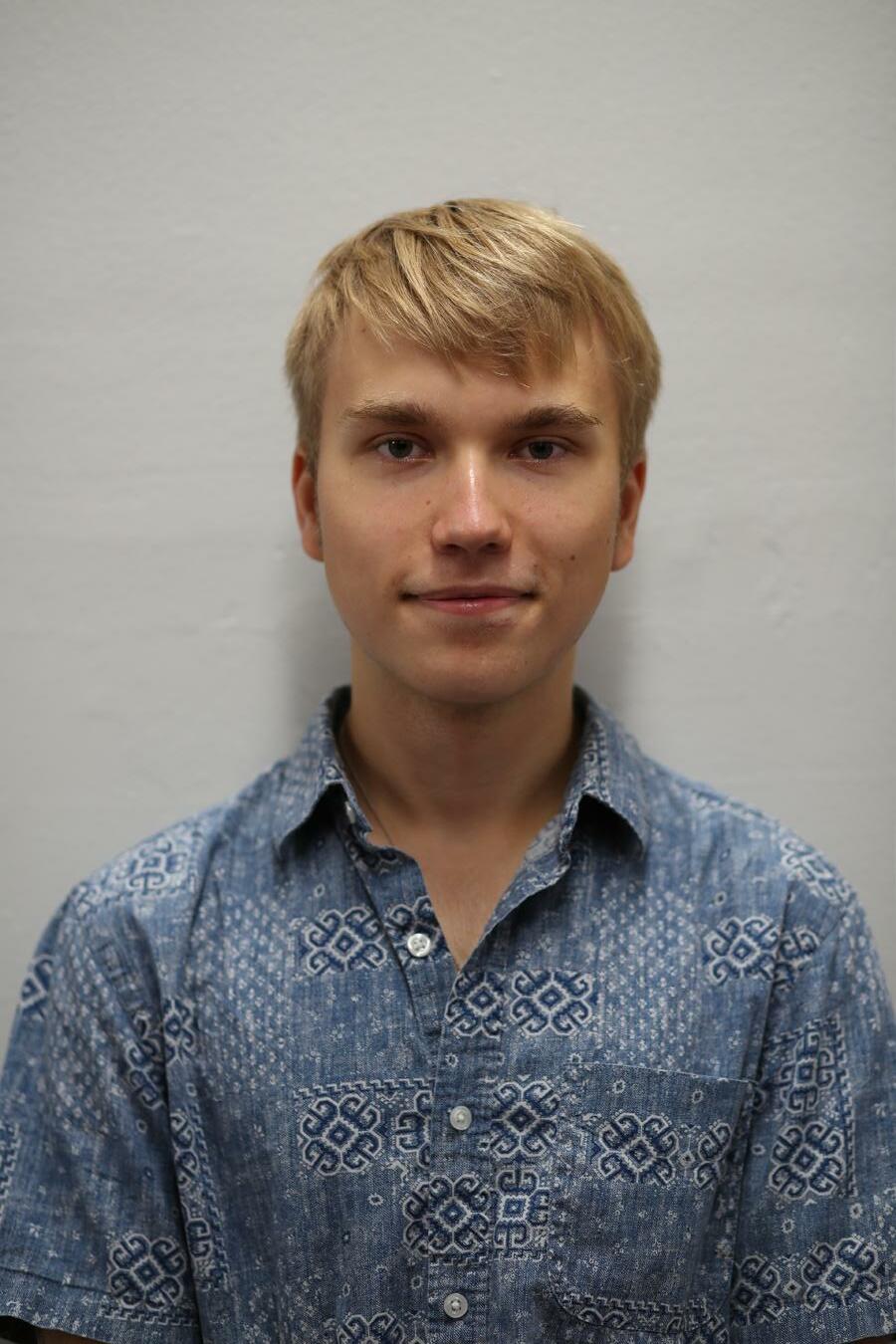
80
HOC
Audrey Weiss Michael Wei
“I had an interesting start to COVID. Everything really bad that could have possibly happened that everybody [else] went through all happened to me the first two weeks. And then after that, I was just chillin’. I’m a dancer, and I’ve just been really happy to get back in the studio. We were online for a while, and trying to dance online is awful, trying to sync up with people through zoom, and my really bad internet. So now that I’m back in the studio, three or four days a week, it’s super nice and it makes me really happy. I think exercise obviously is something that’s good for your mental health, so it’s like the combination of that [and] listening to music. I think a lot of people when we got back in school in person last year were like, ‘Okay, cool. We’re back after two weeks and I’m done with this. I want to go back home to [virtual] school. I want to sleep all the time.” I’m still so happy for every second that I get to be at school, and do everything in person. So I don’t think that’s going away anytime soon.”
“I watch YouTube videos, watch TV shows, hang out with my friends, and just get [the] most out of having fun. How I have fun hanging out with friends [now]… You just couldn’t do that during lockdown. It’s almost as if I’m getting [back] what I lost. I think it might be because it was so different. Usually if I’m not having fun, then I know what to do to make myself better. [But] it was a pandemic. I didn’t fully understand what to do. So it was something new. It was weird for me. Everything I wanted to do just didn’t have the same impact as when I used to do it. It wasn’t an opt out. [But now], it just feels more like the normal. [Now] you actually get to see people. Like, ‘Oh, you actually have a face!’ It just helps a lot. That’s the way to go.”
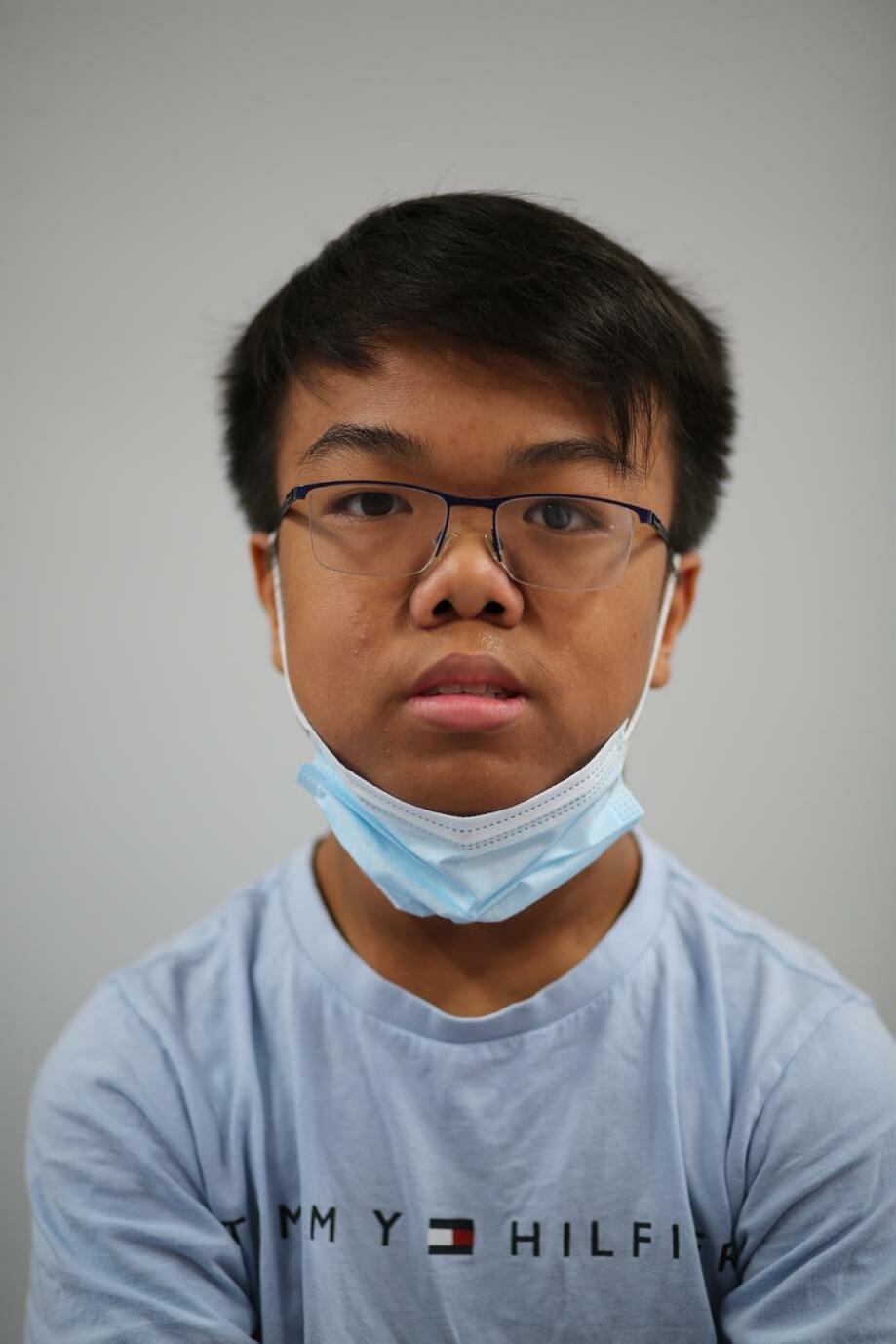
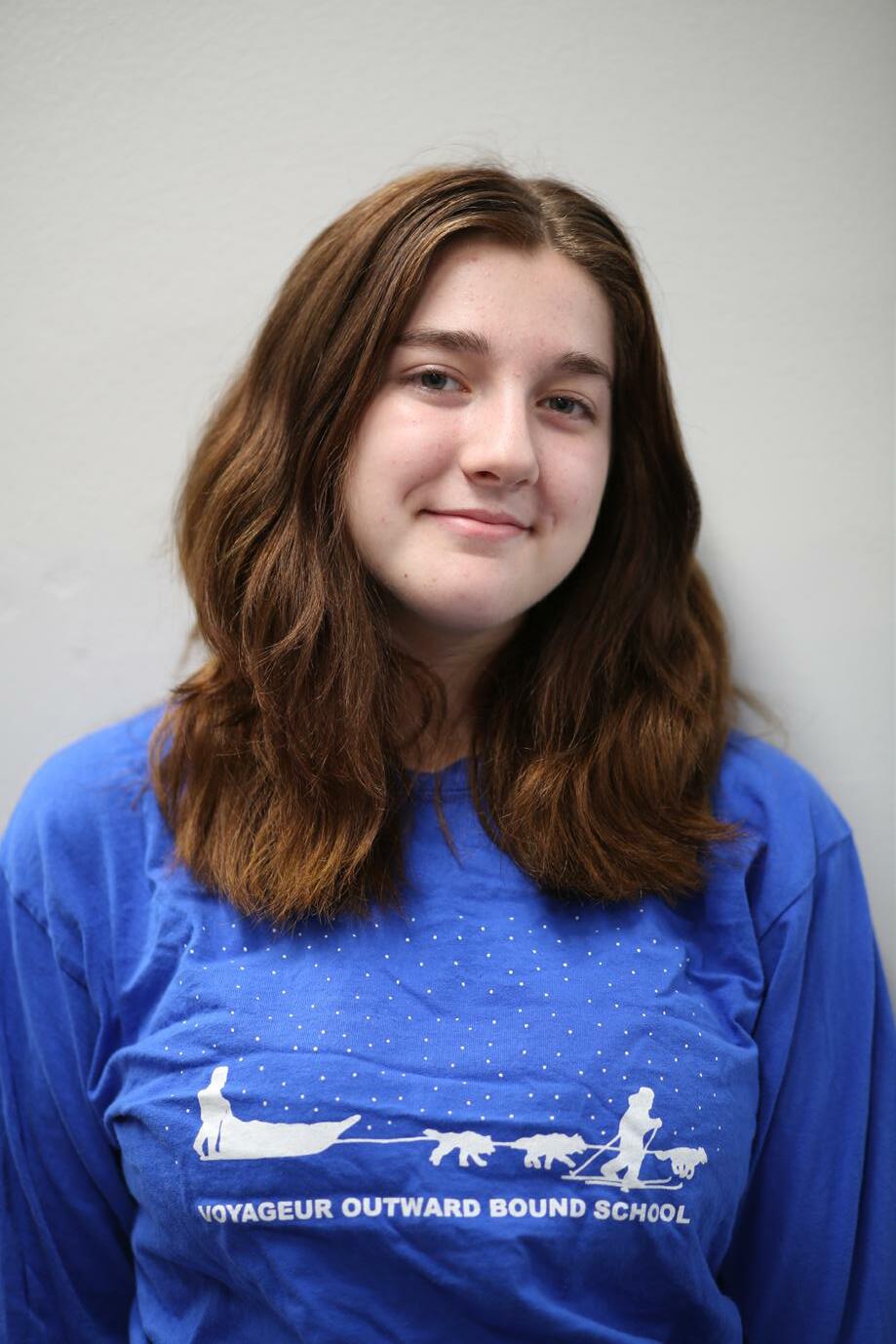
81
CONSTANT THE COMMUNICATOR
Donors
Thank you for supporting the production of our publication.
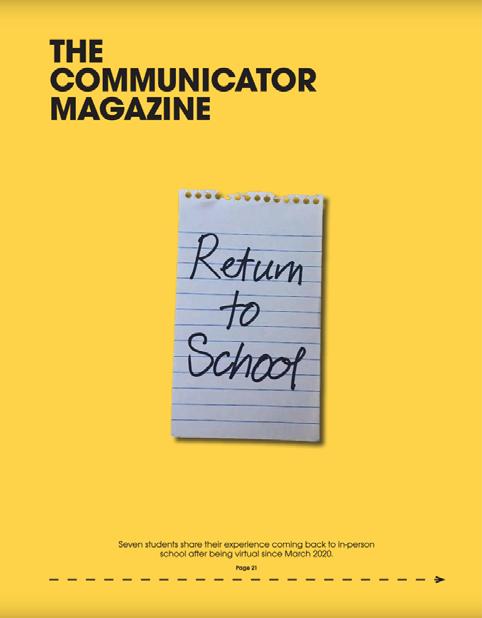
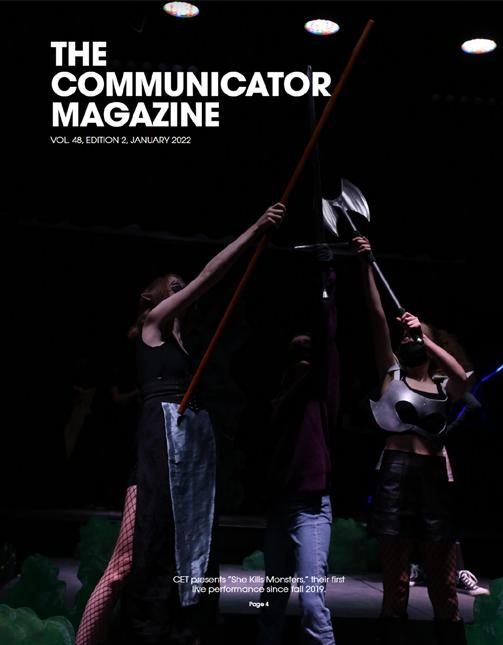
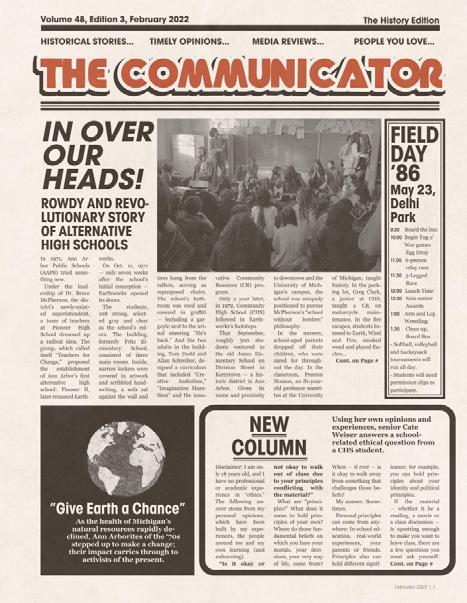
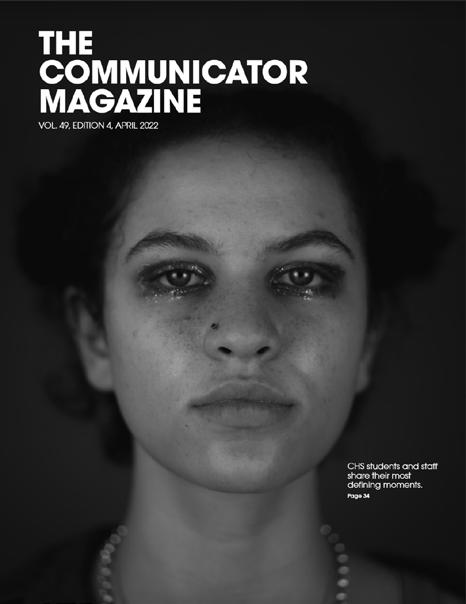
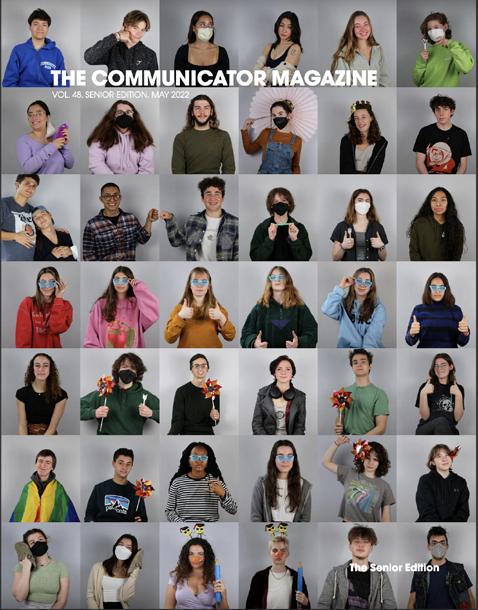
STUDENT & FRIEND SPONSORS
Paula Oliva
Melissa Bar Westhoven
Lesley Millwood
Andrea Cocciolone
Gapske/Meagher Family
Costello-Saile Family Ronny O’Brien Eric Jacobson Andrea Horvath
Linda Young McCreadie Family Stephen & Amy McKenna Gabrielle Gruber
Shay Bachman
The Thomas-Palmers
The McKenna Family Christopher Van Lent Gabrielle Gruber
The McDonald Family Susan Thomas
Pamela Ruiter-Feenstra
Melissa Bak McClease
Langdon Alger Susan Miller
Joan McGuire Pamela Daniels Ana Baylin Bank Family Carey-Benjamins Family Jennifer Saville
SILVER SPONSORS
Mini and Rocky The Smith Family Levin-Shavit Family Deidre Piper & Andy Hsia Anonymous
Yun Huang
GOLD SPONSORS
Marion Palmer Ariella & Sergey Shikanov Candace and Eric Bramson Helen Levy & David Rosenfeld Angela & Phong Cao
Holly Heaviland
Karla Blackwood
Cassell-Kelley Family
Max Sprauer Nadya Matish Anna Dutton
Sascha Matish & Bev Davidson
Min-Maranda Family Helen Kaplan Breck Family Nick & Kathleen Wang
The Monte-Sano Family Judith and Ken DeWoskin
Vara James Suzanne Admiraal & Patrick O’Brien Sara Bachman
Nancy Burns Ellen Stone & Roger Lauer Kristin McGuire
RAINBOW ZEBRA
Anonymous Anonymous
82
Our Turn
“I don’t think the healing process feels very good to me personally… and it never really ends. But as you’re going through it…you feel more numb to whatever it was that hurt you and that you need to heal from. And I think that being able to address that and not feel the emotions as strongly anymore, is kind of what healing looks like for me. So once I’ve stopped crying about it, I would say that that’s when I consider the healing to have happened.”
Serena O’Brien
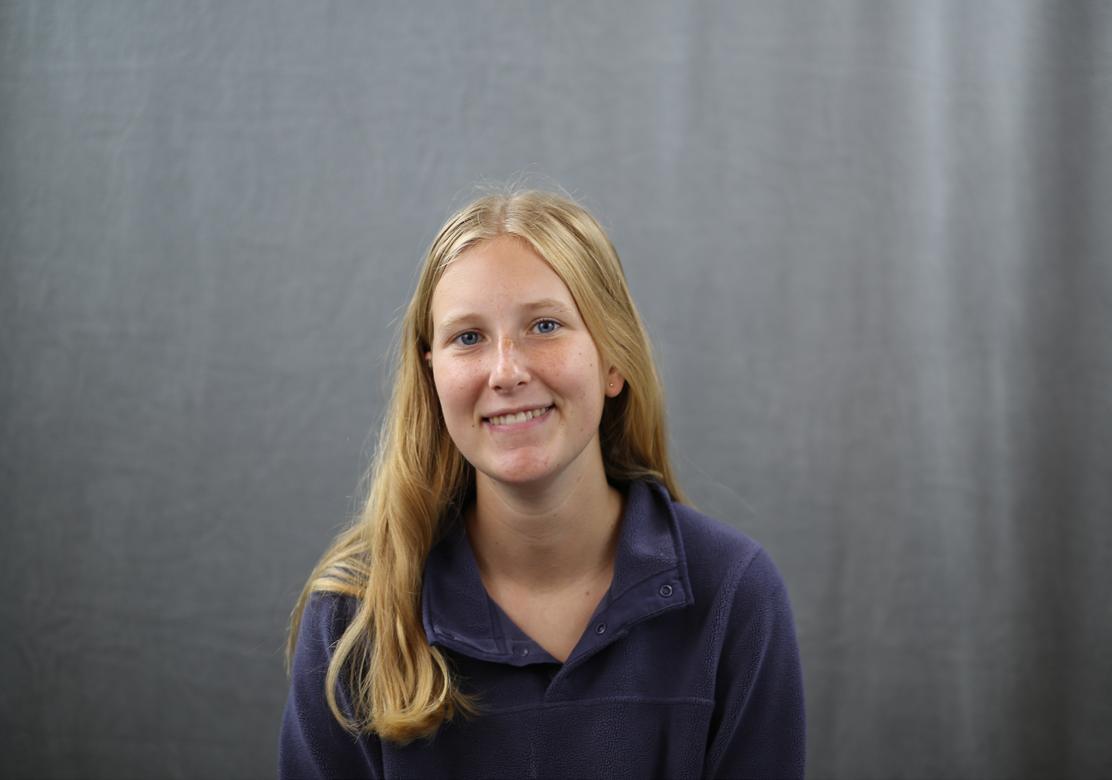
“I witnessed a lot of opportunities for healing starting at a pretty young age. My mom has this autoimmune disorder. So when I was a kid, I would be in hospitals a lot. [I felt] selfish. Healing in a situation like mine feels like a lot of things. You feel like you’re not allowed to complain because people will often tell you that you’re not allowed to complain because your mom is so sick. It’s taken me a while to understand that just because someone has it worse doesn’t mean you can’t have it bad. And it doesn’t mean that you have to bottle up everything and just stay silent because everyone has a story. Some may be worse than others, but it’s still worth it to tell and in the end will feel a lot better.”
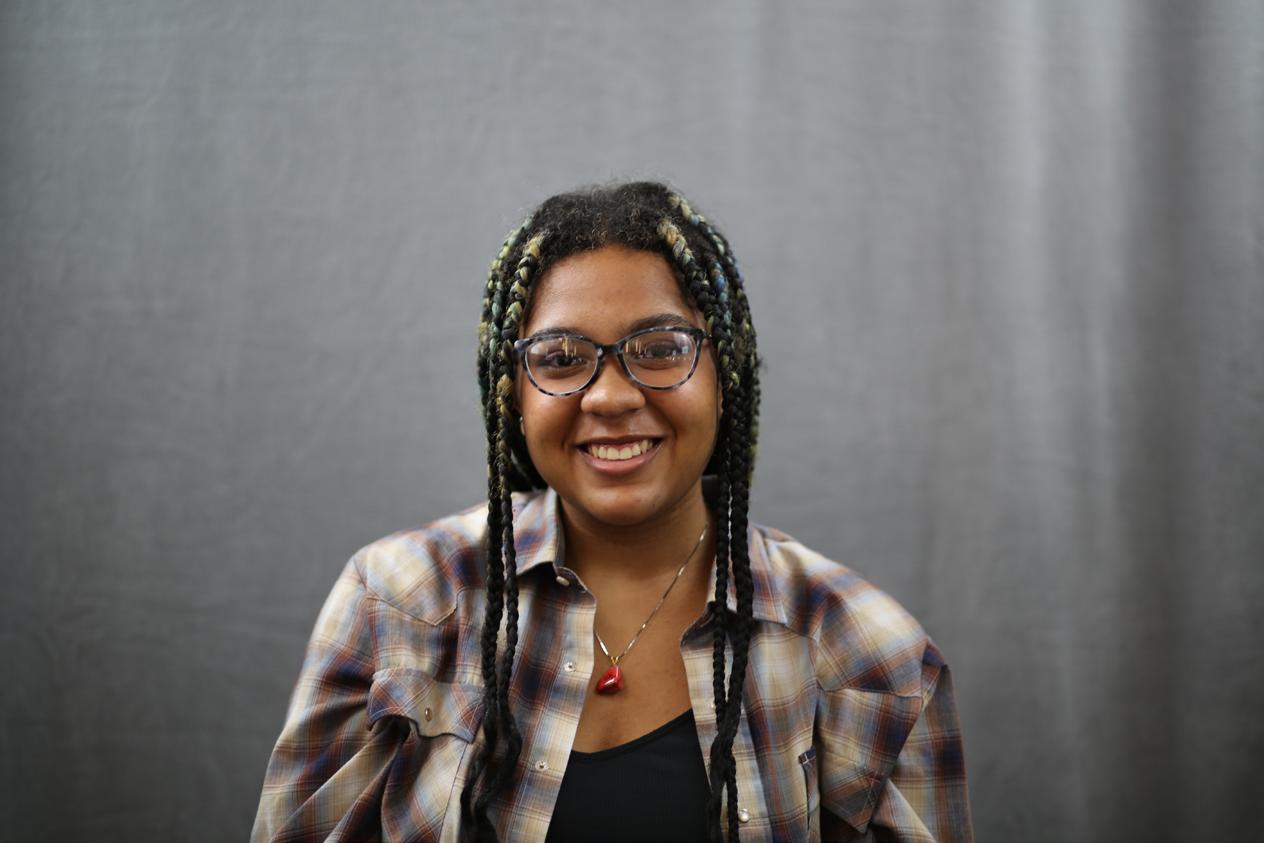
Ari Taylor Matthew Castilho
“I think taking time for yourself is big. Forgetting about the world is a good way to keep up that morale to continue on with the week. Just really focusing on yourself, that is how I choose to heal...it can get kind of stressful trying to manage so many things and so many people at once, especially with classes and ACs, ACTs, the Common App, it can get really tricky trying to balance everything, balancing other people’s agendas, [balancing] your own agenda.”

CONSTANT
THE COMMUNICATOR










 Horror on Four Wheels
Horror on Four Wheels



















 ART BY BEE WHALEN
ART BY BEE WHALEN



 BY RYAN THOMAS-PALMER
BY RYAN THOMAS-PALMER




























 By Morgan McClease and Addi Hinesman
By Morgan McClease and Addi Hinesman






























